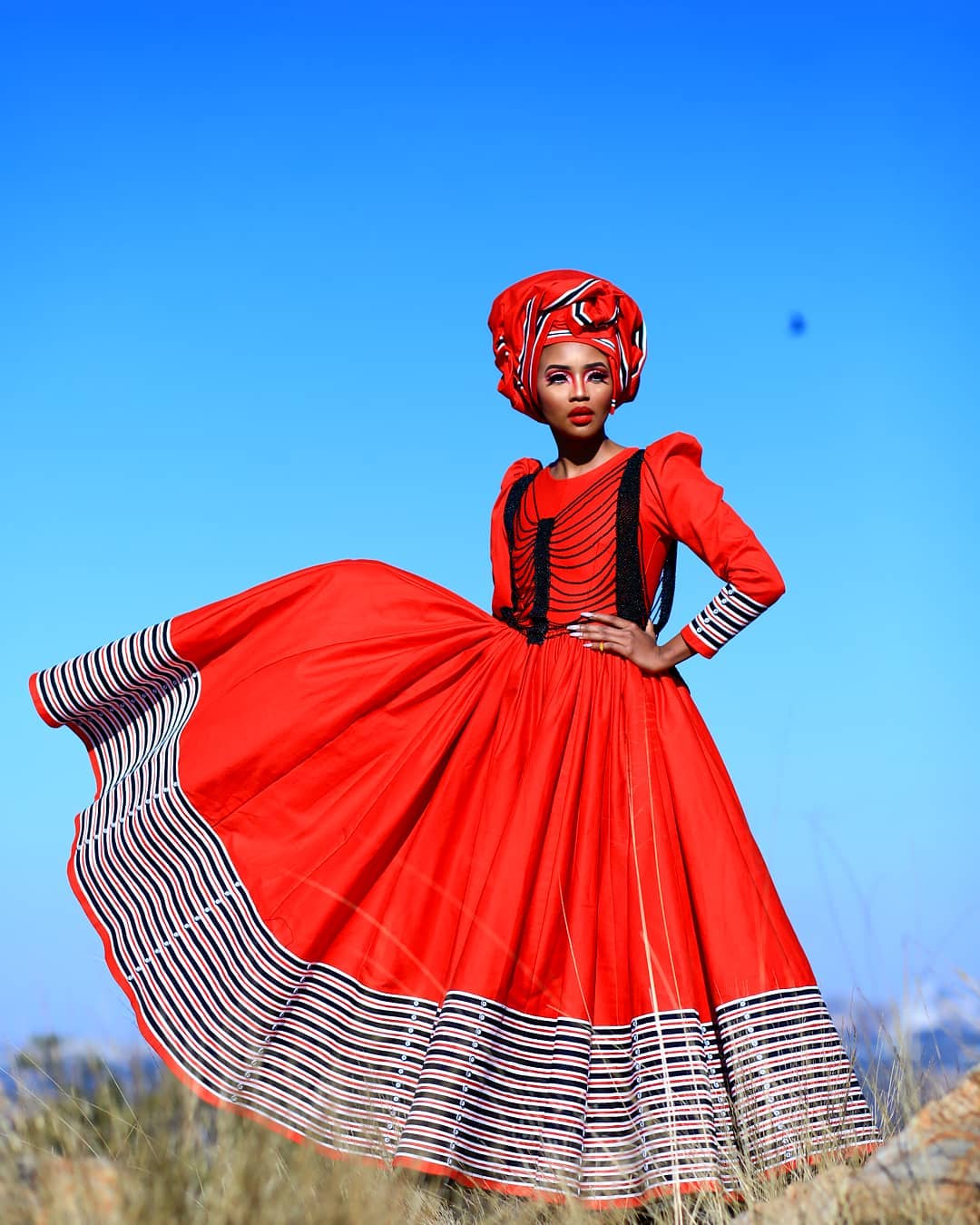classy Umbhaco Xhosa traditional attire For women
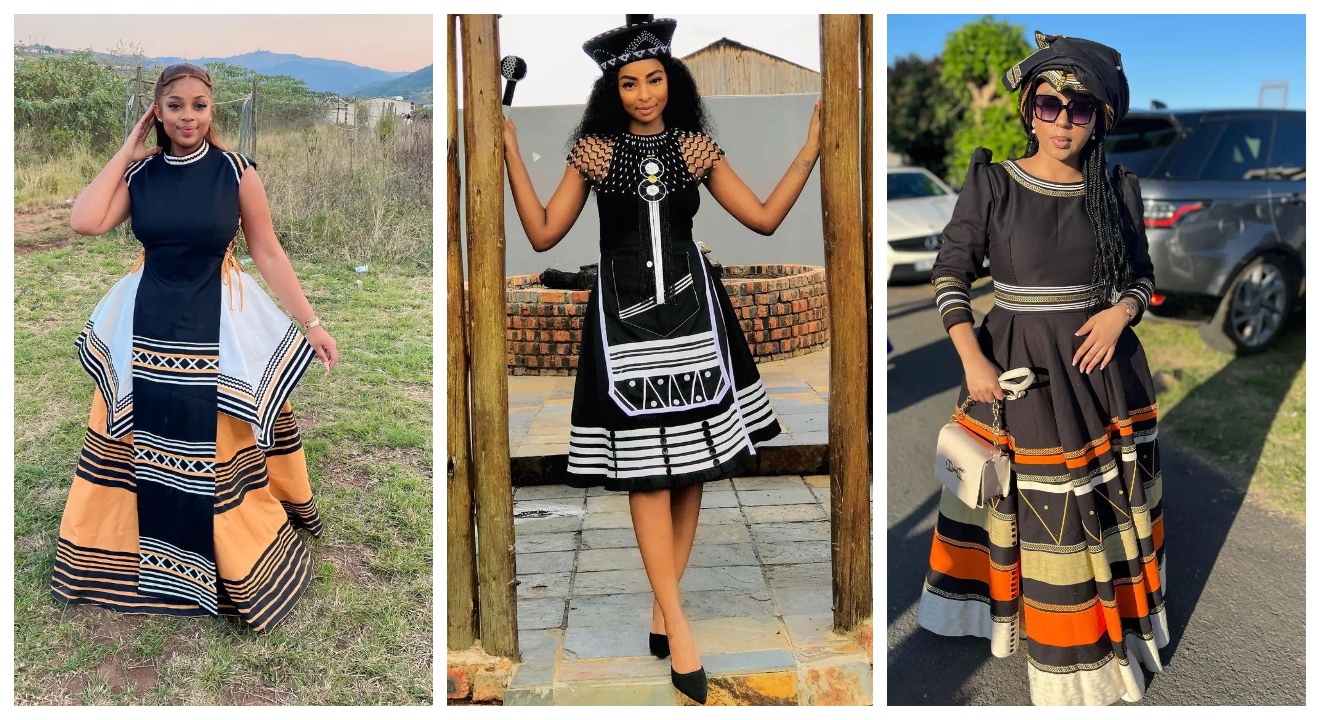
Introduction
Overview of Umbhaco Xhosa traditional attire for women
Umbhaco is a traditional attire worn by Xhosa women, mainly in the Eastern Cape province of South Africa. It is a vibrant and colorful ensemble that consists of various pieces, including a skirt, top, hat, and shawl. The attire is known for its intricate beadwork, embroidery, and bold patterns, which reflect the rich cultural heritage of the Xhosa people.
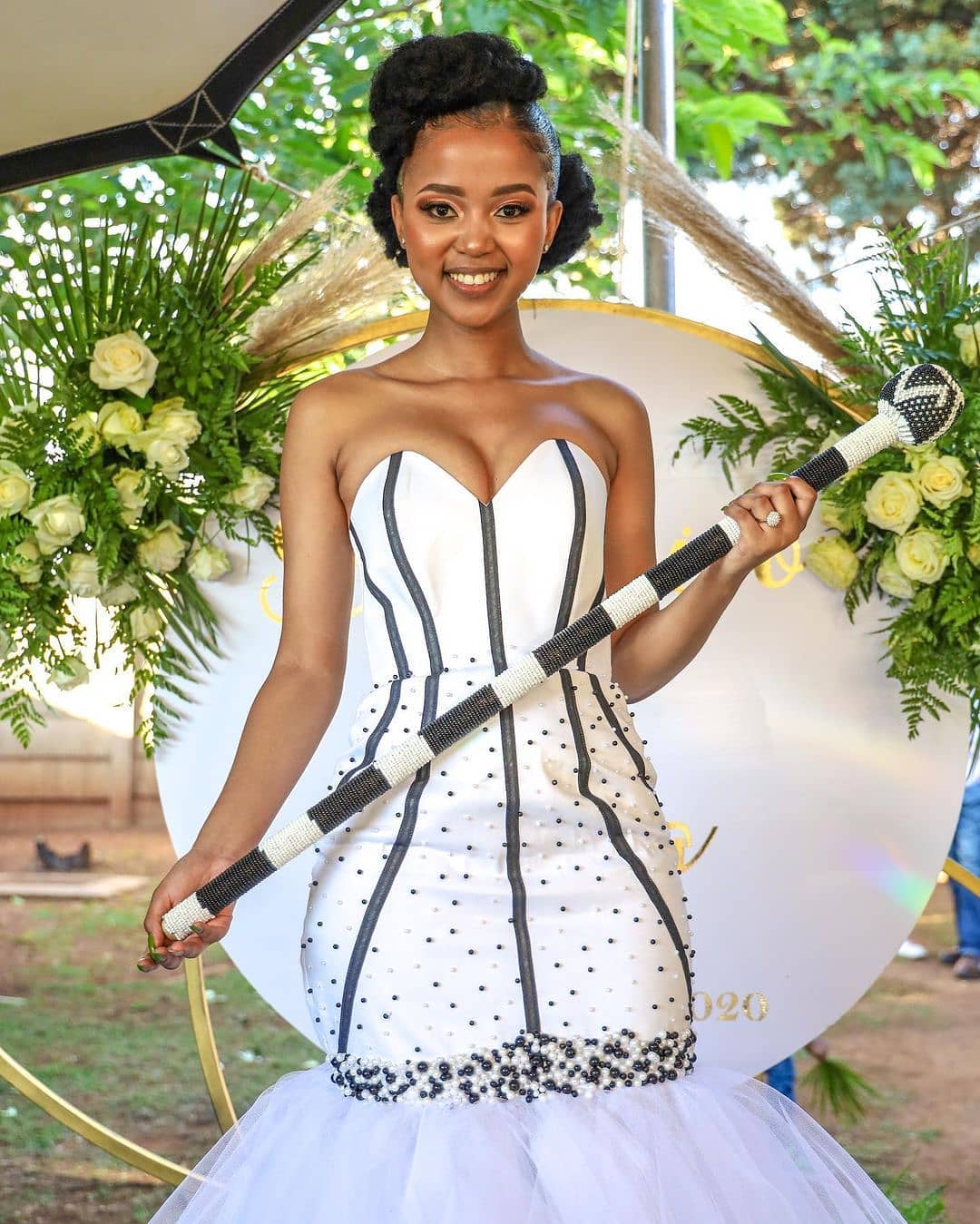
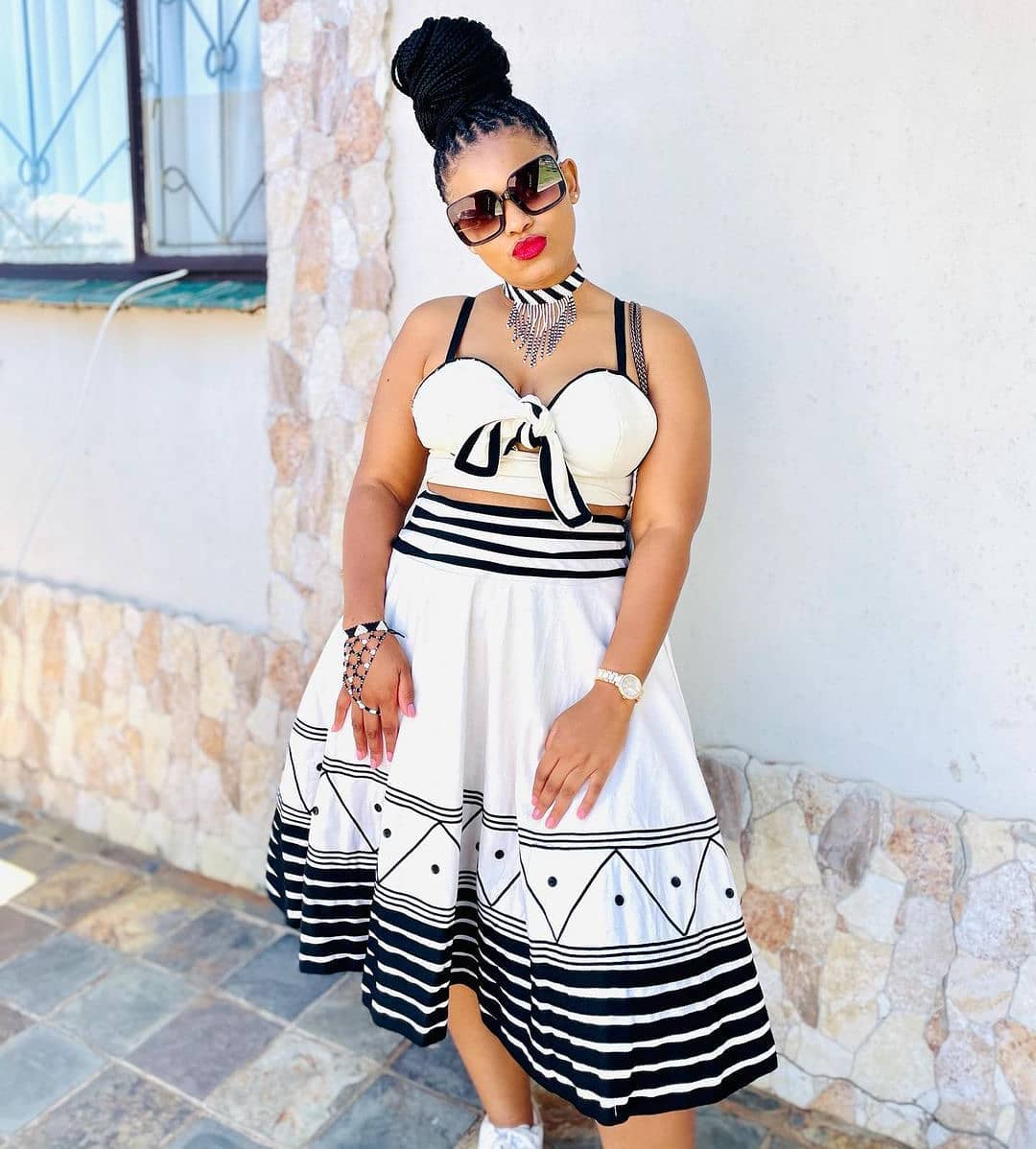
Brief history and significance of Umbhaco attire
The history of Umbhaco can be traced back to the early Xhosa communities who used natural materials to make their clothes. Over time, the attire evolved and became more elaborate, incorporating imported fabrics and modern designs. Umbhaco is not only a fashion statement but also a symbol of cultural pride and identity. It is worn during special occasions such as weddings, traditional ceremonies, and festivals. The attire represents the Xhosa traditions, values, and customs, and plays a significant role in preserving their cultural heritage.
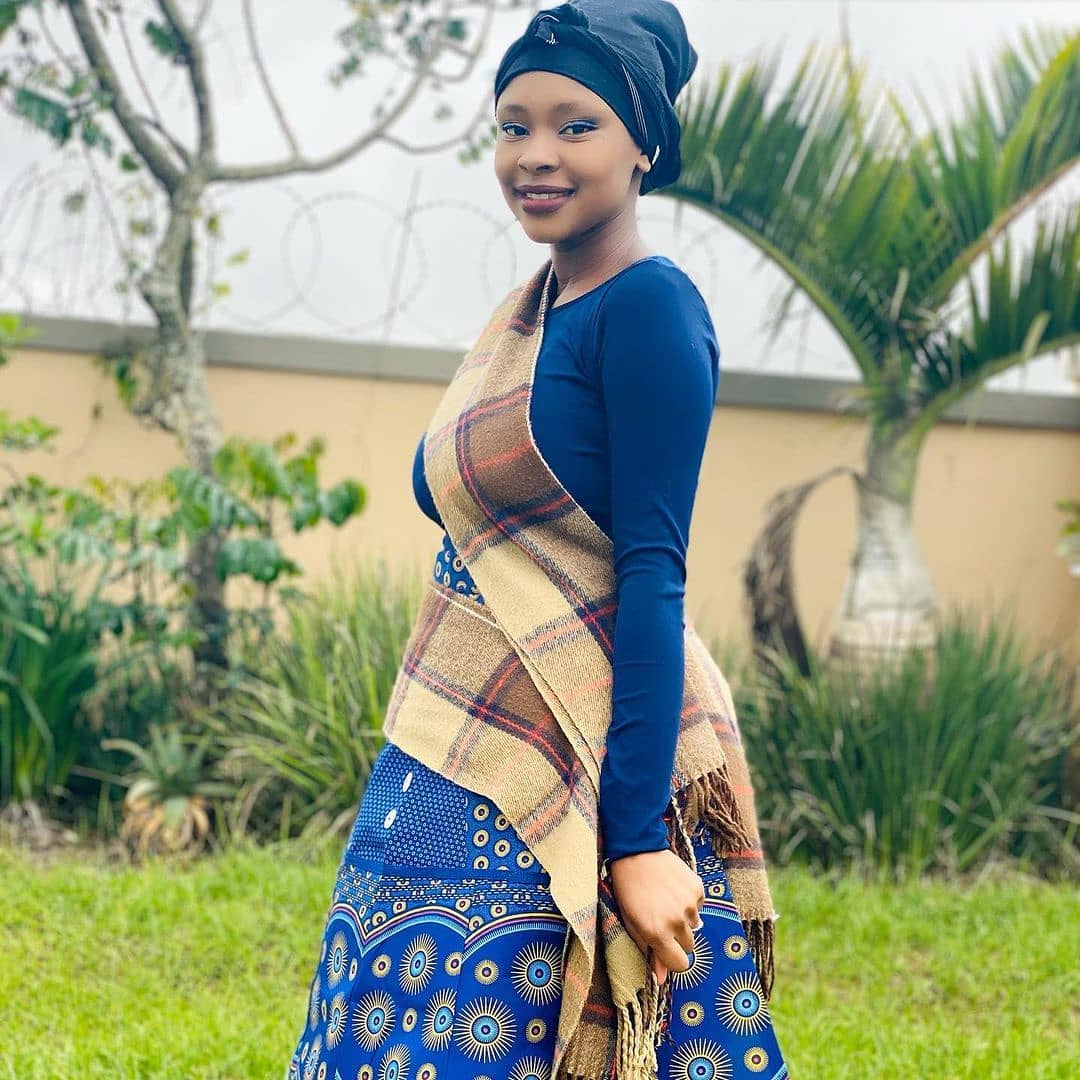
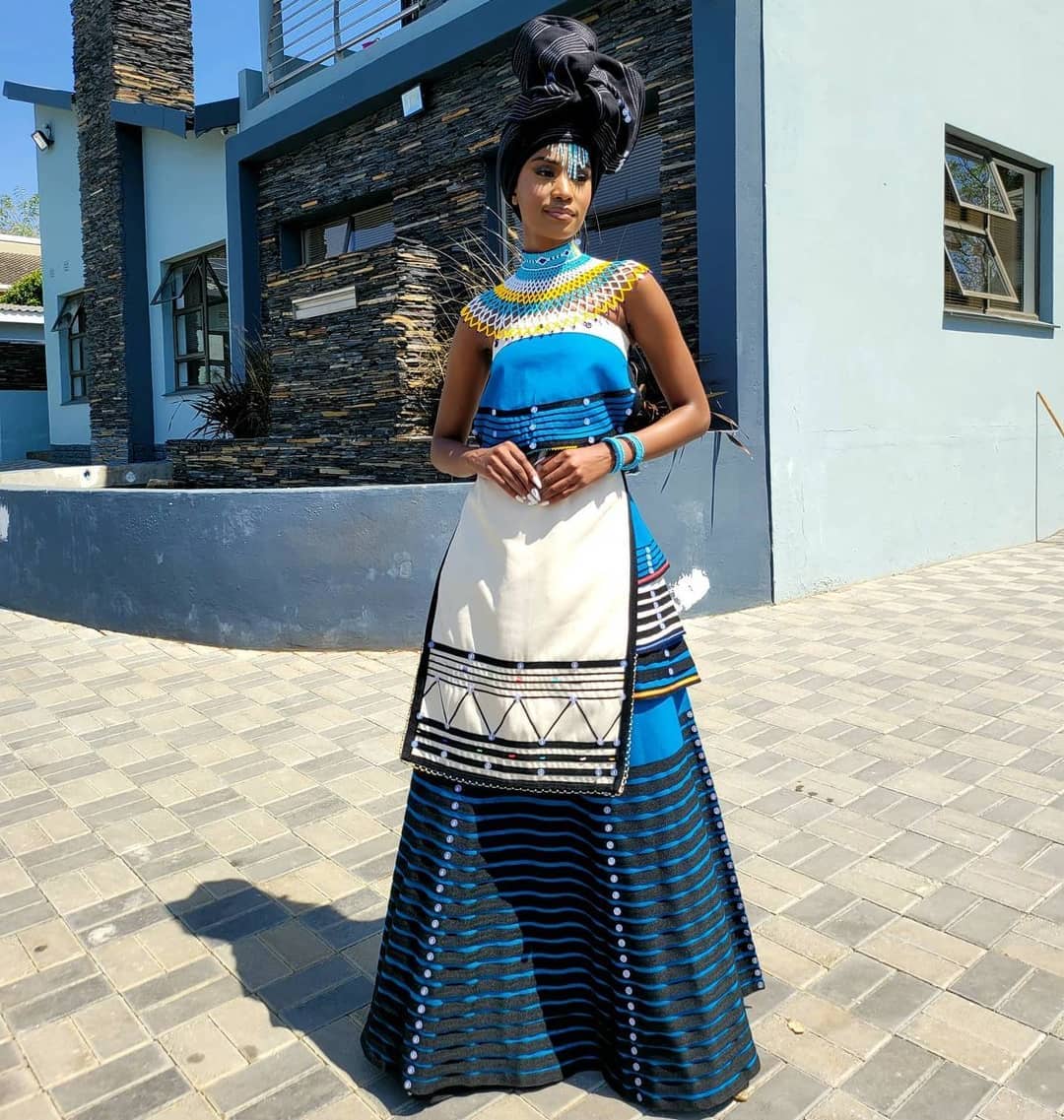
Umbhaco Designs and Patterns
Popular designs and patterns used in Umbhaco attire
Umbhaco attire is known for its diverse and striking designs and patterns. Some of the popular ones include:
- Zigzag pattern: This is a common design seen in Umbhaco skirts and shawls. It consists of alternating zigzag lines in different colors, creating a visually appealing pattern.
- Geometric patterns: Umbhaco attire often incorporates geometric shapes such as triangles, squares, and circles. These patterns are meticulously arranged to form intricate designs.
- Xhosa symbols: Some Umbhaco designs feature traditional Xhosa symbols, such as the X, which represents a person’s identity, and the cow, which signifies wealth and prosperity.
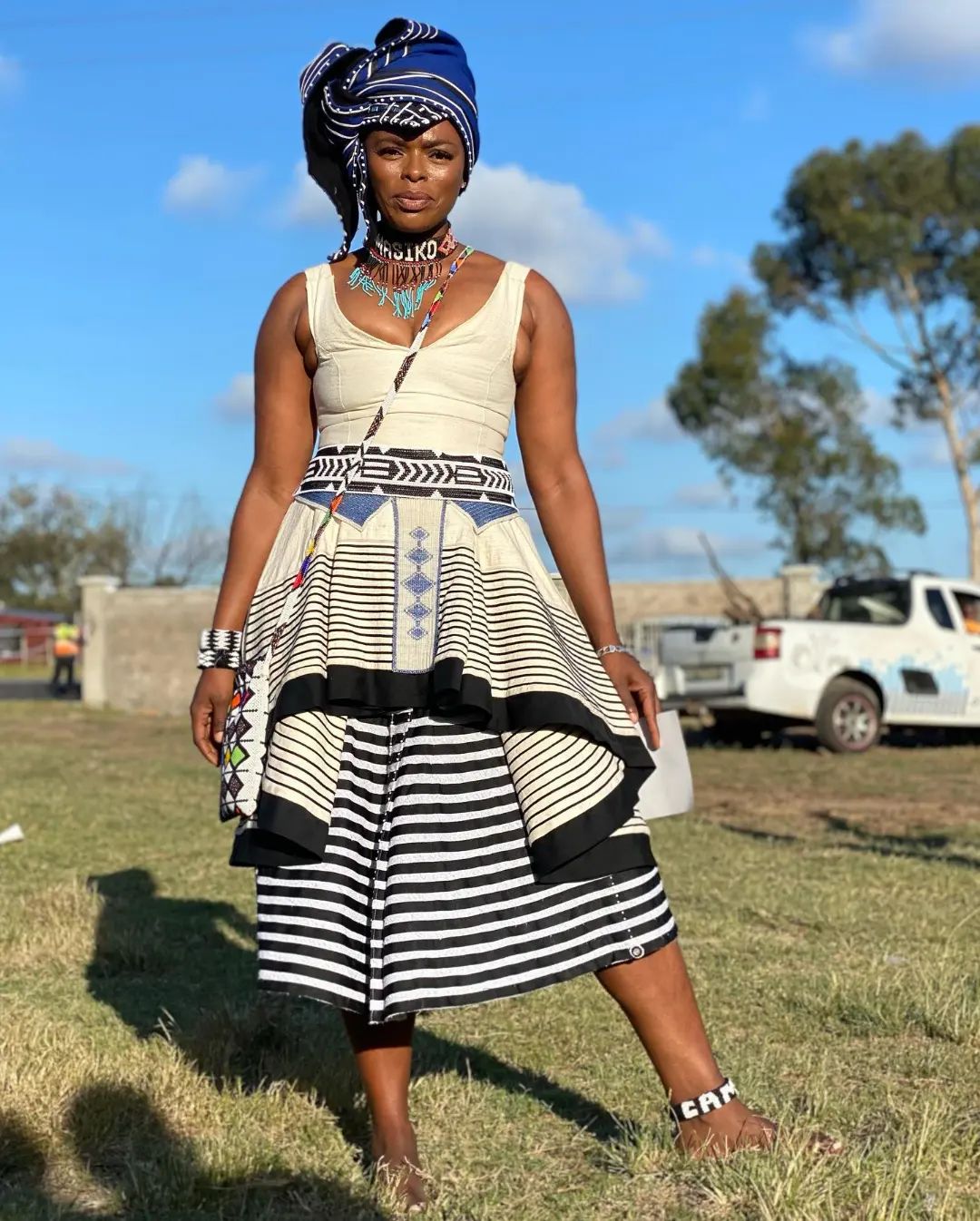
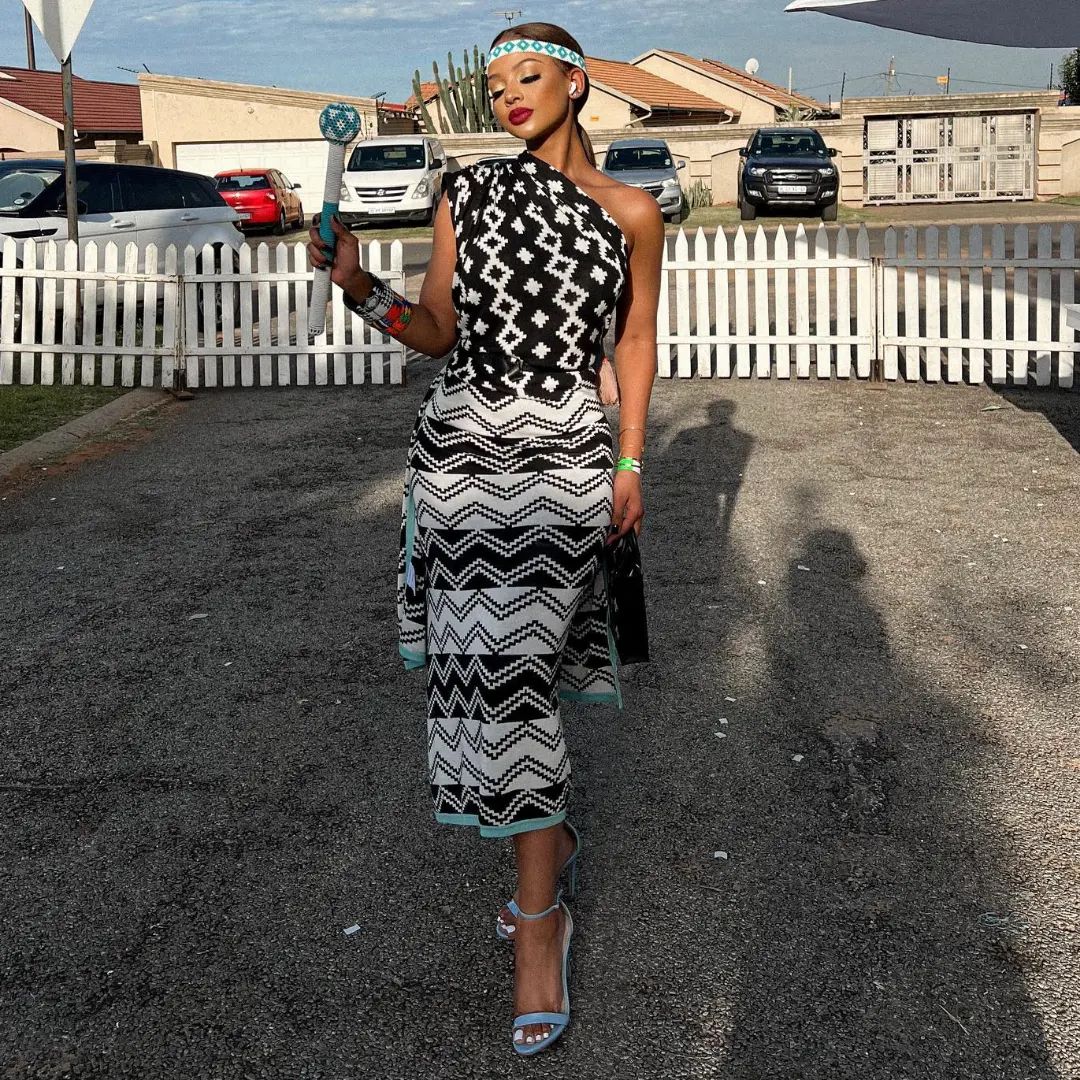
Meaning and symbolism behind the designs
Each design and pattern used in Umbhaco attire carries a specific meaning and symbolism. For example:
- Zigzag pattern: The zigzag lines symbolize the ups and downs of life, representing the challenges and obstacles that one may encounter.
- Geometric patterns: These patterns reflect the Xhosa philosophy of balance and harmony. The precise arrangement of shapes represents the interconnectedness of all aspects of life.
- Xhosa symbols: Incorporating traditional symbols into the designs serves as a way to celebrate and honor the Xhosa cultural heritage.
The specific designs and patterns used in Umbhaco attire vary based on regional variations, family traditions, and personal preferences. Nonetheless, they all contribute to the beauty and uniqueness of this traditional Xhosa attire.
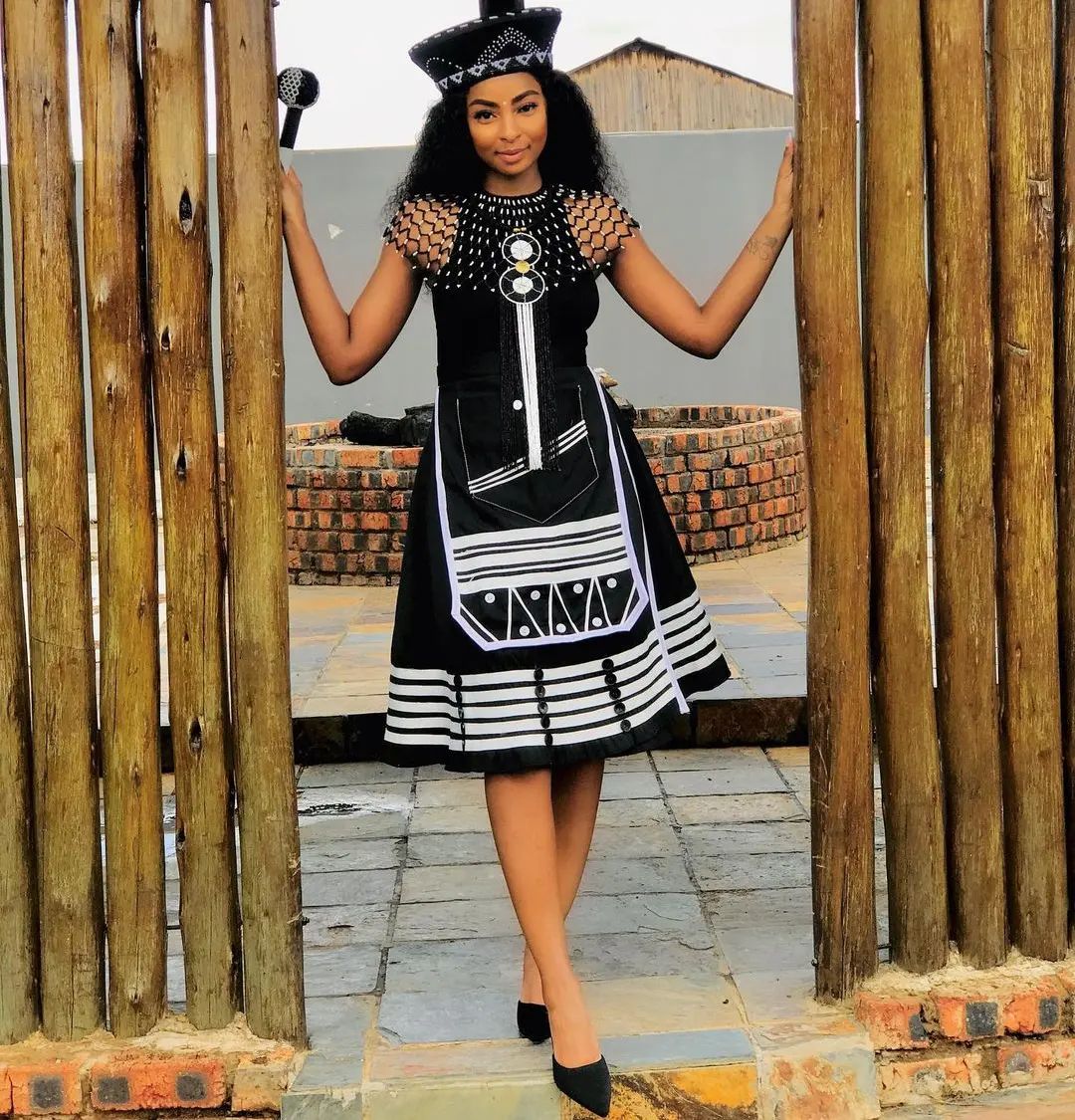
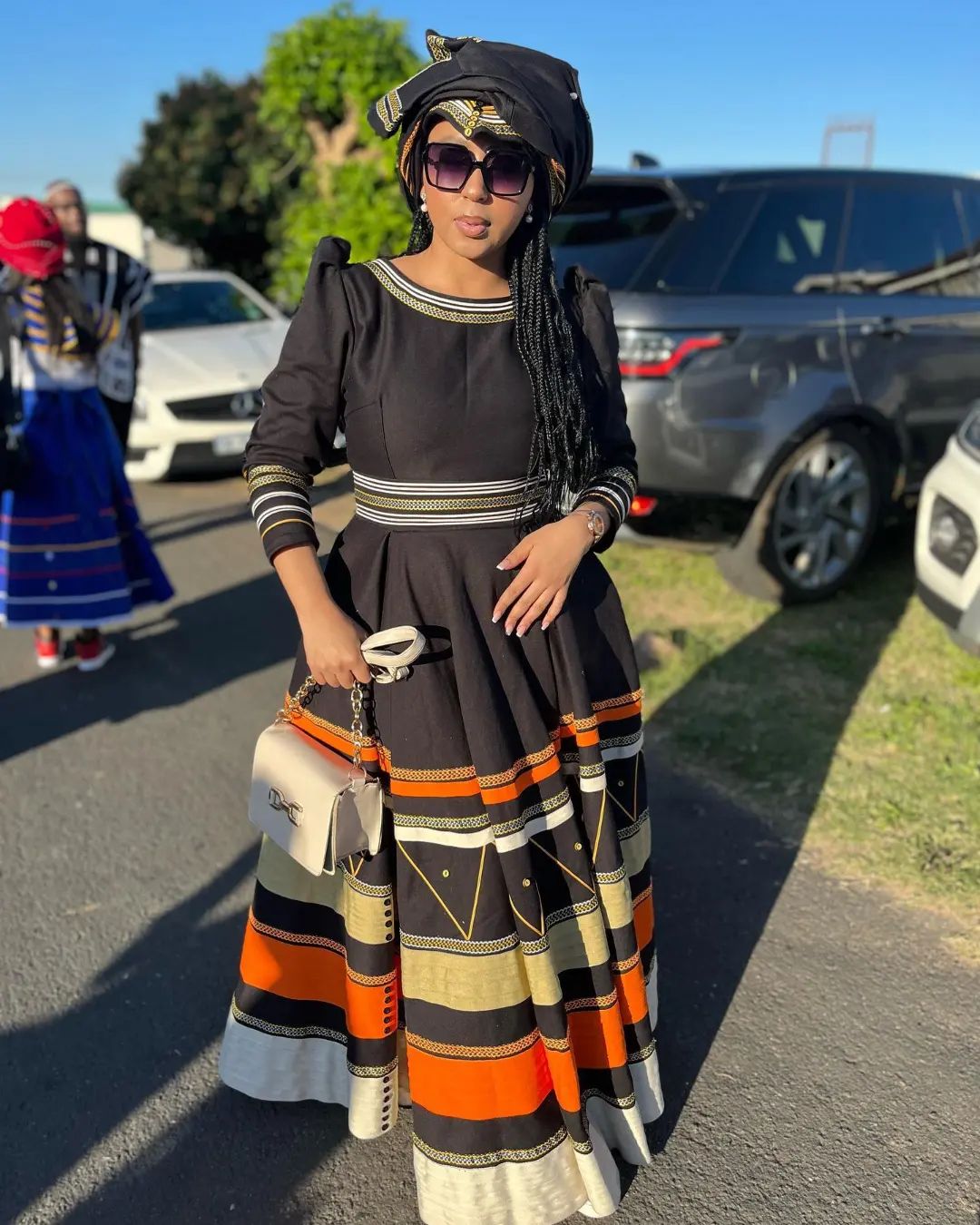
Traditional fabrics and materials used in Umbhaco attire
Umbhaco attire is traditionally made from a variety of natural fibers and materials. Some of the commonly used fabrics include:
- Ityali: This is a traditional Xhosa fabric made from woven wool. It is known for its warmth and durability, making it suitable for colder climates.
- Motjeko: Motjeko is a fabric made from bleached raw silk. It has a smooth texture and a slight sheen, giving it an elegant and luxurious appearance.
- Shweshwe: Shweshwe is a printed cotton fabric that comes in various vibrant colors and intricate patterns. It is durable and lightweight, making it perfect for everyday wear.
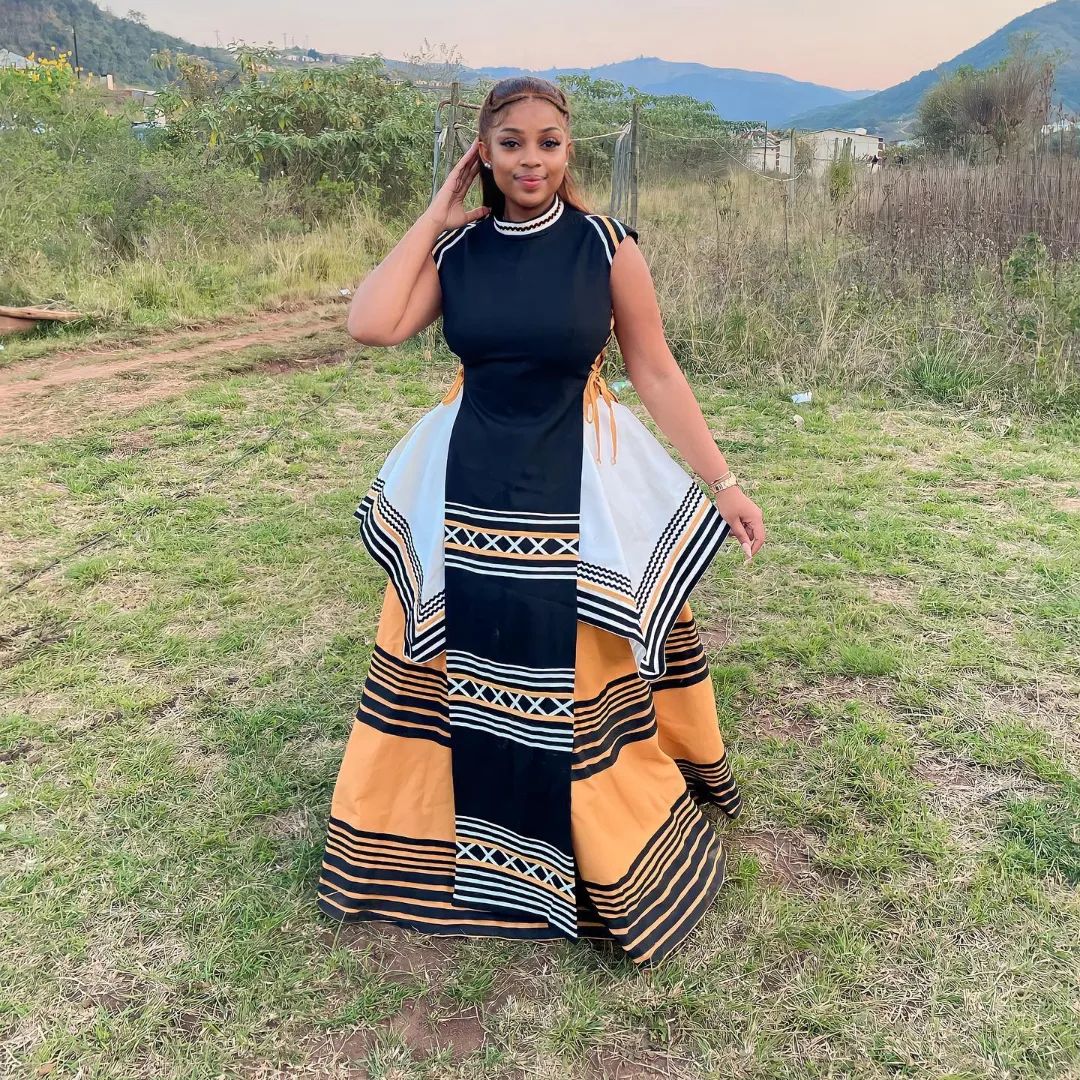
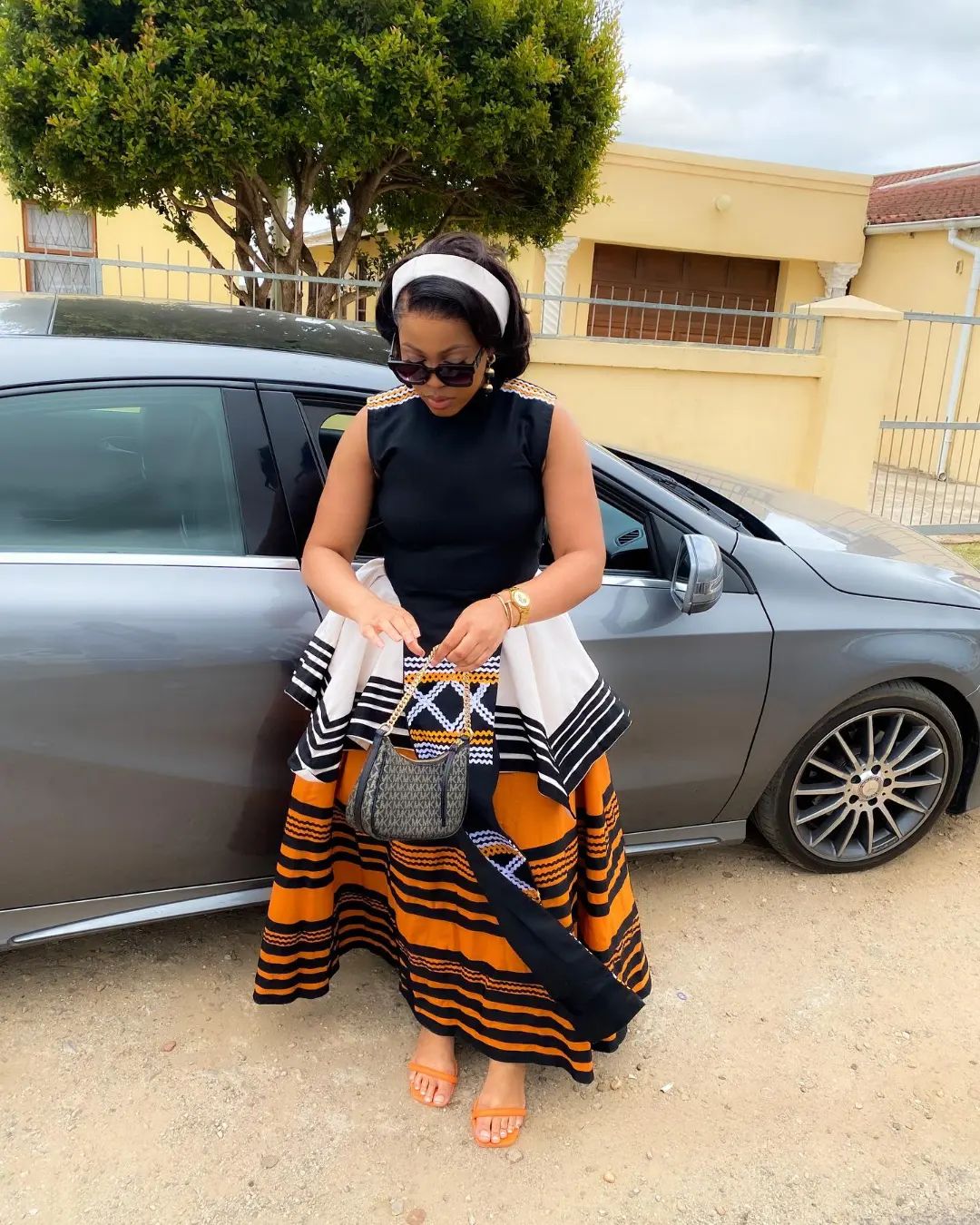
Advantages and characteristics of each fabric
– Ityali: The woolen fabric provides insulation and warmth, making it ideal for colder temperatures and winter seasons.- Motjeko: The raw silk fabric has a luxurious feel and drapes well, enhancing the overall elegance of the Umbhaco attire.- Shweshwe: The printed cotton fabric is breathable, allowing air circulation and making it comfortable to wear in warmer climates. It is also easy to care for and can withstand frequent washing.
Each fabric used in Umbhaco attire offers unique characteristics that contribute to the overall style and comfort of the traditional Xhosa attire.
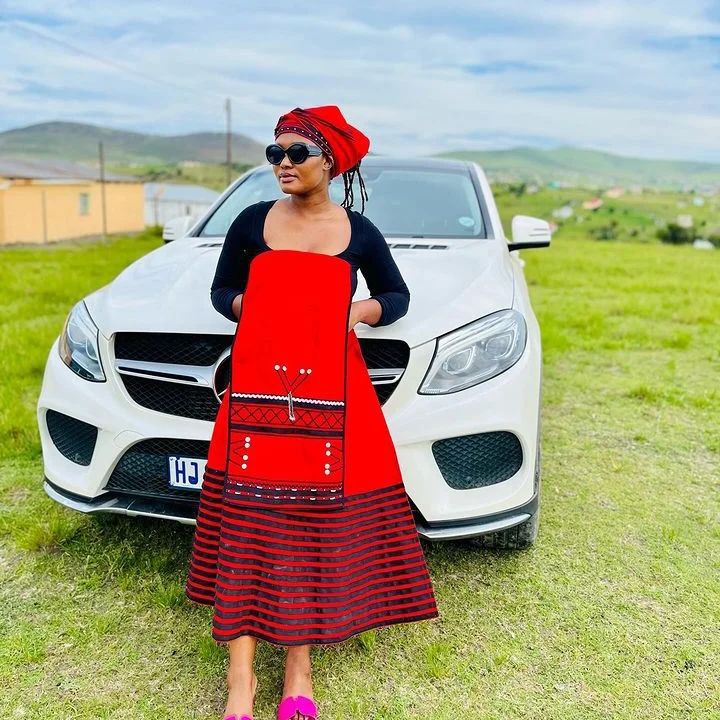
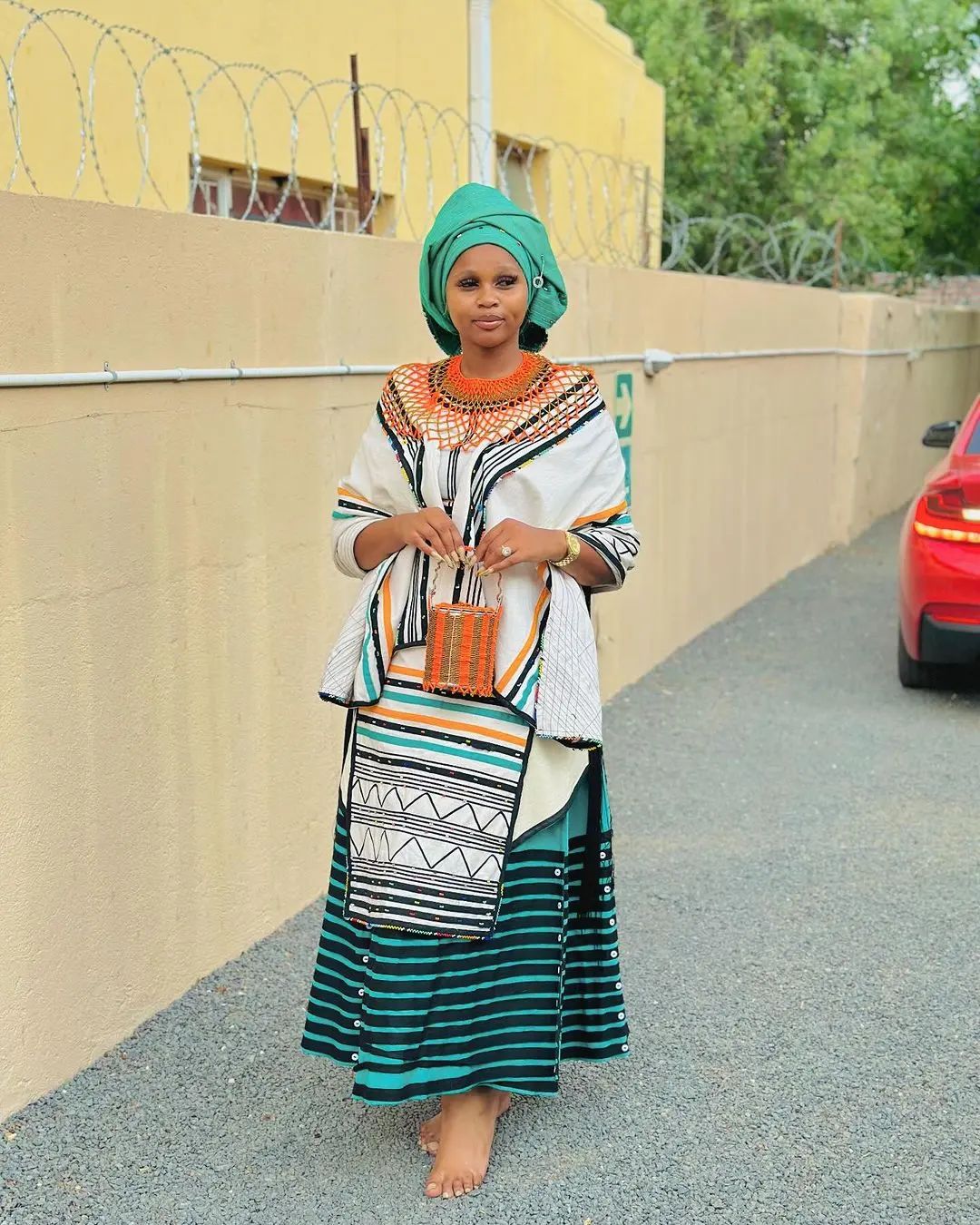
Traditional Xhosa Accessories
Accessories that complement the Umbhaco attire
Traditional Xhosa attire, such as Umbhaco, is often paired with accessories that enhance its overall look. Some of the accessories commonly worn with Umbhaco include:
- Ibheshu: Ibheshu is a goatskin skirt worn by men. It is usually worn as a symbol of masculinity and is often decorated with beads or cowries.
- Imigwegwe: Imigwegwe are long beaded necklaces worn by women. They are made from colorful beads and are often worn in multiple layers to create a bold and vibrant look.
- Umqhele: Umqhele is a traditional Xhosa headband made from beads. It is worn by both men and women and is often used to signify particular social or cultural status.

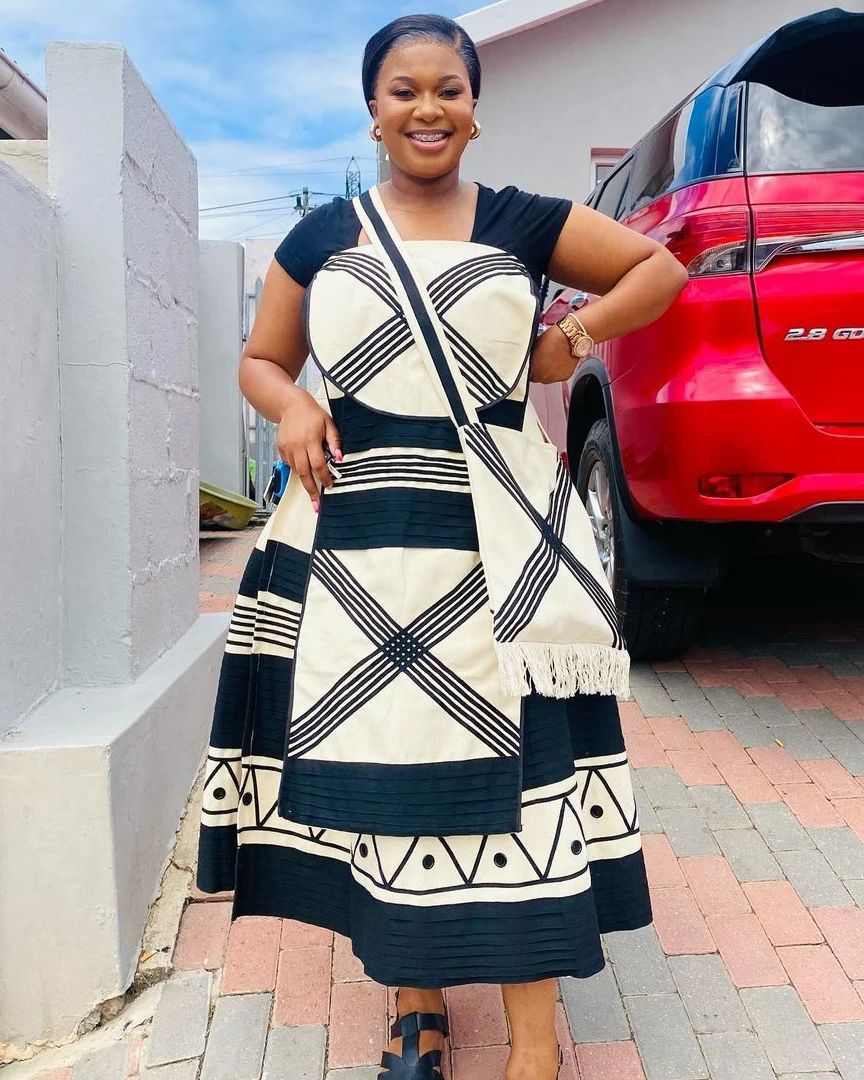
Significance and cultural importance of these accessories
These accessories hold great cultural significance and play an important role in Xhosa traditions. They not only add to the aesthetic appeal of the attire but also serve as symbols of identity, heritage, and status within the Xhosa community. Wearing these accessories is a way for individuals to connect with their roots and showcase their pride in their cultural heritage. Additionally, these accessories are often passed down through generations, further emphasizing their significance in Xhosa culture.
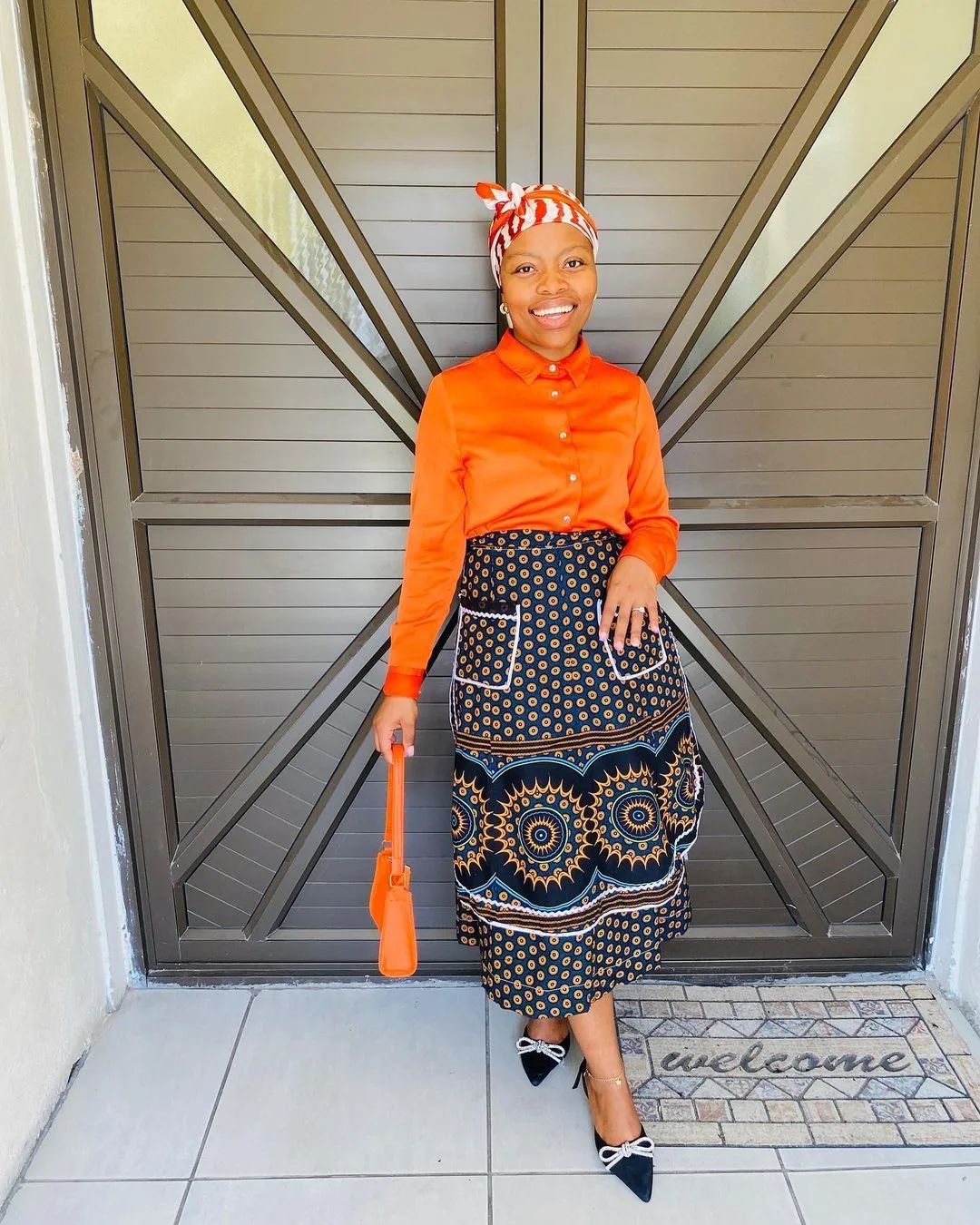
Umbhaco Dress Style Options
Different styles and variations of Umbhaco dresses
Traditional Xhosa attire, such as Umbhaco, offers a variety of dress styles and variations to choose from. Some of the popular options include:
- Ibhayi: This style features a long, flowy skirt with a fitted bodice. It is often adorned with intricate embroidery and beadwork, adding a touch of elegance to the overall look.
- Intunjambili: Intunjambili dresses are known for their bold and vibrant patterns. They usually have a high collar and a flared skirt, creating a striking silhouette.
- Idikise: Idikise dresses are characterized by their asymmetrical design. They have one shoulder strap and a draped skirt, giving them a unique and modern twist.
- Imikhwelo: Imikhwelo dresses are sleeveless and have a fitted bodice. They often feature bold geometric patterns and are perfect for special occasions.
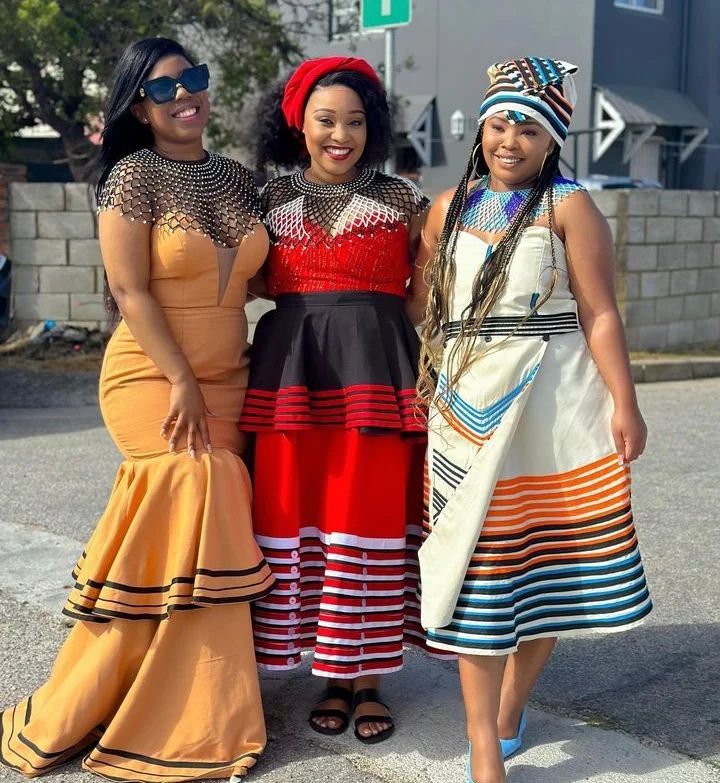
Factors to consider while choosing the right style
When selecting an Umbhaco dress style, it is essential to consider factors such as body shape, personal preference, and the occasion. Here are a few points to keep in mind:
- Body shape: Different dress styles flatter different body types. For example, A-line dresses are ideal for those with a pear-shaped figure, while fitted styles work well for hourglass shapes.
- Personal preference: Choose a style that resonates with your personal taste and reflects your individuality. Whether you prefer something traditional or modern, there is an Umbhaco dress style for everyone.
- Occasion: Consider the event or occasion for which you will be wearing the dress. Opt for a more formal and ornate style for weddings or cultural festivals, while simpler designs may be suitable for casual gatherings.
By carefully considering these factors, you can select the perfect Umbhaco dress style that not only suits you but also allows you to showcase the beauty and richness of Xhosa culture.
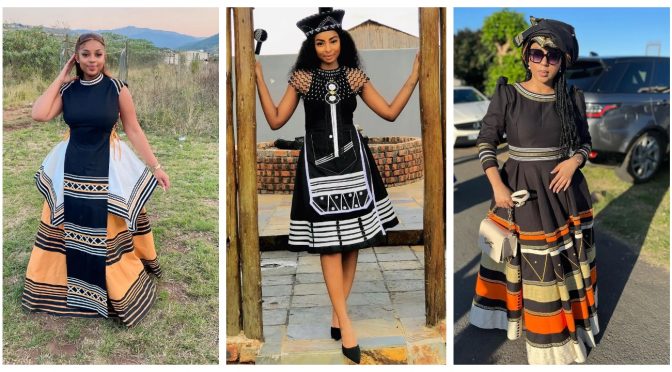
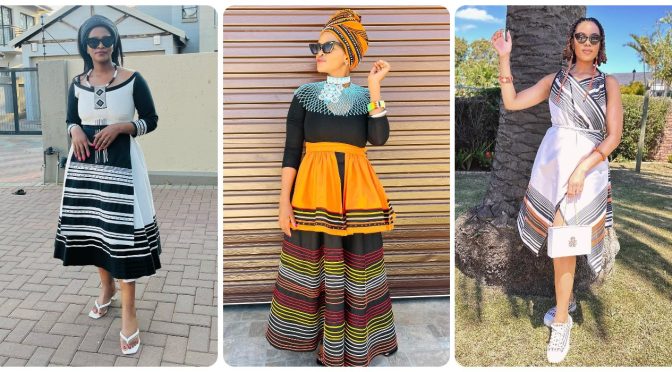
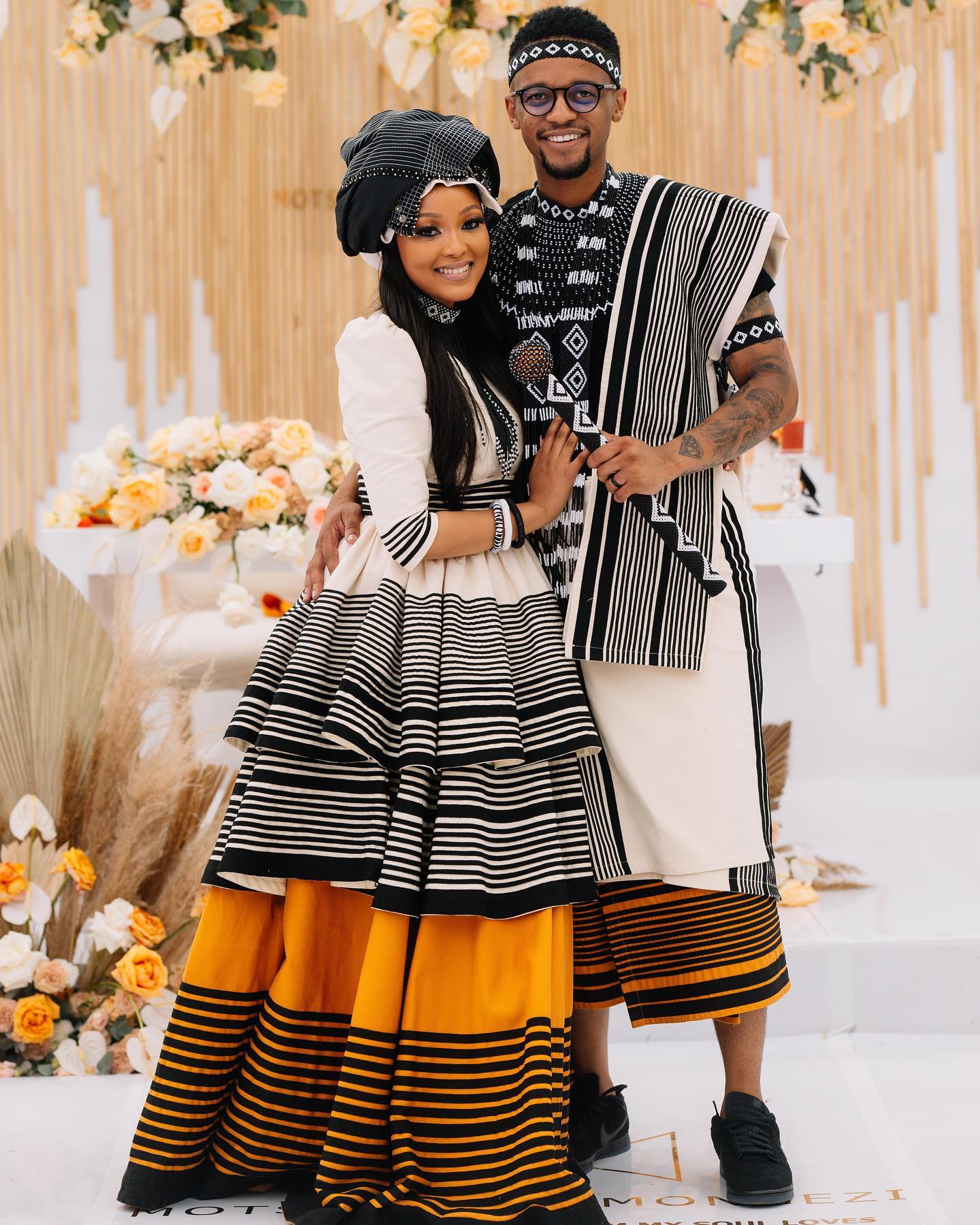 People put on Xhosa Traditional Attire typical vesture for multitudinous reasons. First and foremost, it’s a way to categorical their satisfaction with their tradition and heritage. Second, it’s viewed as a brand of splendor and feminity.
People put on Xhosa Traditional Attire typical vesture for multitudinous reasons. First and foremost, it’s a way to categorical their satisfaction with their tradition and heritage. Second, it’s viewed as a brand of splendor and feminity.
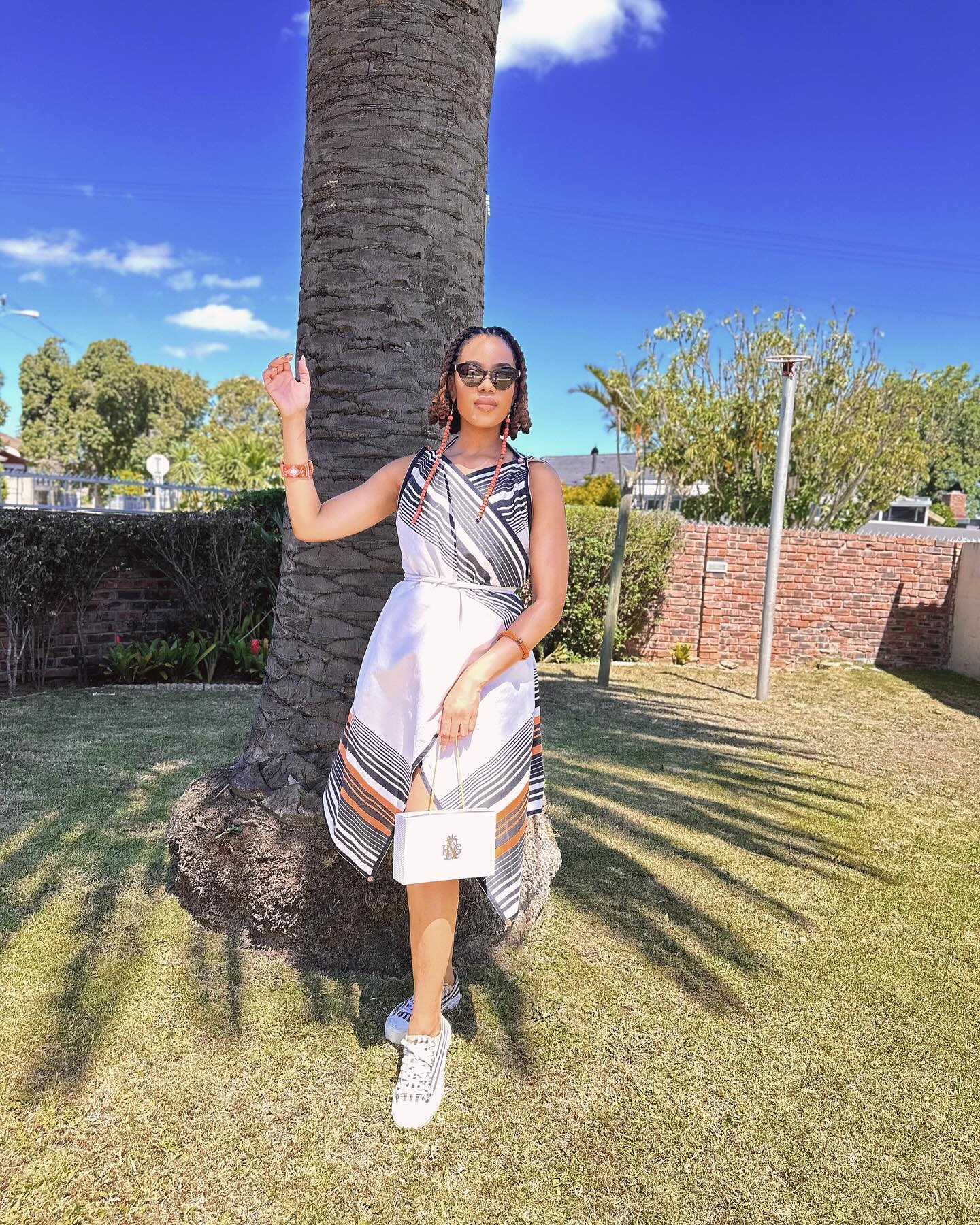 Traditional Xhosa garb generally consists of a combination of rounded fabric, aprons, and lengthy skirts. The Traditional colors are white, black, unheroic, black, red, and black or blue and black.
Traditional Xhosa garb generally consists of a combination of rounded fabric, aprons, and lengthy skirts. The Traditional colors are white, black, unheroic, black, red, and black or blue and black. Whether you’re questioning getting some conception from a regular marriage form put on fashion or questioning what to put on to an African marriage form or any different exclusive occasion, Xhosa Umbhaco vesture is a force of exceptional alleviation.
Whether you’re questioning getting some conception from a regular marriage form put on fashion or questioning what to put on to an African marriage form or any different exclusive occasion, Xhosa Umbhaco vesture is a force of exceptional alleviation. The Xhosa common vesture is the doek or title, which is generally black with exaggerated dresses. These days, you can have women or misters carrying an Isicholo chapeau as well. Rounded add- ons similar as the rounded cape, rounded constitution jacket, rounded headband, rounded neckpiece, rounded cape, and rounded wand also round the Xhosa costume for men and ladies. Xhosa Traditional Attires end up the stylish desire for African American Women who want to appear like a queen on coming occasions.
The Xhosa common vesture is the doek or title, which is generally black with exaggerated dresses. These days, you can have women or misters carrying an Isicholo chapeau as well. Rounded add- ons similar as the rounded cape, rounded constitution jacket, rounded headband, rounded neckpiece, rounded cape, and rounded wand also round the Xhosa costume for men and ladies. Xhosa Traditional Attires end up the stylish desire for African American Women who want to appear like a queen on coming occasions.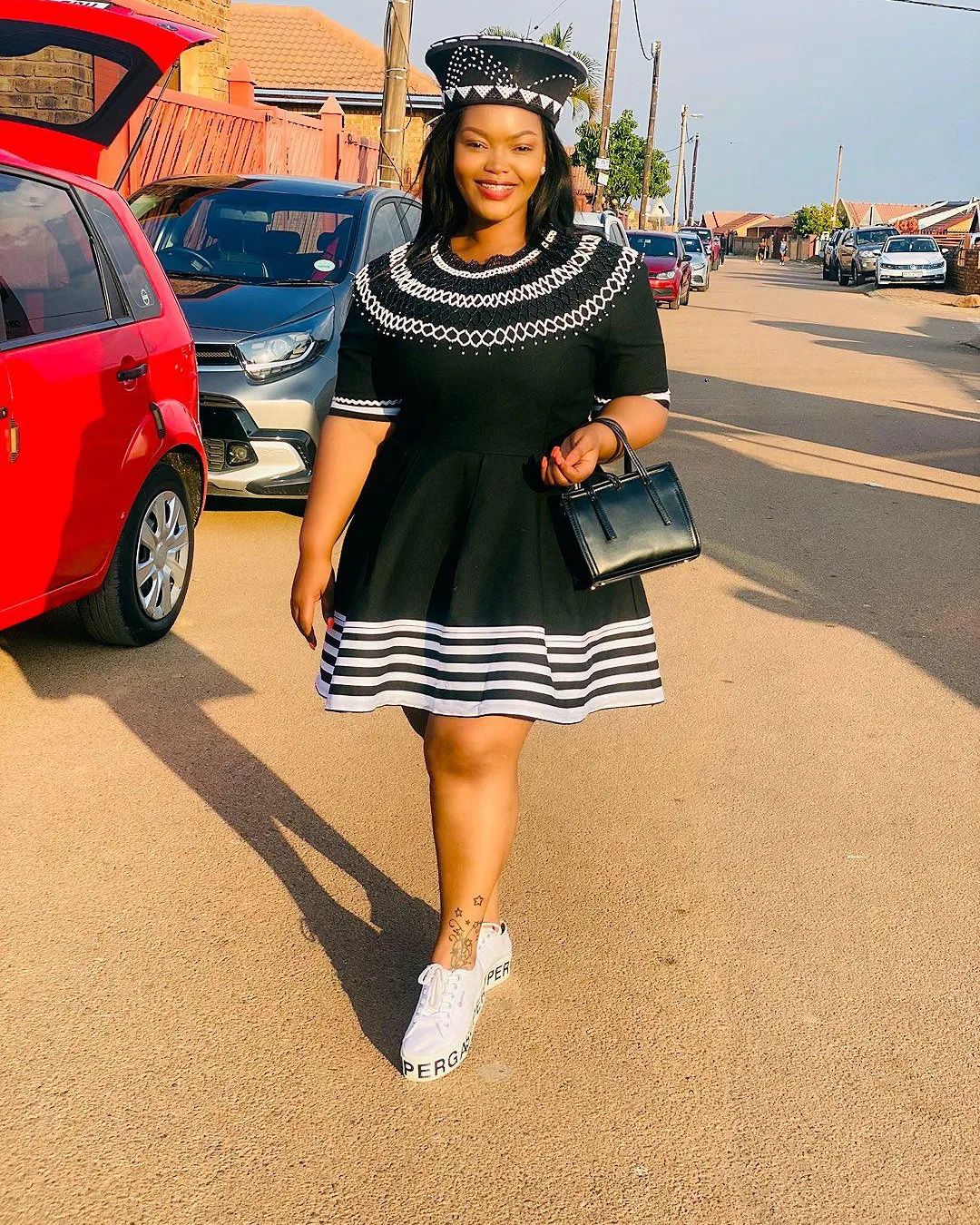 It’s no longer brilliant for you to detect a new cloth skirt similar as Imibhaco or Isikhakha adorned with African fortunate monuments to make it stand out from the group. also, the cost of Xhosa clothes is reliant on the Xhosasub-group, the specific area, and the social nation of a person.
It’s no longer brilliant for you to detect a new cloth skirt similar as Imibhaco or Isikhakha adorned with African fortunate monuments to make it stand out from the group. also, the cost of Xhosa clothes is reliant on the Xhosasub-group, the specific area, and the social nation of a person.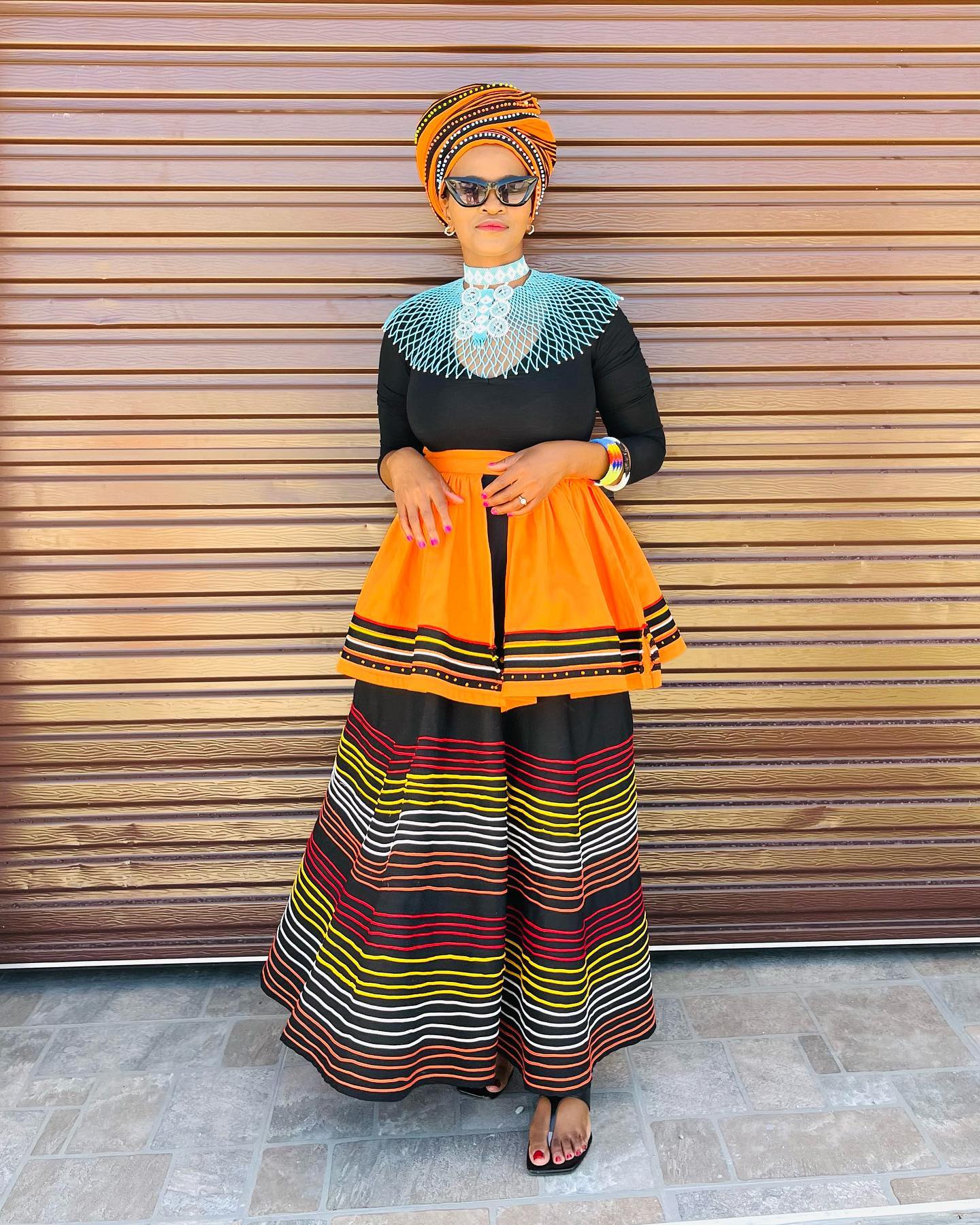 What Are Xhosa Traditional Attires Xhosa’s usual vesture for girls in South Africa is a special stripe of glory in South Africa in exertion to the world’s trend manufacturers. Like being notorious African prints similar as Kente styles, Ankara designs, and kitenge. With the new traits in mortal psychology, the relationship has been restored with purposeful trend reviews and invention generally put on in the trend area, leaving immolations as the sole issue of social significance that’s nevertheless connected in inordinate regard.
What Are Xhosa Traditional Attires Xhosa’s usual vesture for girls in South Africa is a special stripe of glory in South Africa in exertion to the world’s trend manufacturers. Like being notorious African prints similar as Kente styles, Ankara designs, and kitenge. With the new traits in mortal psychology, the relationship has been restored with purposeful trend reviews and invention generally put on in the trend area, leaving immolations as the sole issue of social significance that’s nevertheless connected in inordinate regard.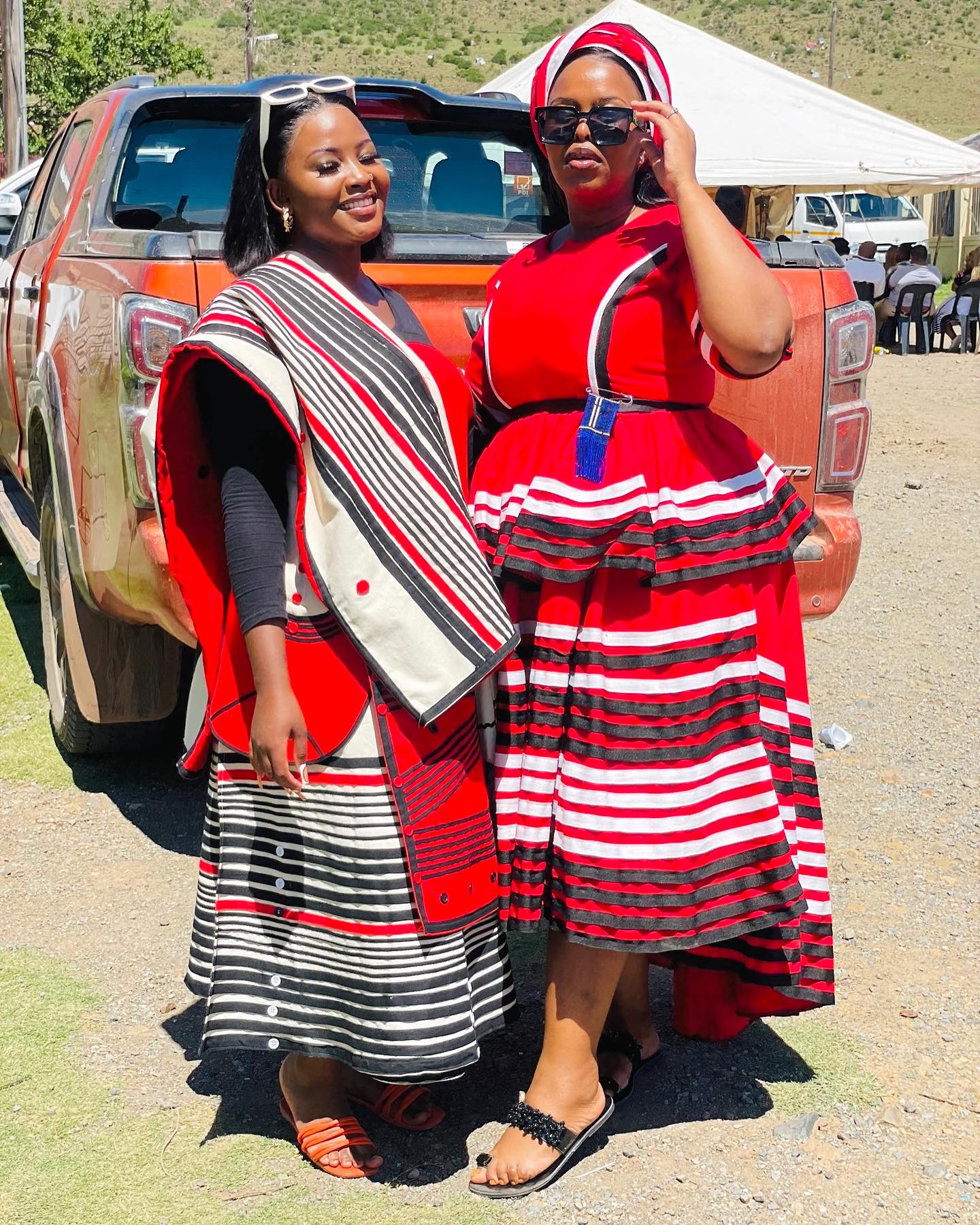 Xhosa ordinary marriage form attireThe Umakoti, the bridegroom, in Xhosa, like different African and Western societies, is typically the middle of enchantment throughout a marriage form. How she appears is of unique significance to the day’s complaints due to the fact she has entered to meet usual connections and her look is exquisitely desirable to outmatch each different girl inside the form.
Xhosa ordinary marriage form attireThe Umakoti, the bridegroom, in Xhosa, like different African and Western societies, is typically the middle of enchantment throughout a marriage form. How she appears is of unique significance to the day’s complaints due to the fact she has entered to meet usual connections and her look is exquisitely desirable to outmatch each different girl inside the form.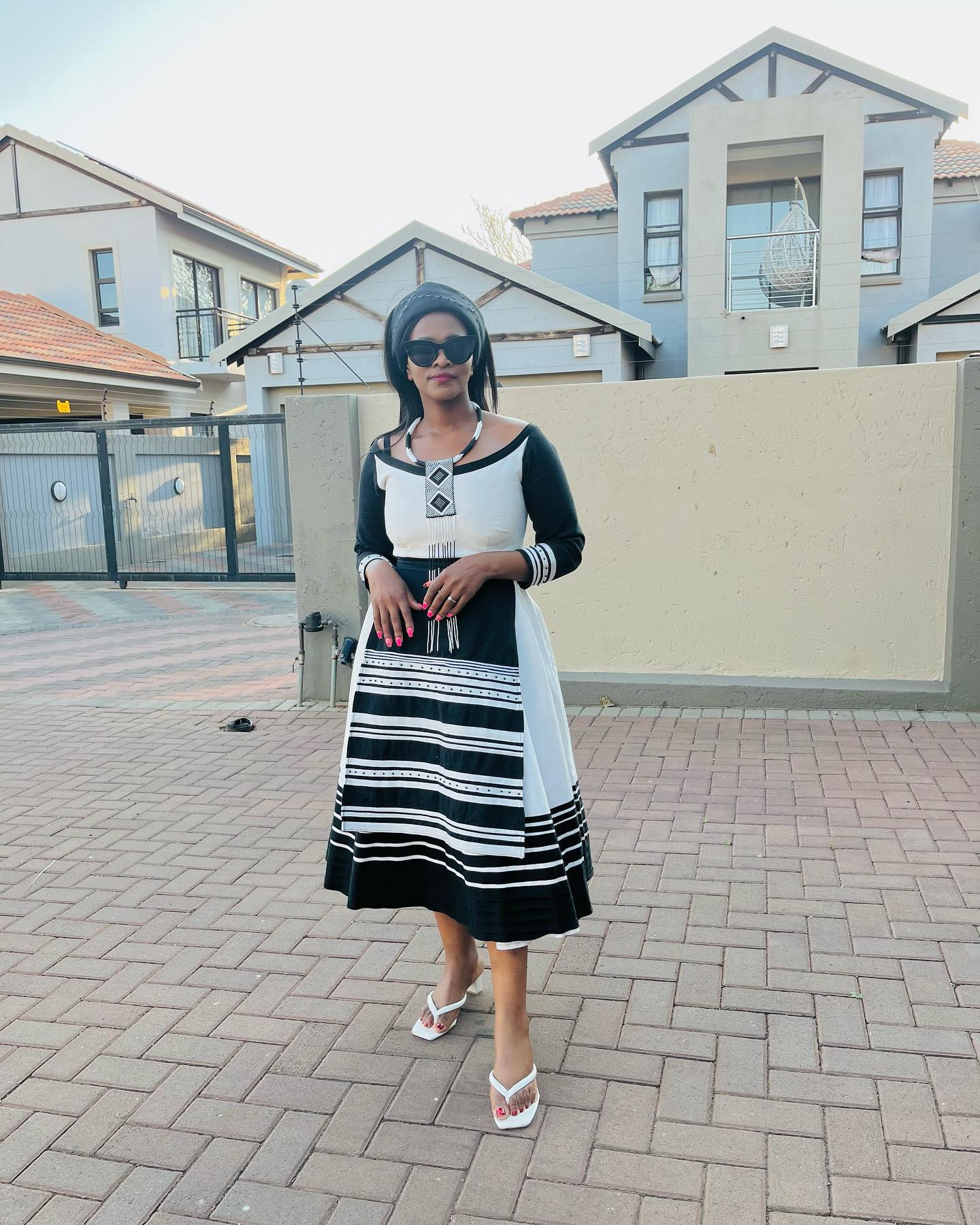 Xhosa Strapless Mermaid DressesThe Xhosa’s usual vesture is simply like every different mermaid costume we ’ve mentioned so far. What makes it special to Xhosa is its achromatism and daring black stripes. The Xhosa- inspired mermaid mask is worn with a tartan mask and rounded add- ons to wrap the lady’s advanced constitution as the costume is strapless.
Xhosa Strapless Mermaid DressesThe Xhosa’s usual vesture is simply like every different mermaid costume we ’ve mentioned so far. What makes it special to Xhosa is its achromatism and daring black stripes. The Xhosa- inspired mermaid mask is worn with a tartan mask and rounded add- ons to wrap the lady’s advanced constitution as the costume is strapless.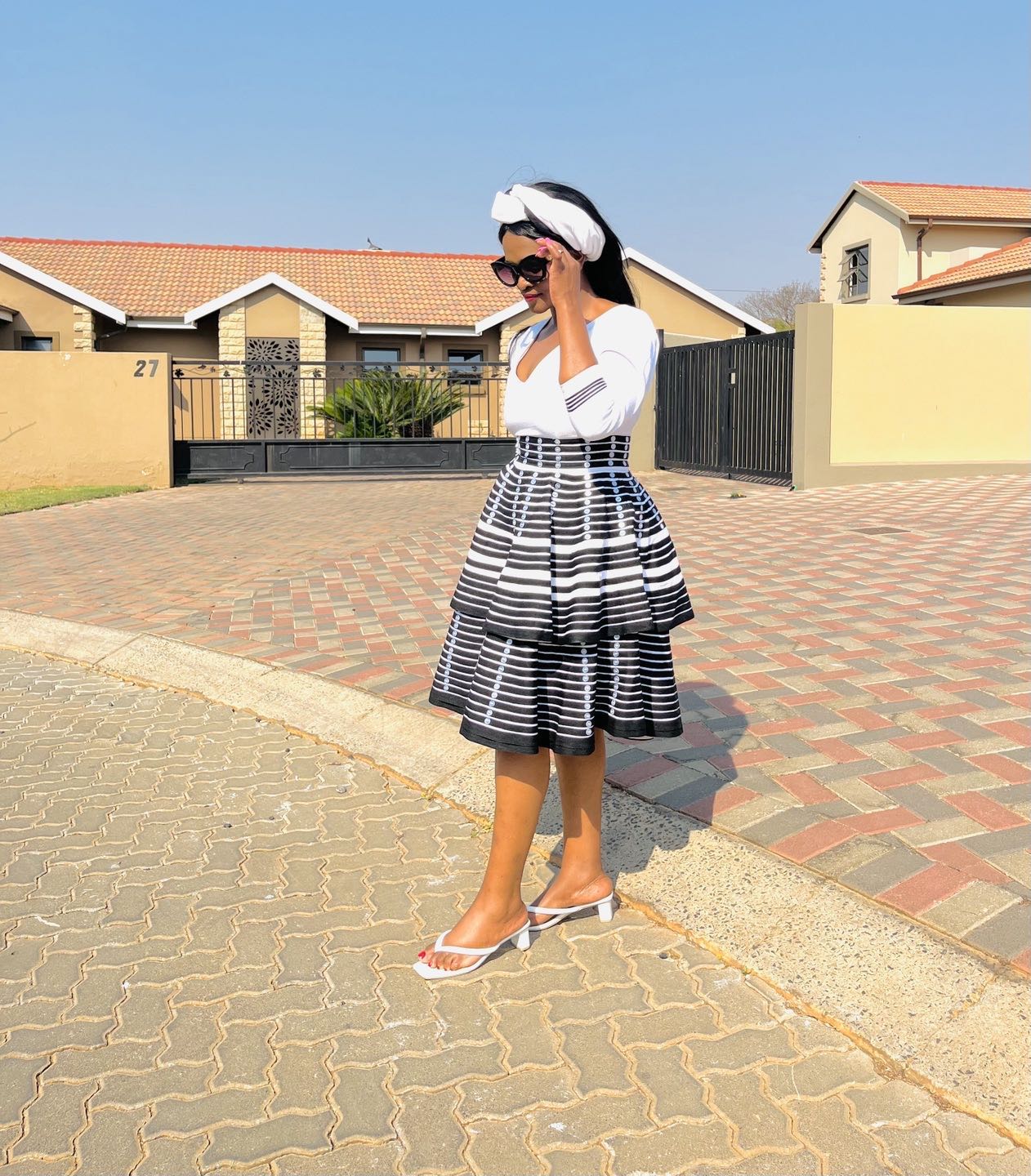 The Xhosa- inspired strapless naiad clothes are worn as a usual South African marriage form vesture, still, with accessories, they’re each that a common Xhosa marriage form stands for. With the proper knitter, this Xhosa- inspired mermaid gown would feel lovely on any bridegroom.
The Xhosa- inspired strapless naiad clothes are worn as a usual South African marriage form vesture, still, with accessories, they’re each that a common Xhosa marriage form stands for. With the proper knitter, this Xhosa- inspired mermaid gown would feel lovely on any bridegroom.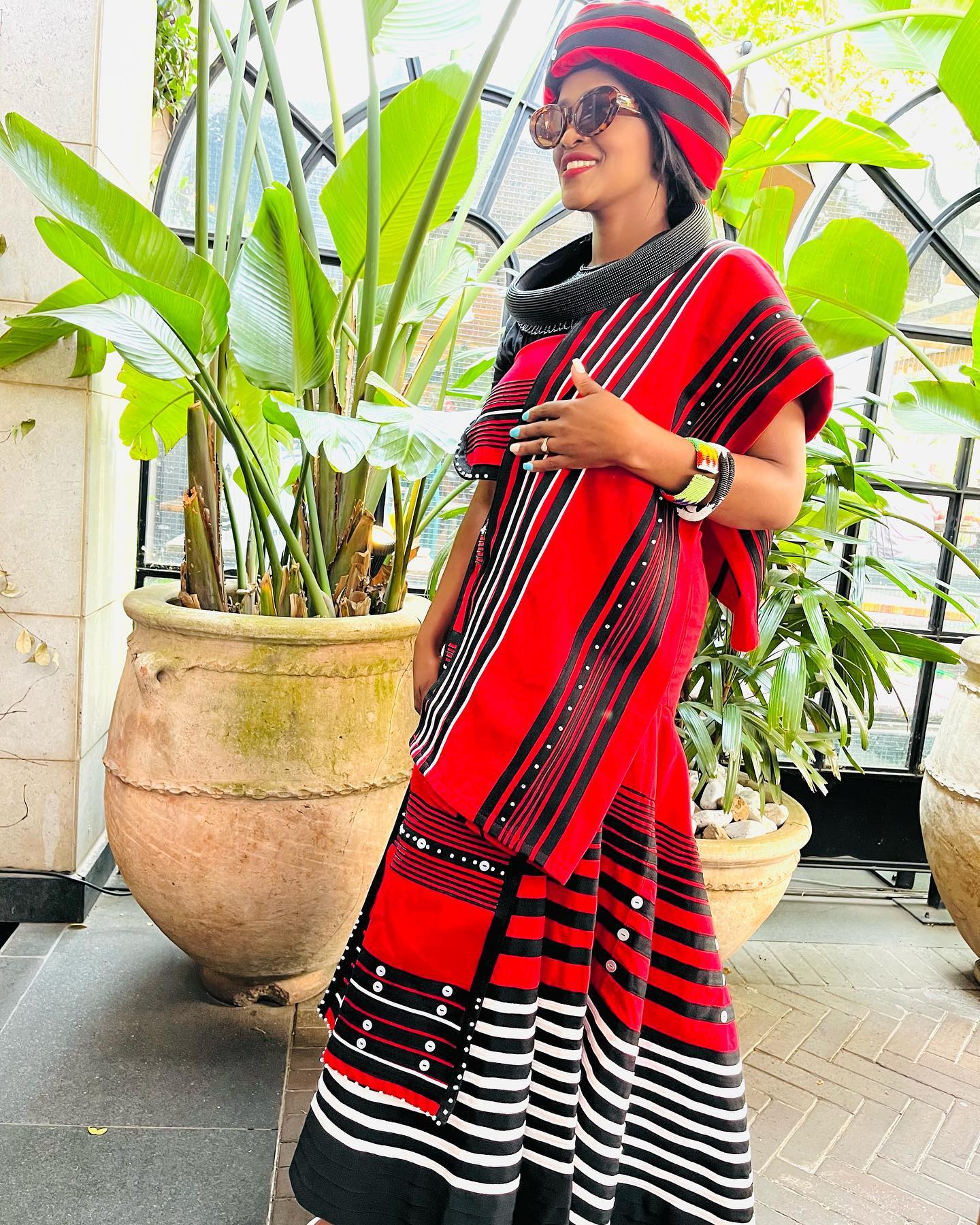
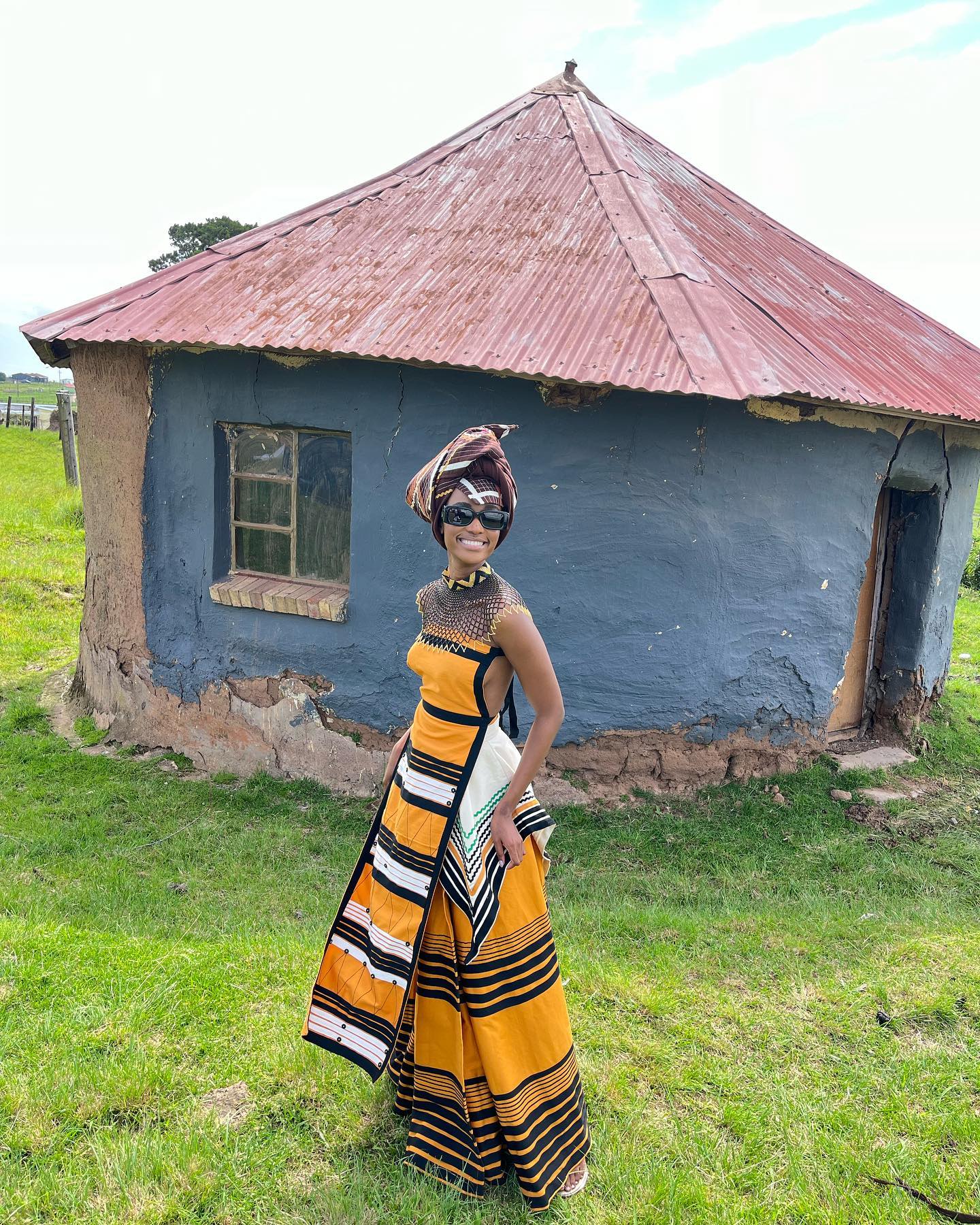 We say that due to the fact, the gown is generally white, with a contact of daring clean stripes. The white color of the gown makes the lady’s constitution lesser visible, and narrow girls with small angles nonetheless have a threat of flaunting some angles in dresses. White Xhosa Traditional Wedding WearThe lovely white Xhosa ordinary vesture is designed to cover the whole section of the bridegroom away from her face.
We say that due to the fact, the gown is generally white, with a contact of daring clean stripes. The white color of the gown makes the lady’s constitution lesser visible, and narrow girls with small angles nonetheless have a threat of flaunting some angles in dresses. White Xhosa Traditional Wedding WearThe lovely white Xhosa ordinary vesture is designed to cover the whole section of the bridegroom away from her face.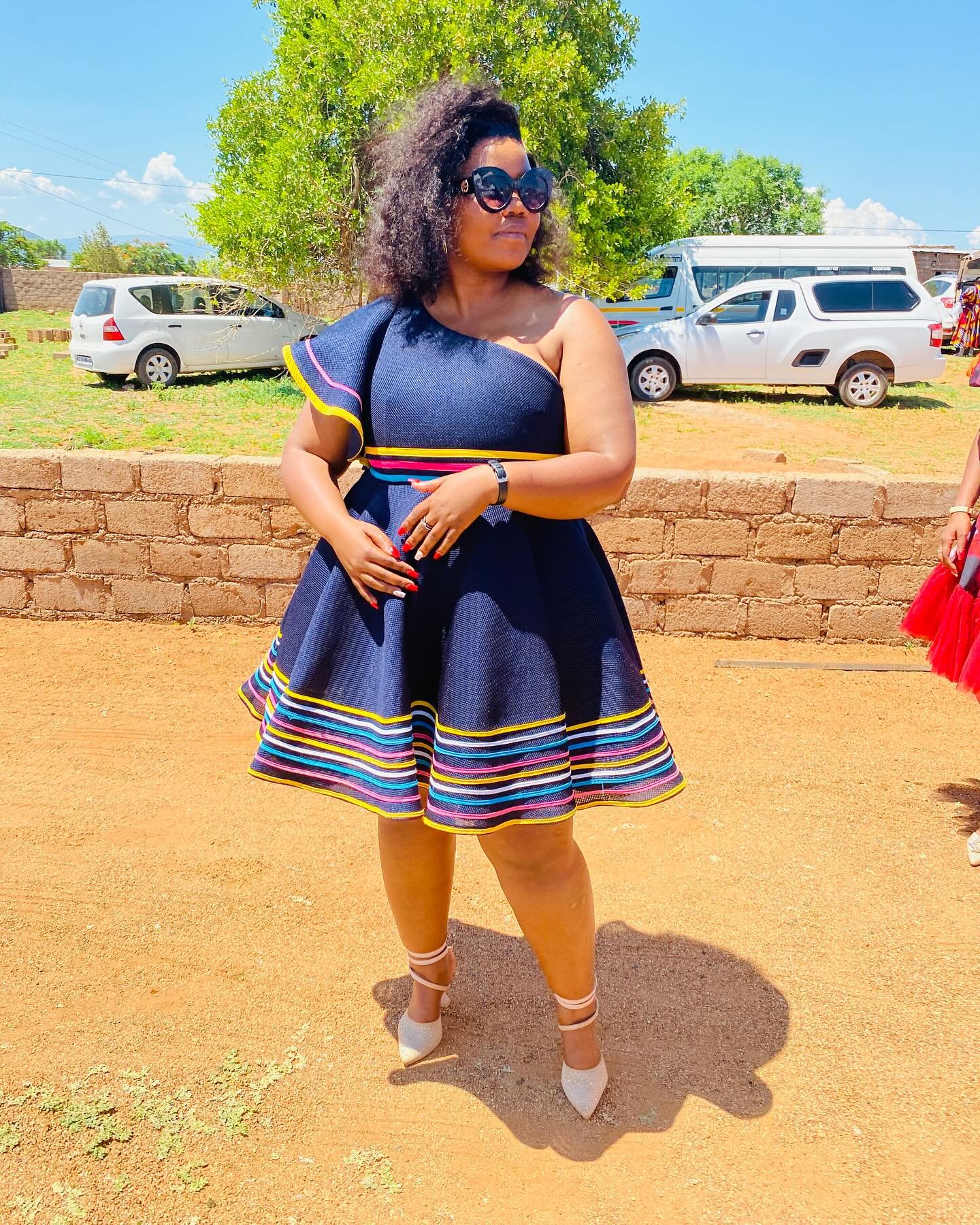
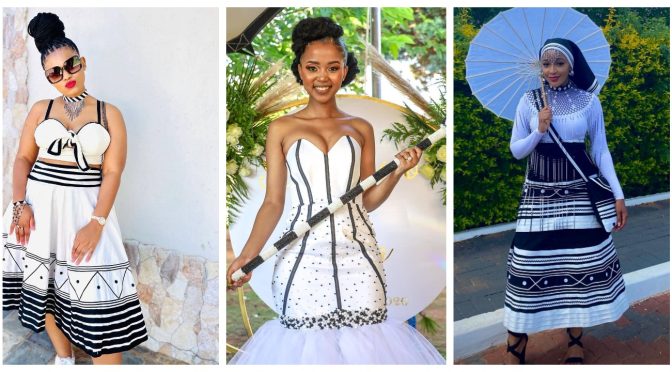
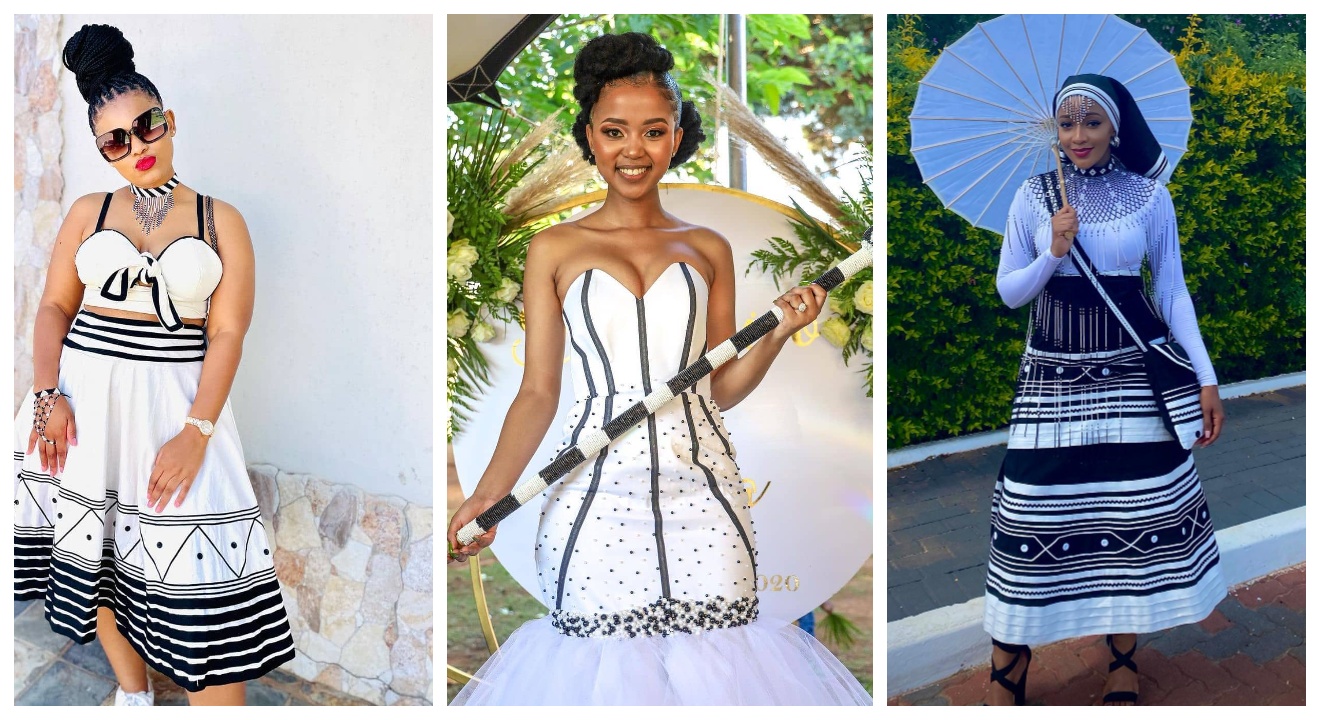
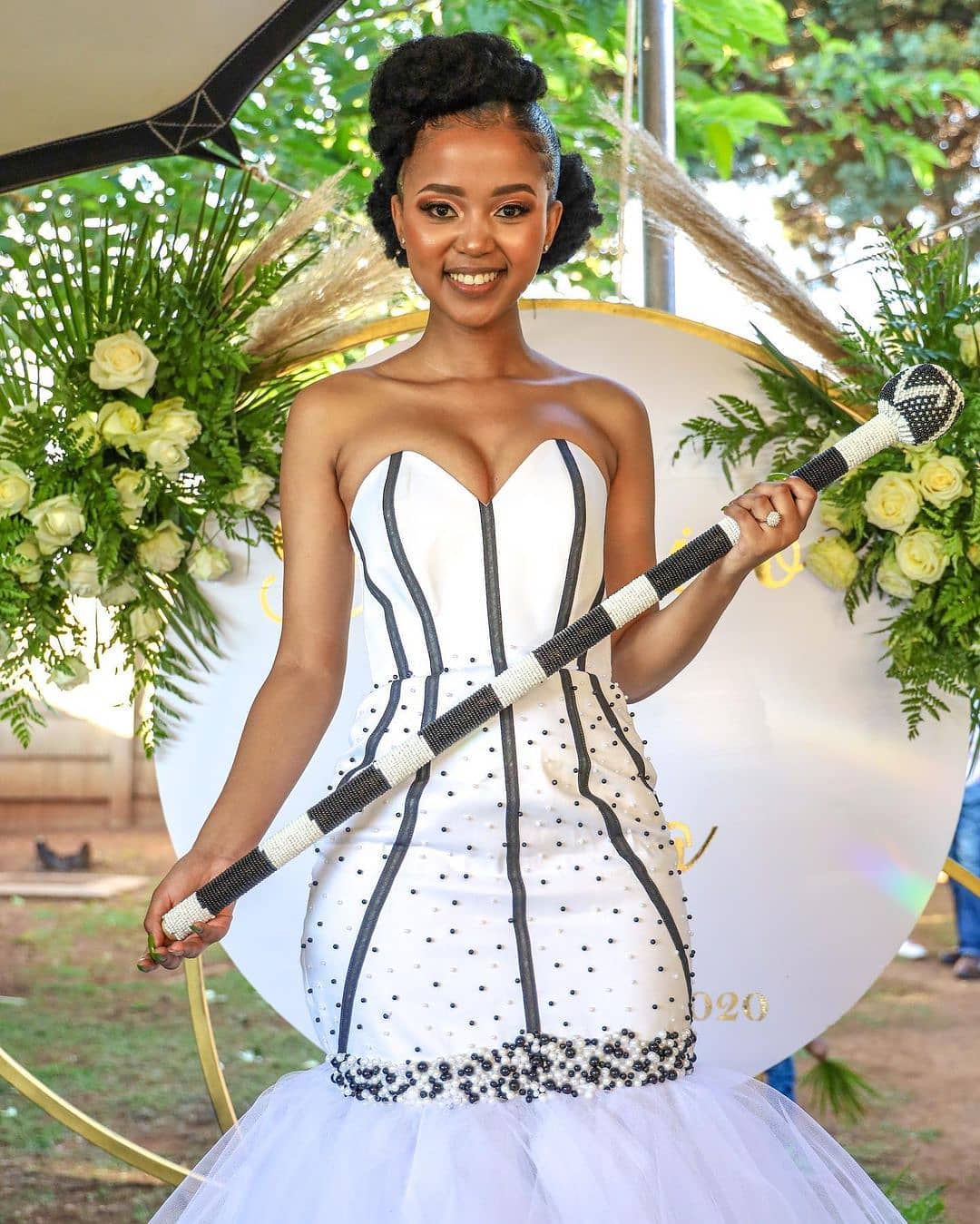
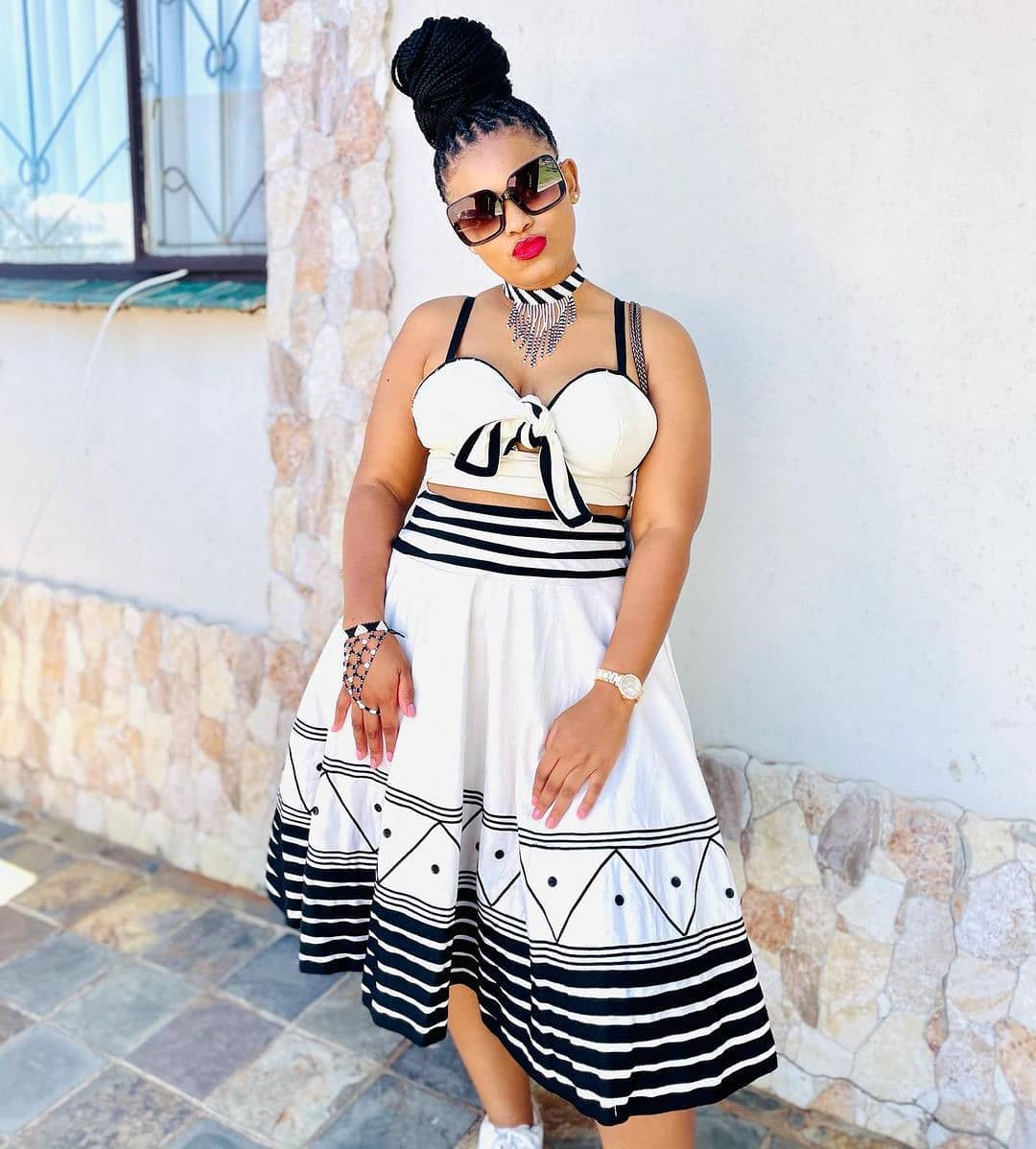
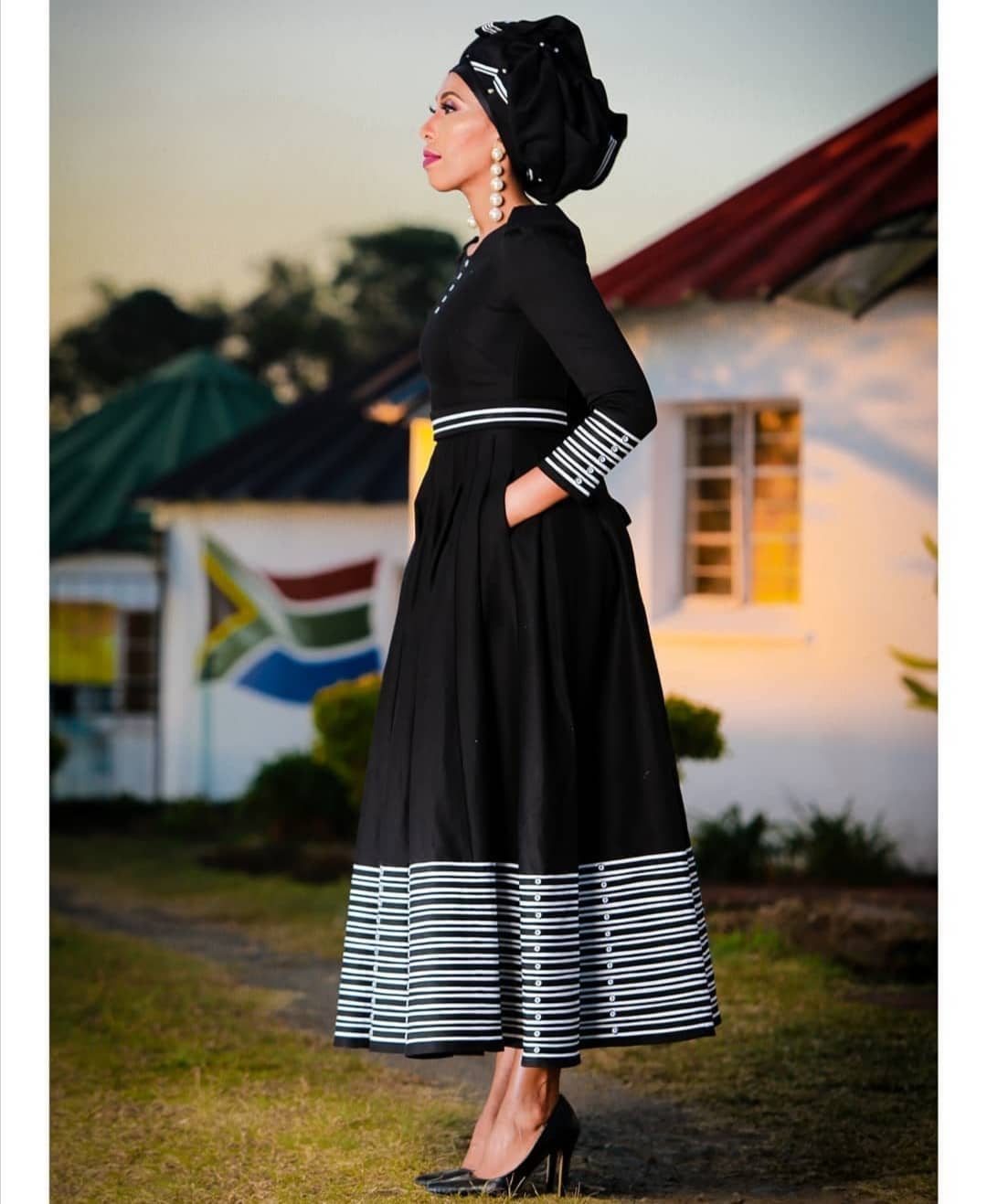
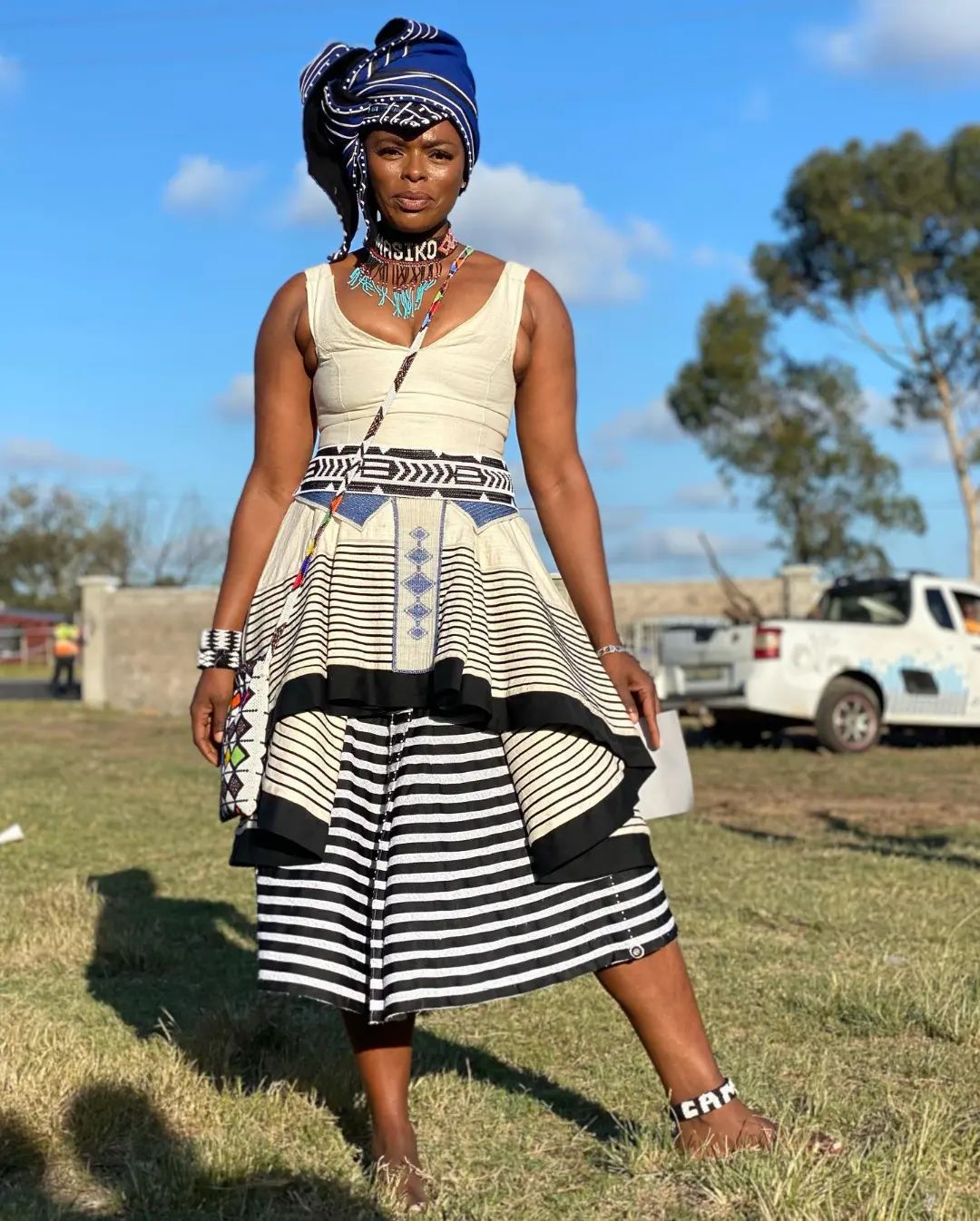
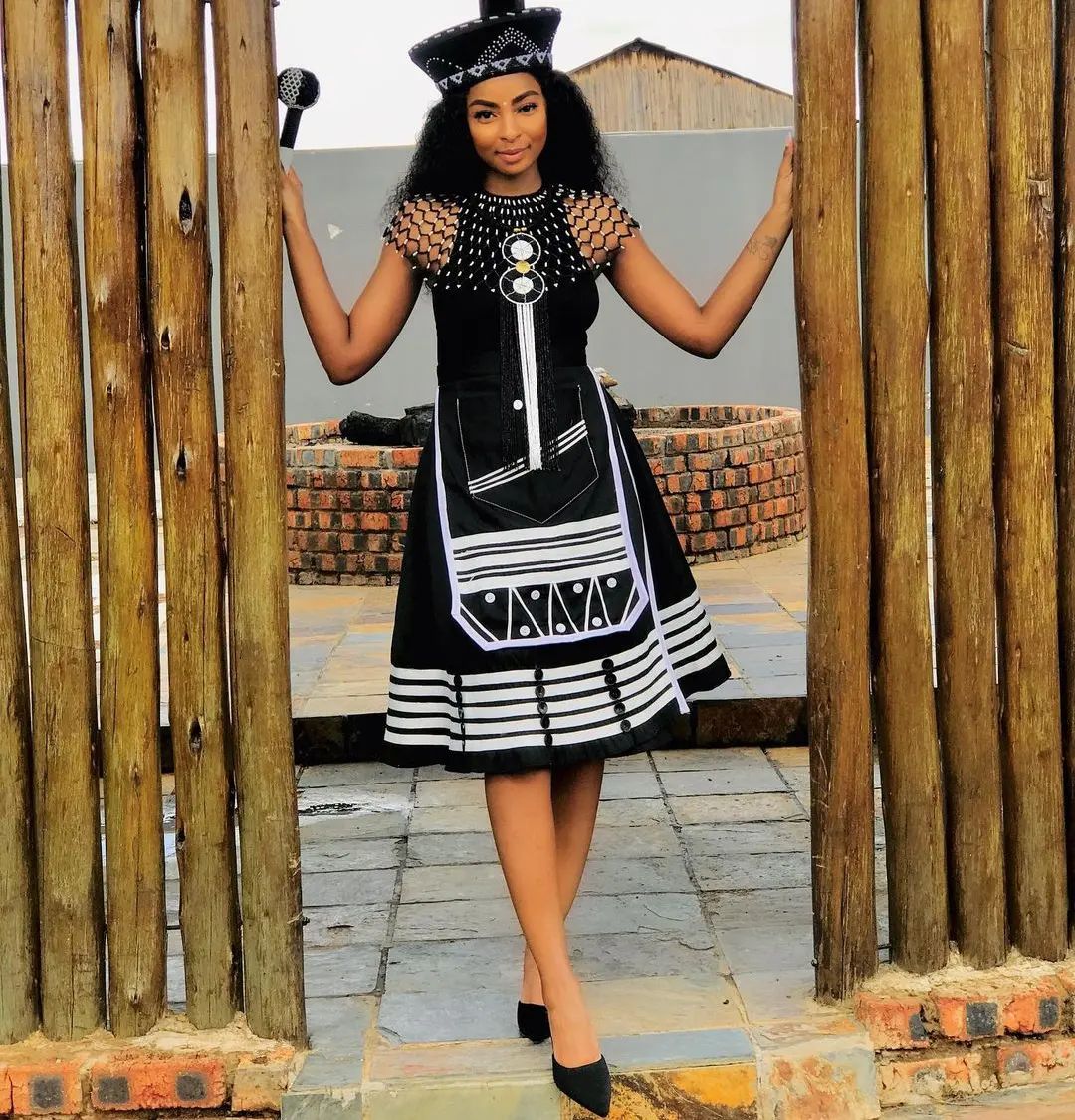
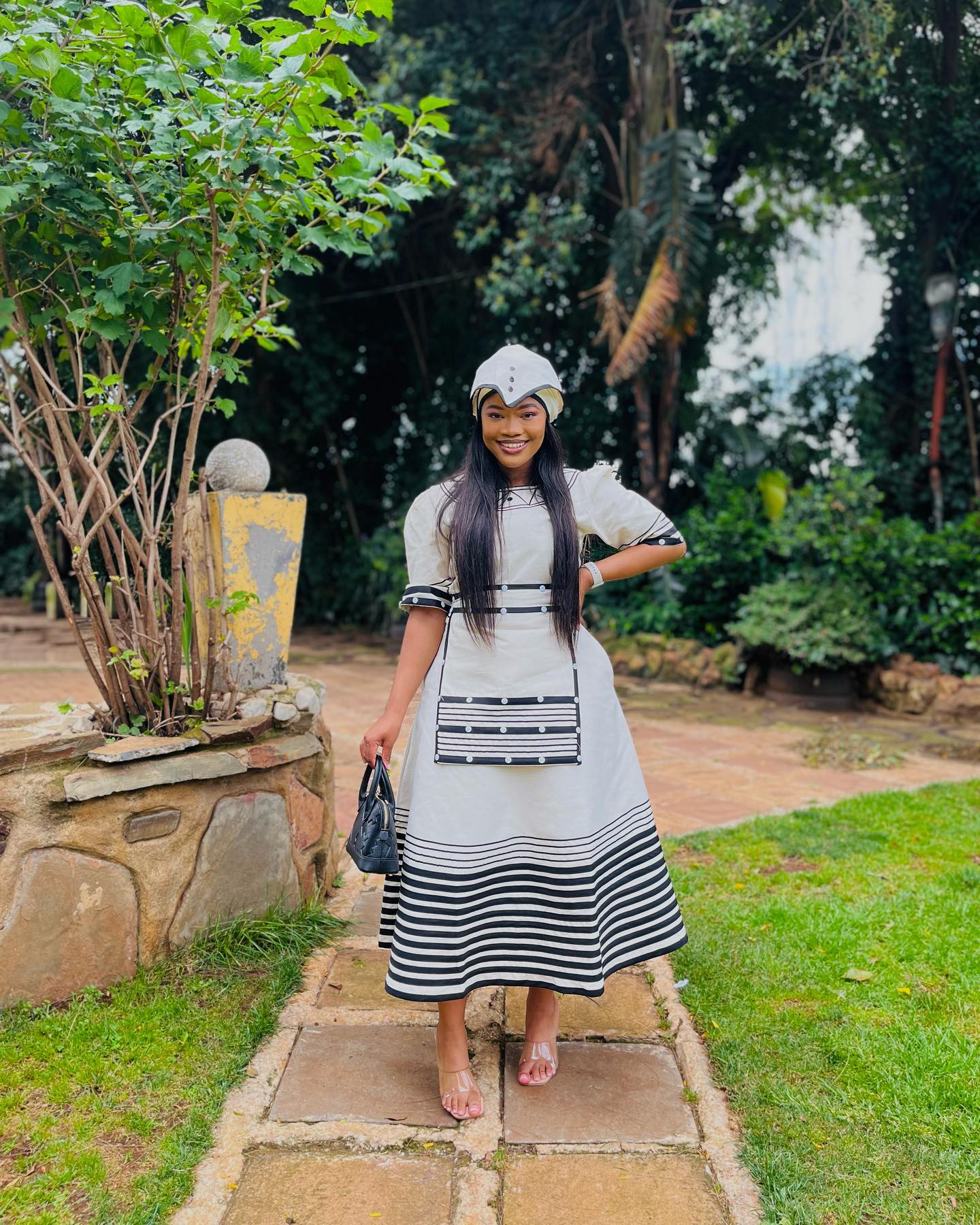
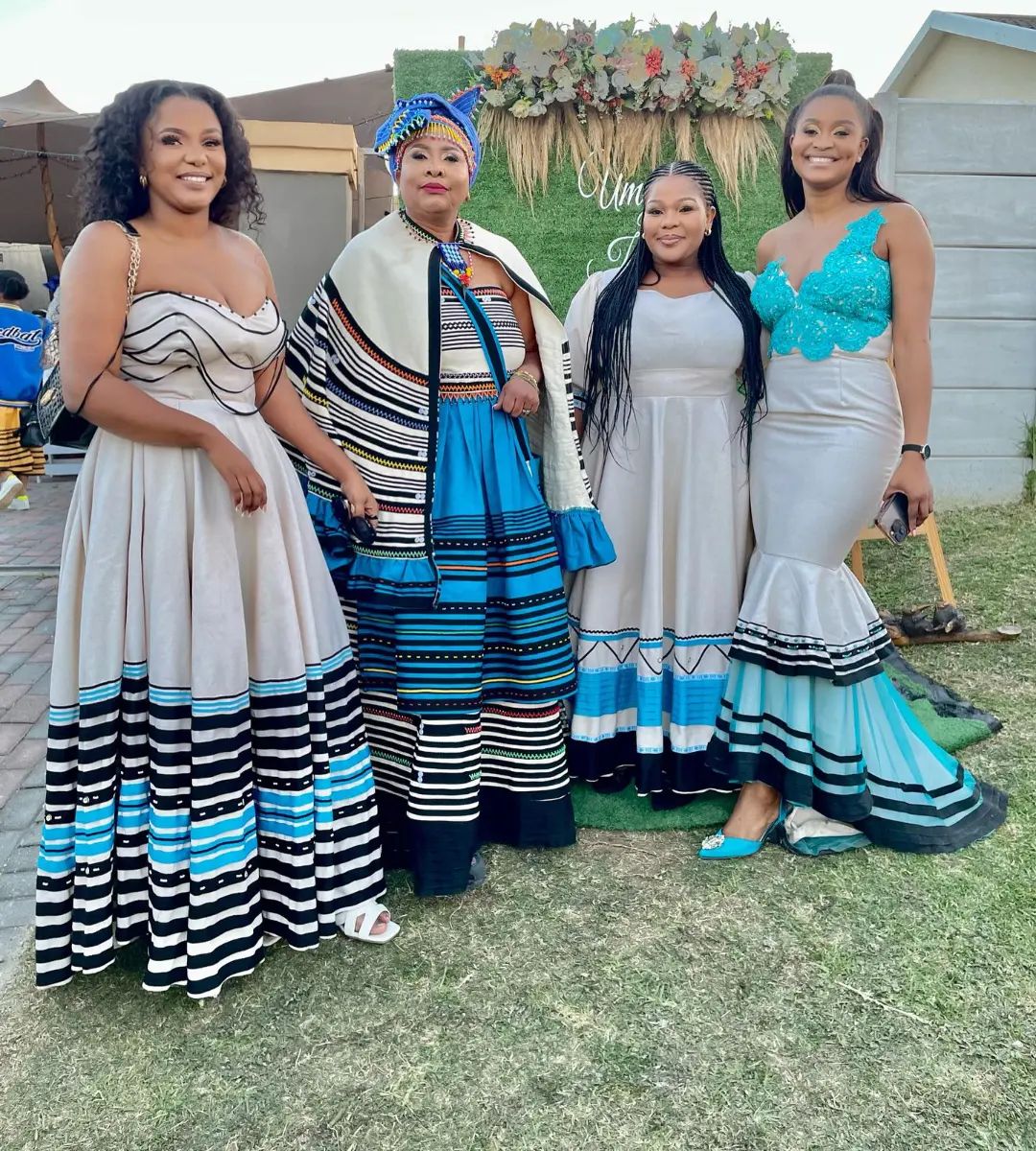
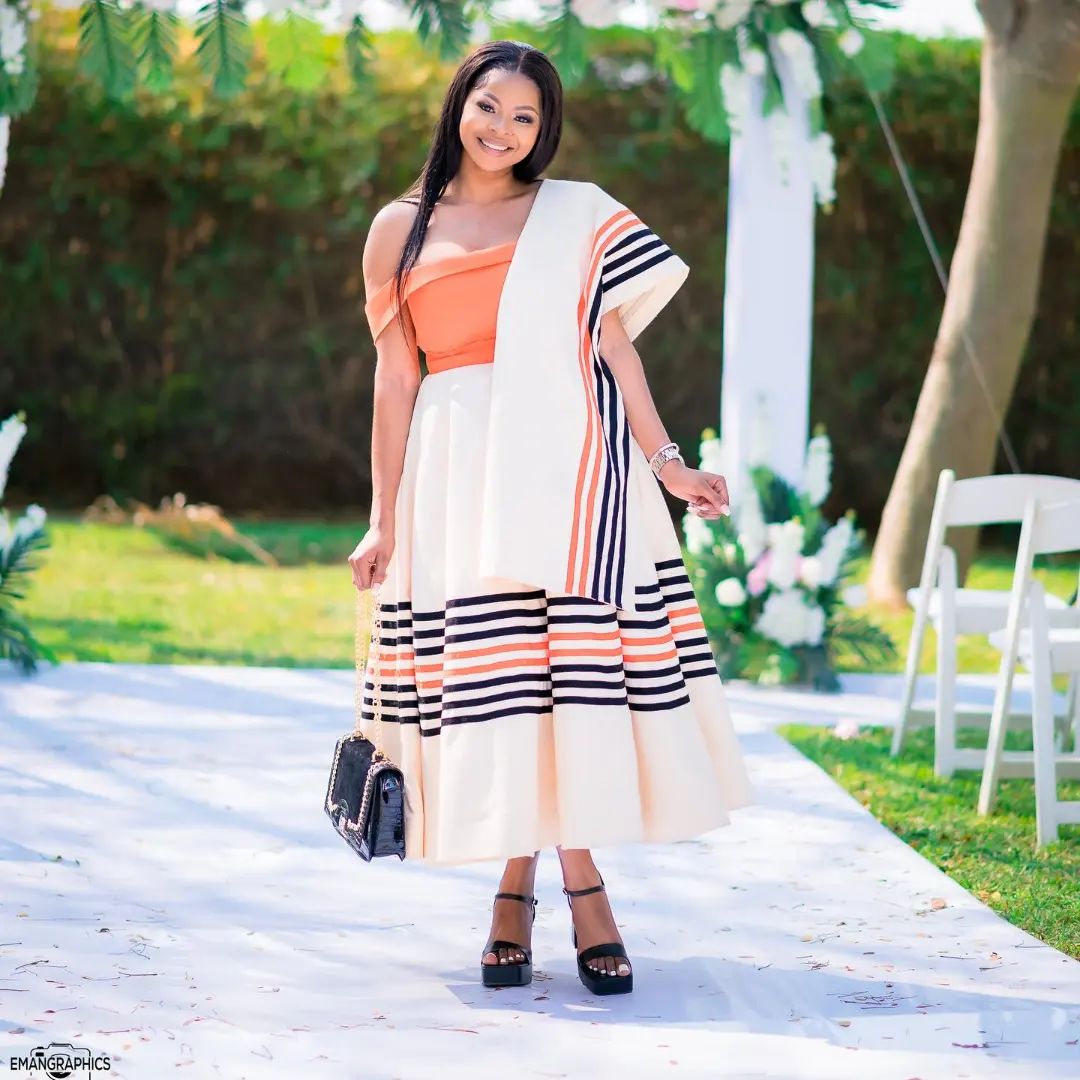
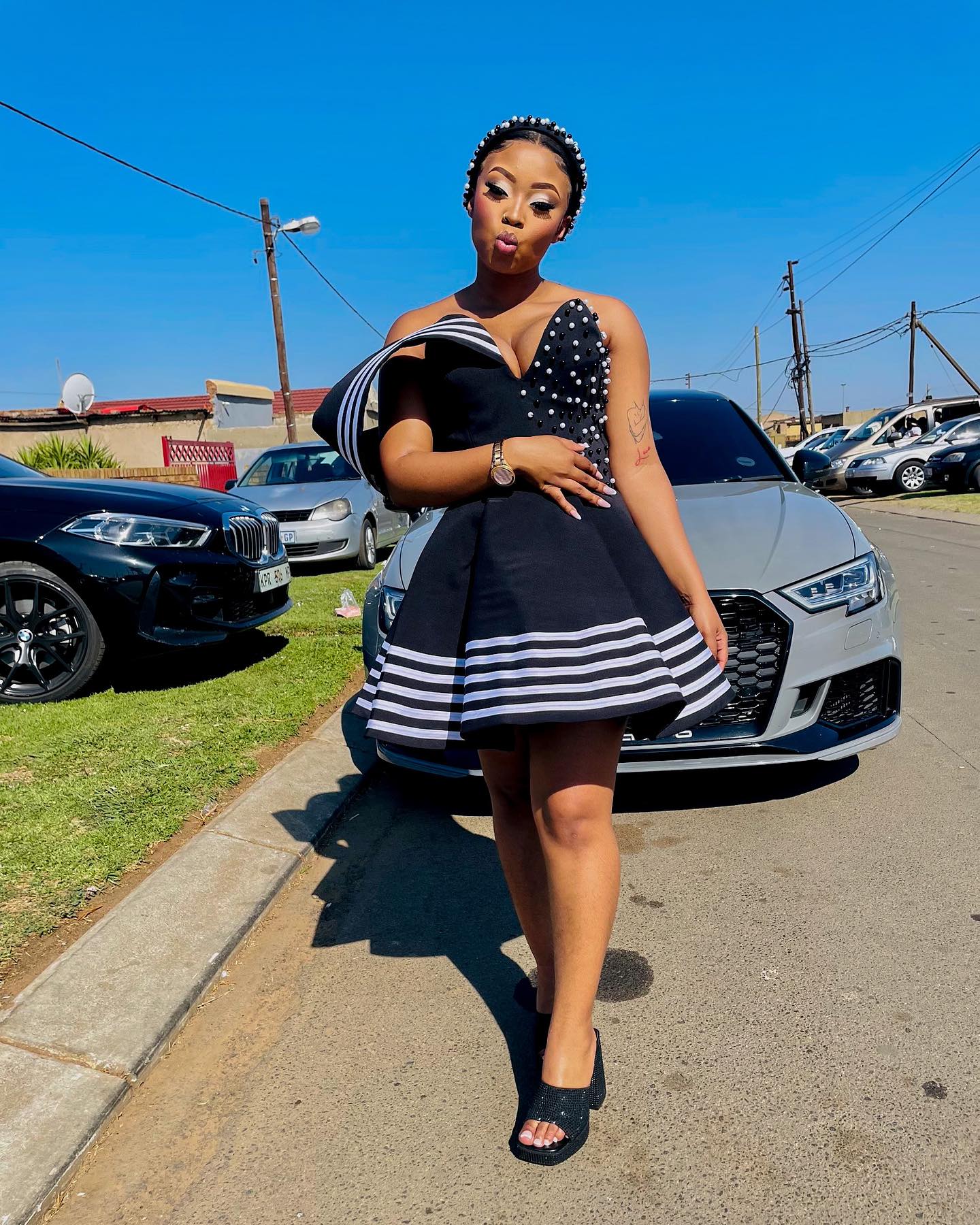
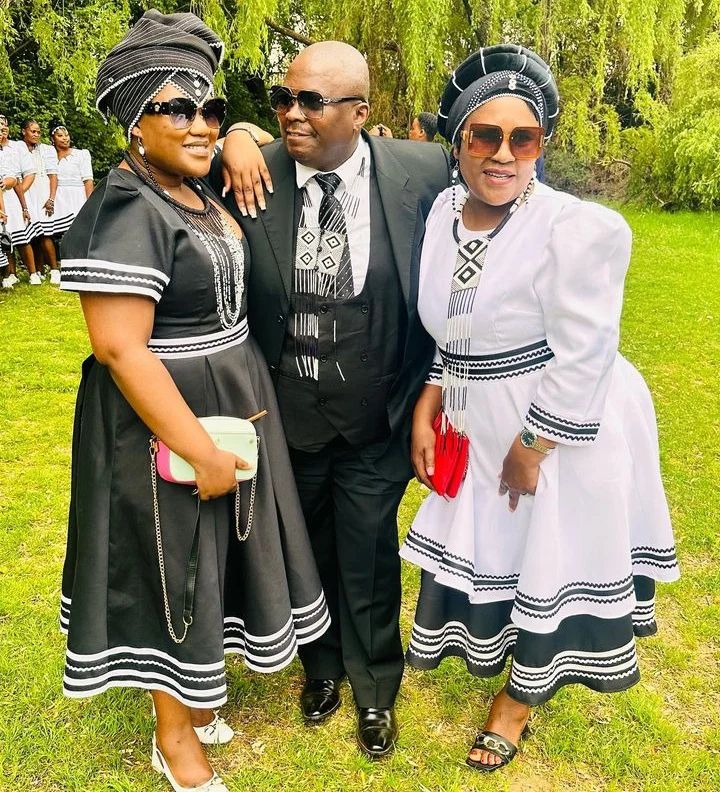
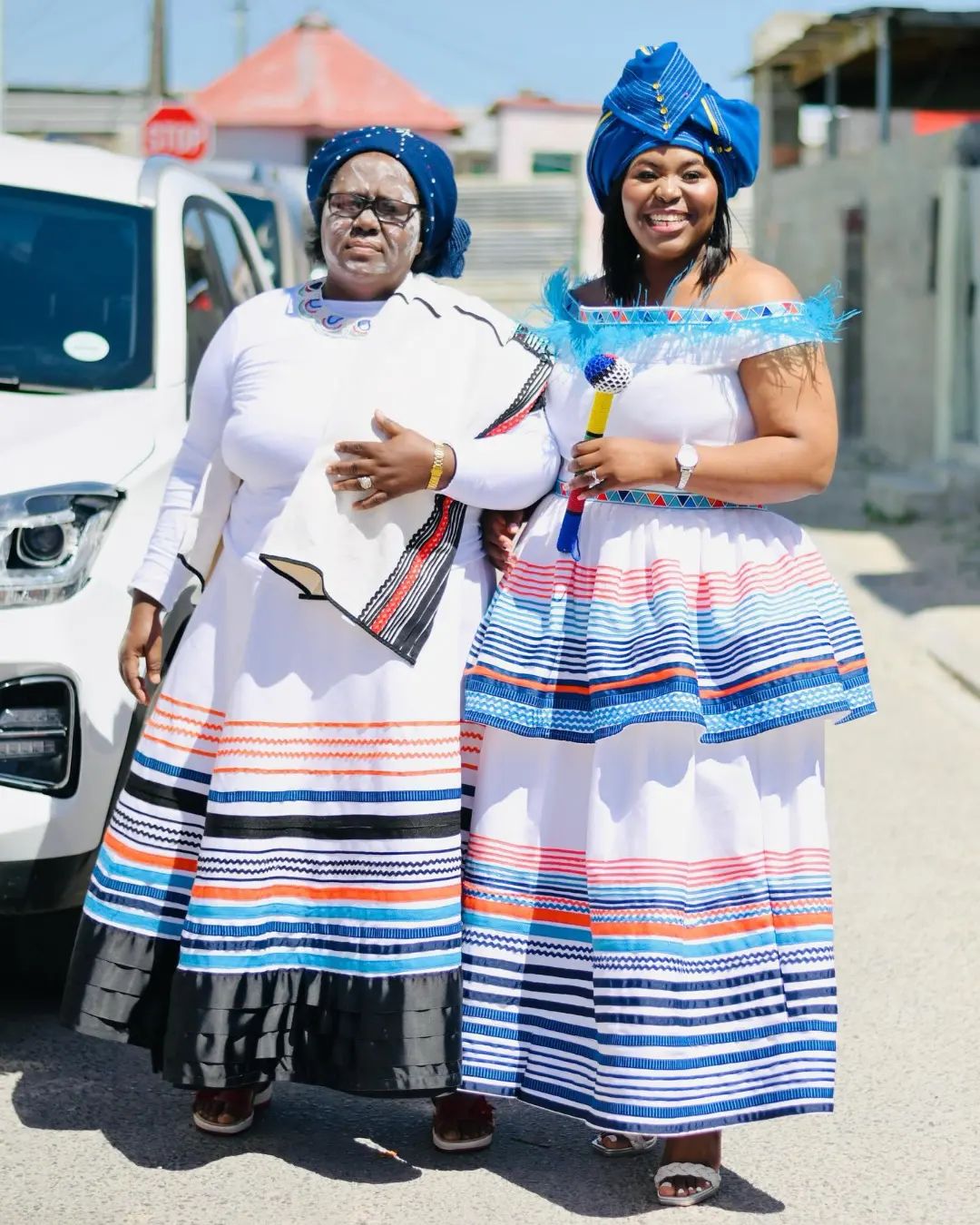
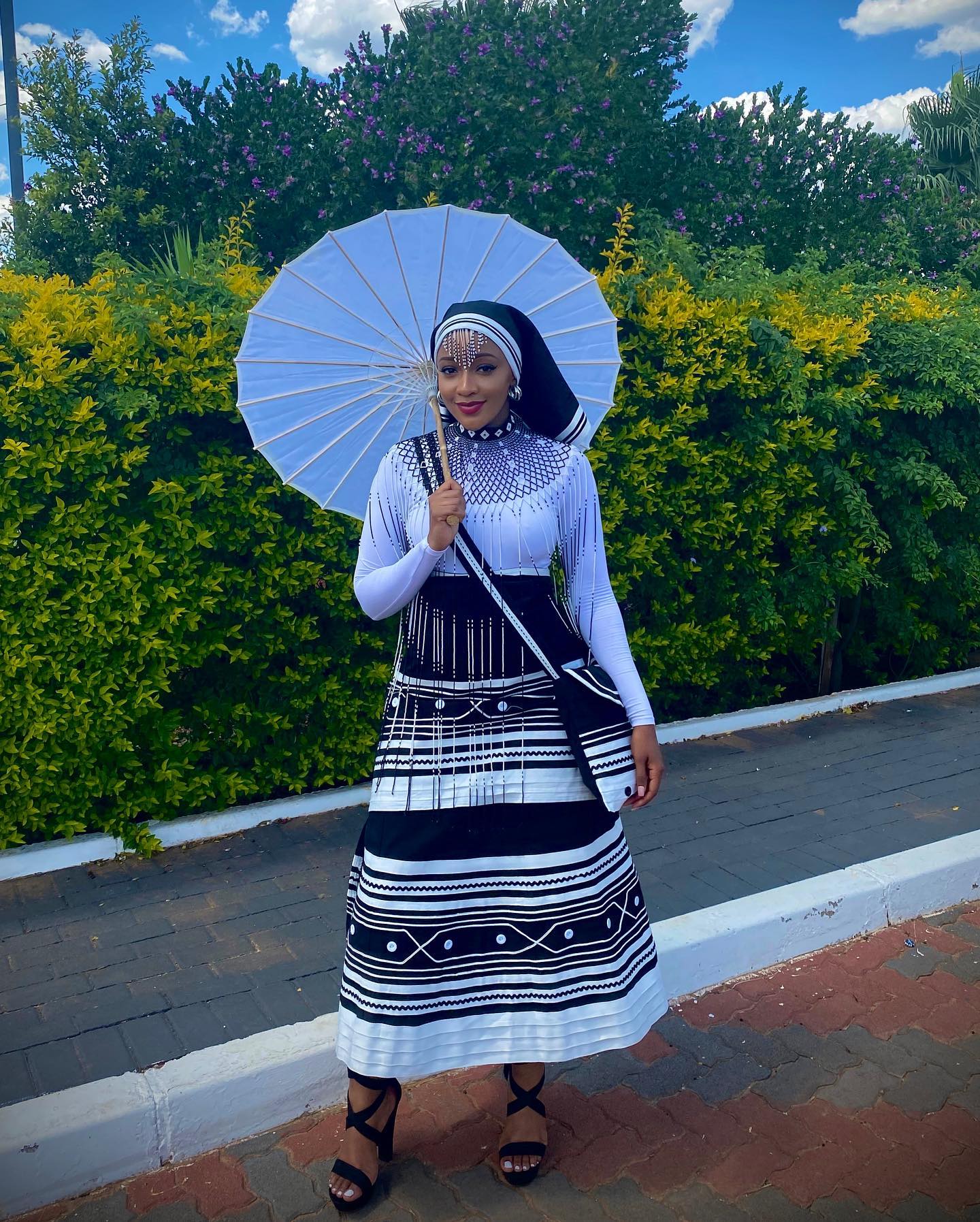
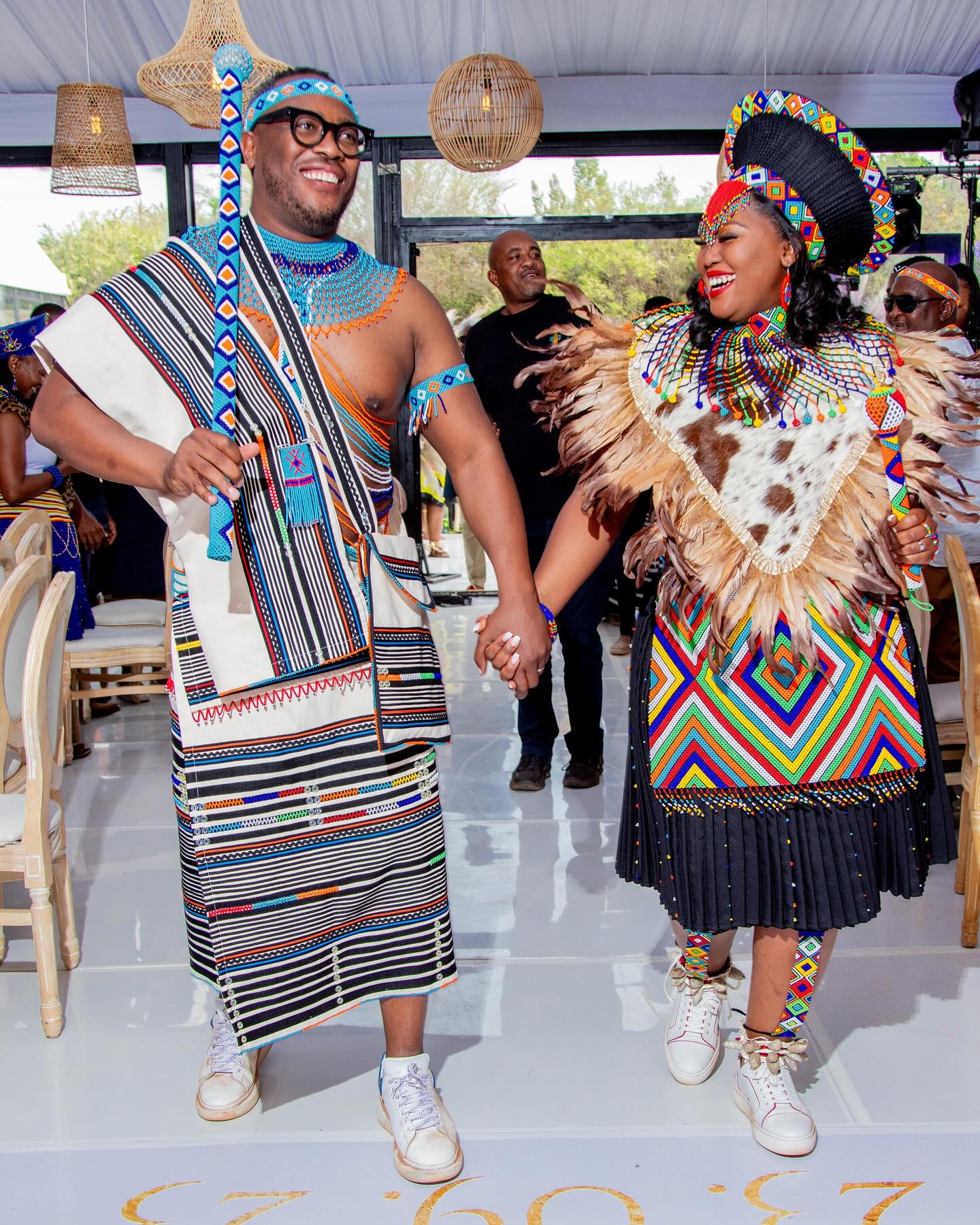
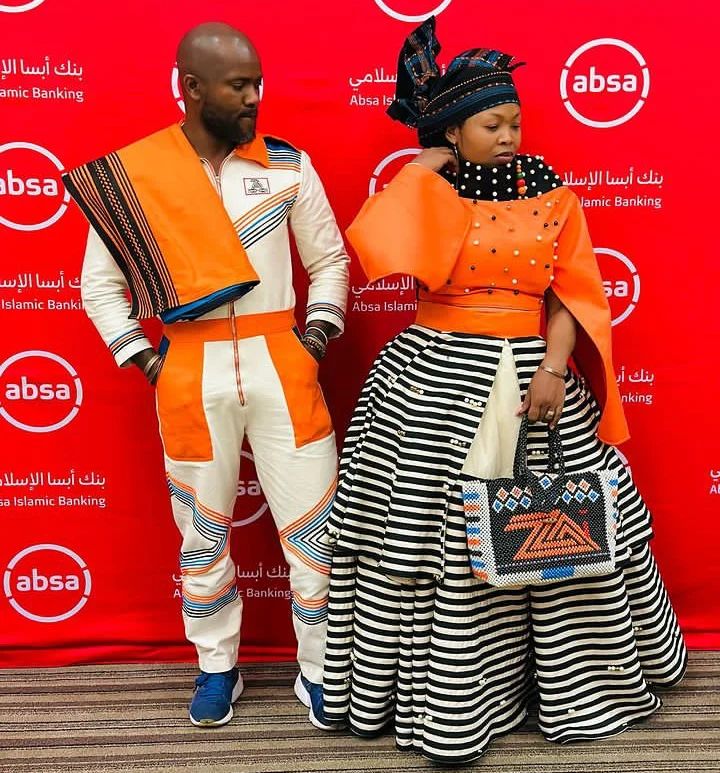
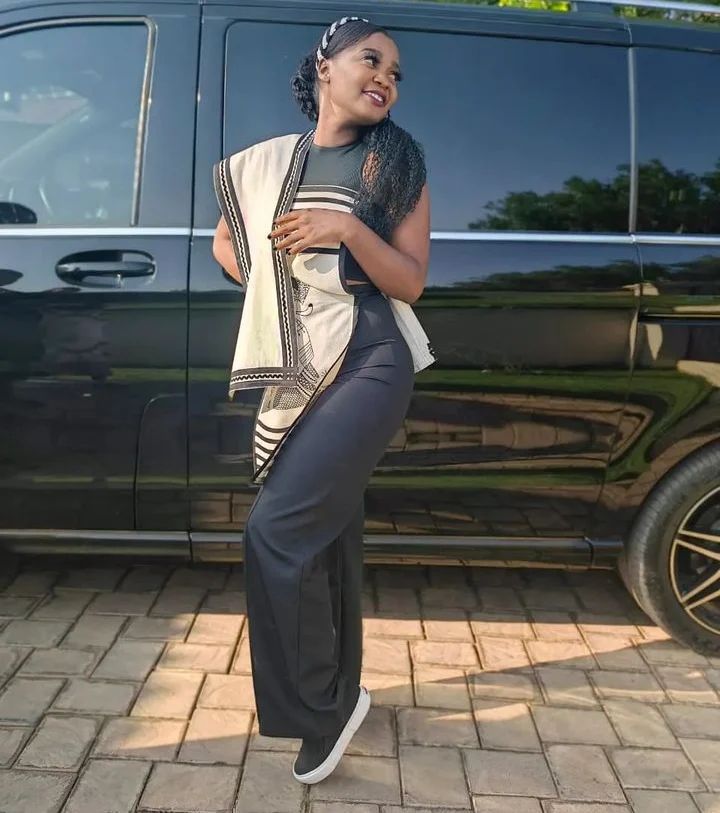
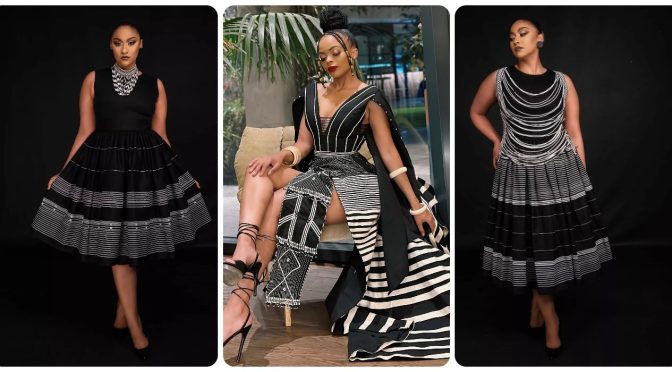
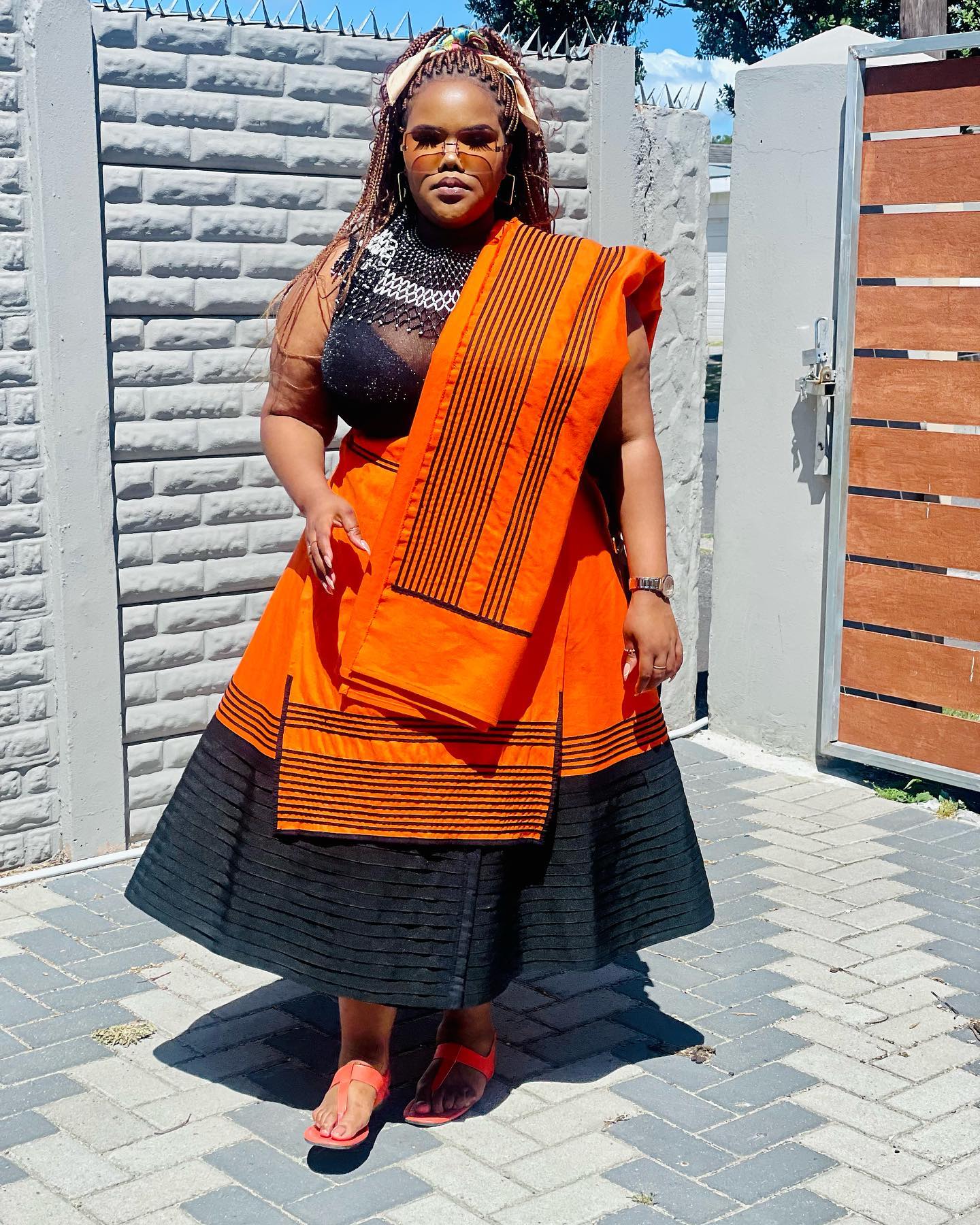 Our patterns no longer solely regulate to the wintry rainfall still African actuality for girls and days too.
Our patterns no longer solely regulate to the wintry rainfall still African actuality for girls and days too.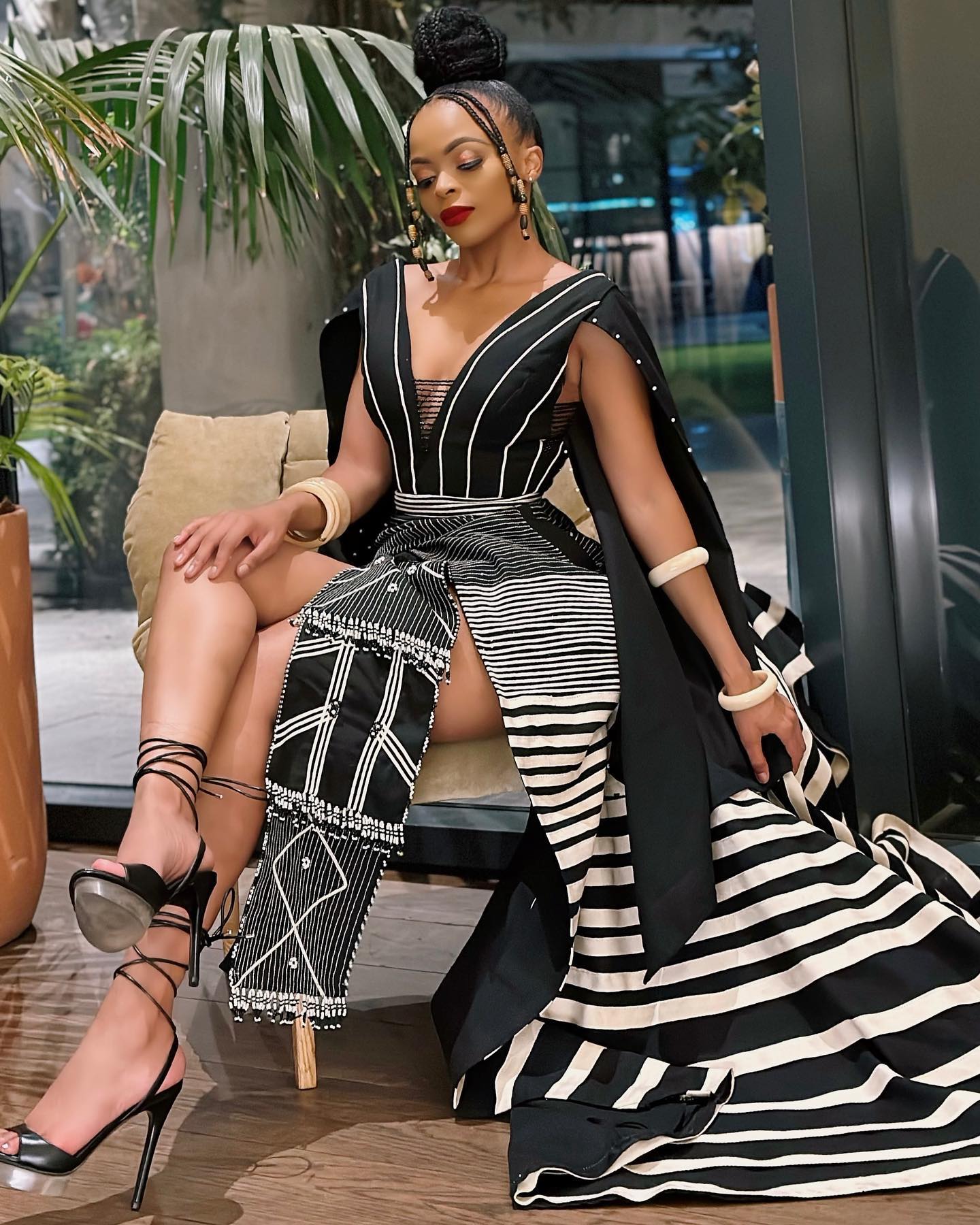
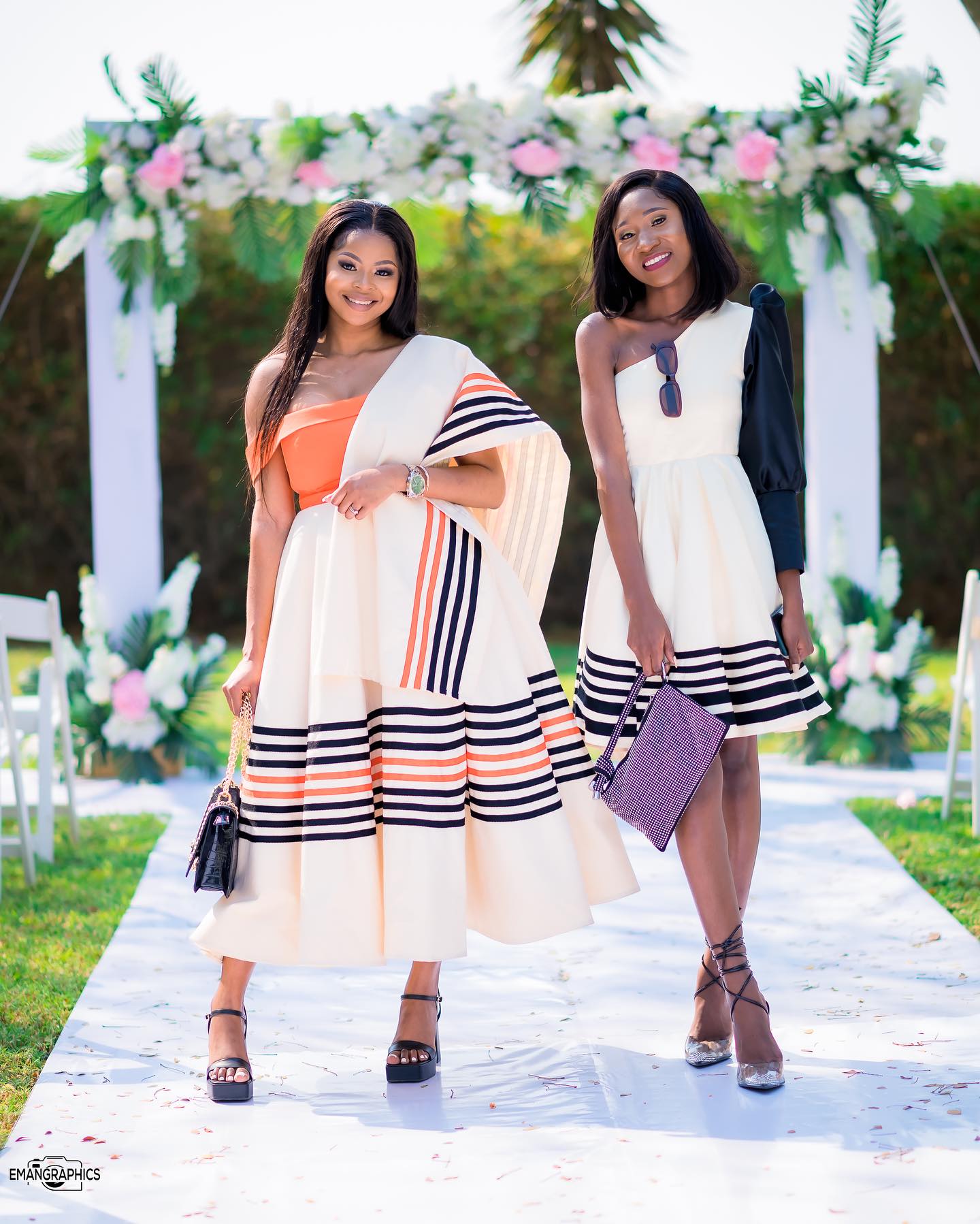
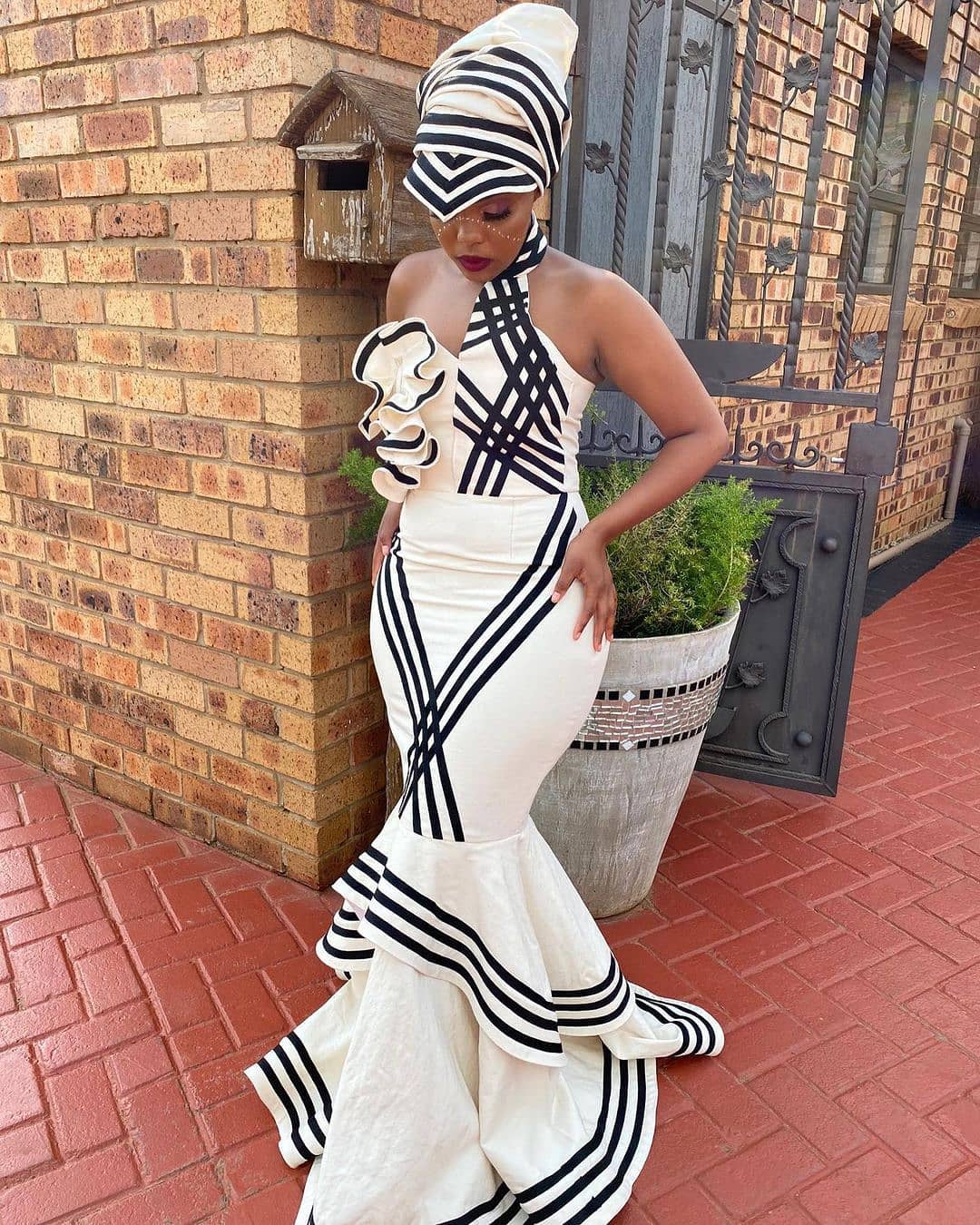 Across the times, we’ve observed anyone who consists of distinctive African Xhosa Traditional Dresses, conforming of the Kitenge and Kente.
Across the times, we’ve observed anyone who consists of distinctive African Xhosa Traditional Dresses, conforming of the Kitenge and Kente.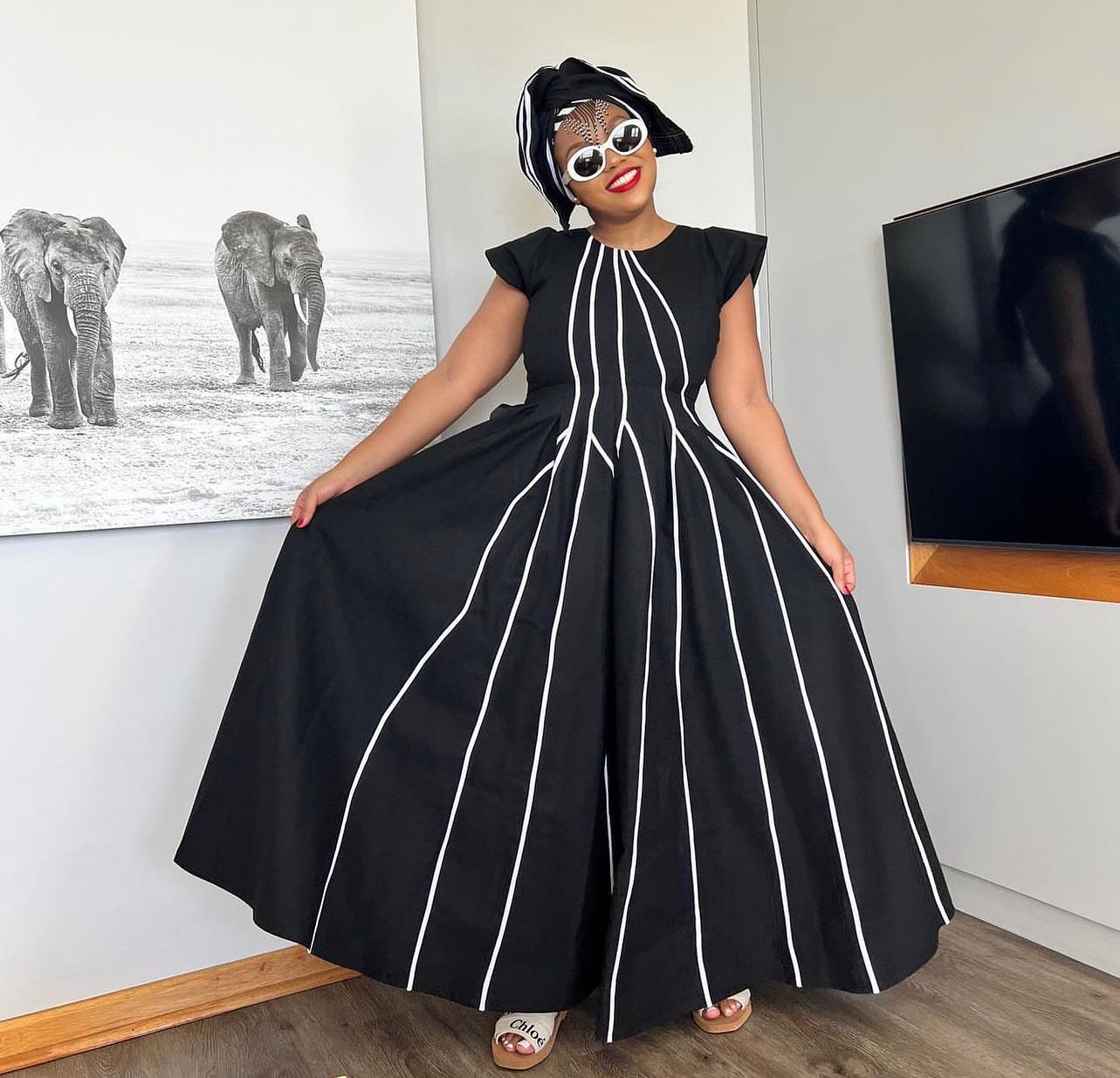
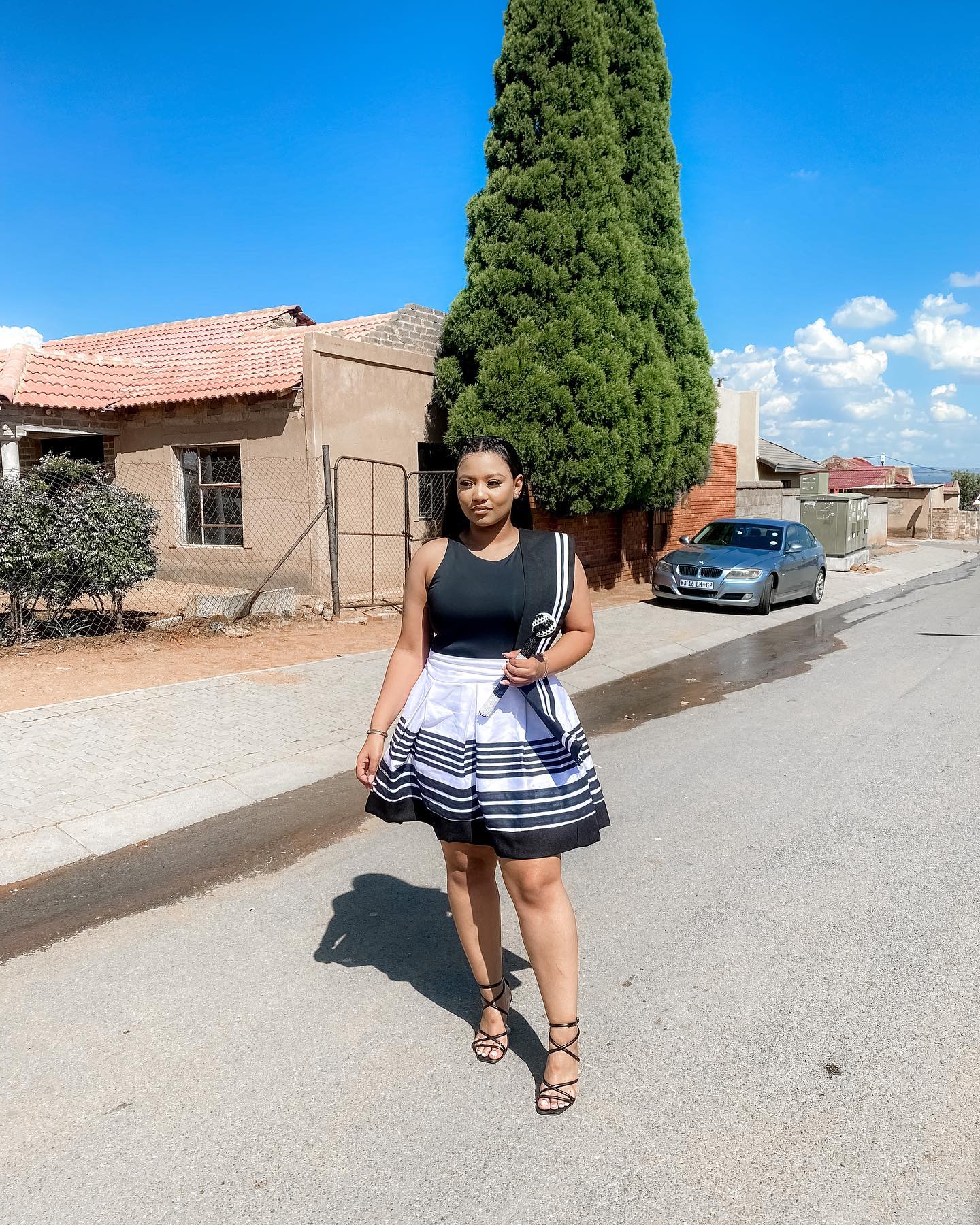
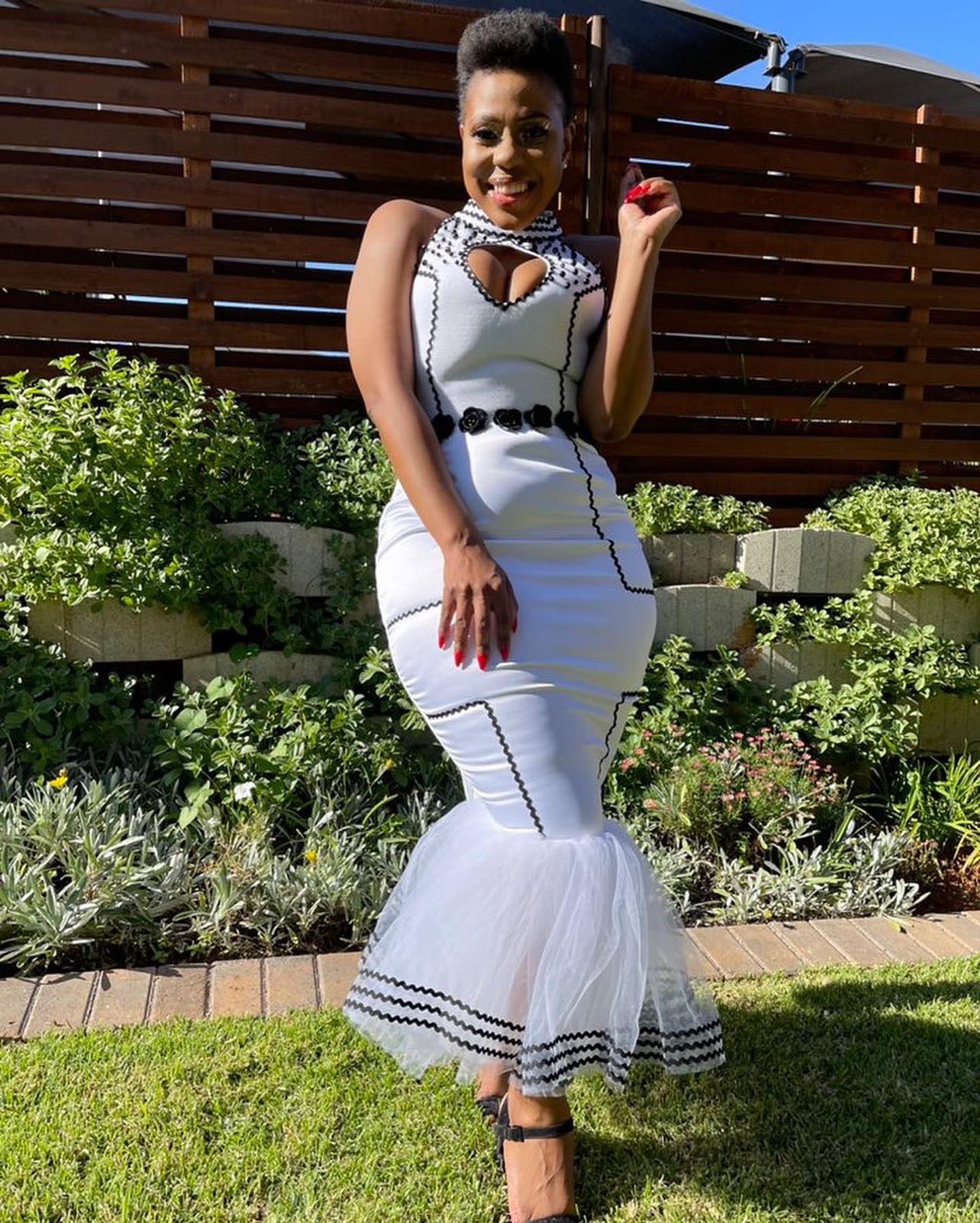 In as numerous as the information( dressing) exchanges stays to take place, some humans stay class-specific like the Xhosa regular marriage form vesture in 2024.
In as numerous as the information( dressing) exchanges stays to take place, some humans stay class-specific like the Xhosa regular marriage form vesture in 2024.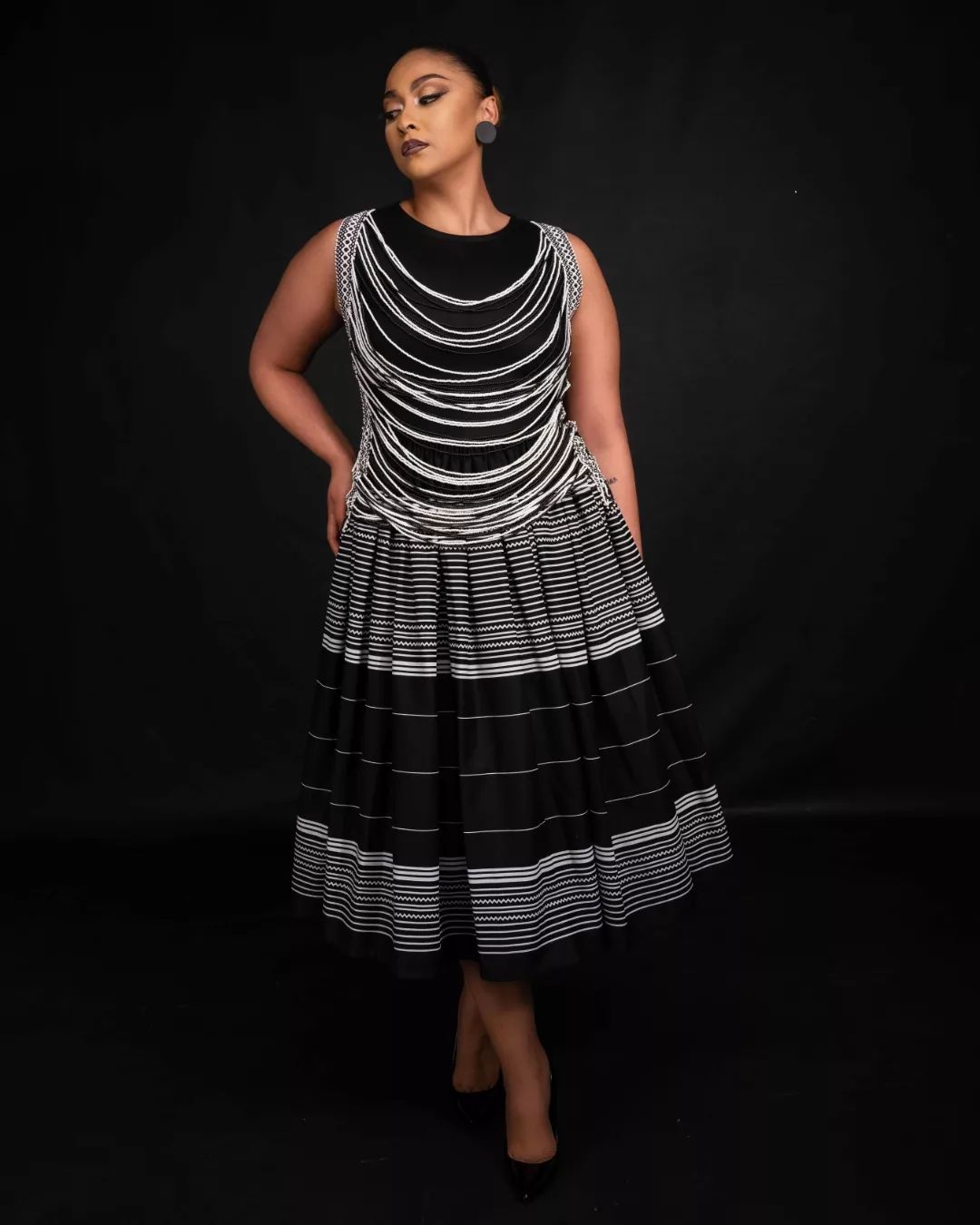 You can choose the shade of the rainbow, and we ’ve probable seen it, which continues to parade that there’s zero incorrect with a littlenon-traditional Xhosa marriage form clothes trend variety.
You can choose the shade of the rainbow, and we ’ve probable seen it, which continues to parade that there’s zero incorrect with a littlenon-traditional Xhosa marriage form clothes trend variety.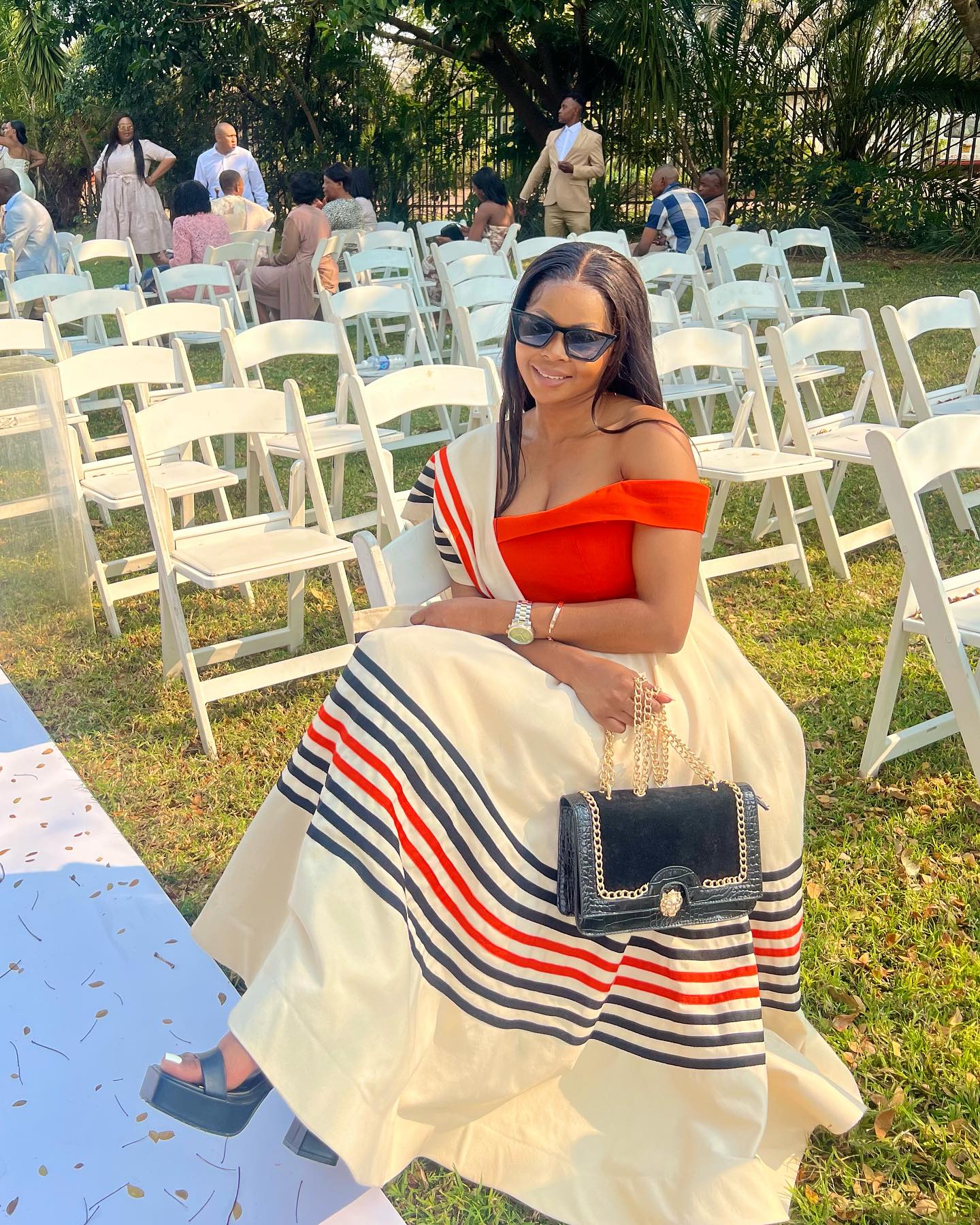 Xhosa standard vesture is a lovely and candescent garb fashion worn by means of the Xhosa humans of South Africa. The Xhosa humans are one of the topmost ethnical associations in South Africa,
Xhosa standard vesture is a lovely and candescent garb fashion worn by means of the Xhosa humans of South Africa. The Xhosa humans are one of the topmost ethnical associations in South Africa,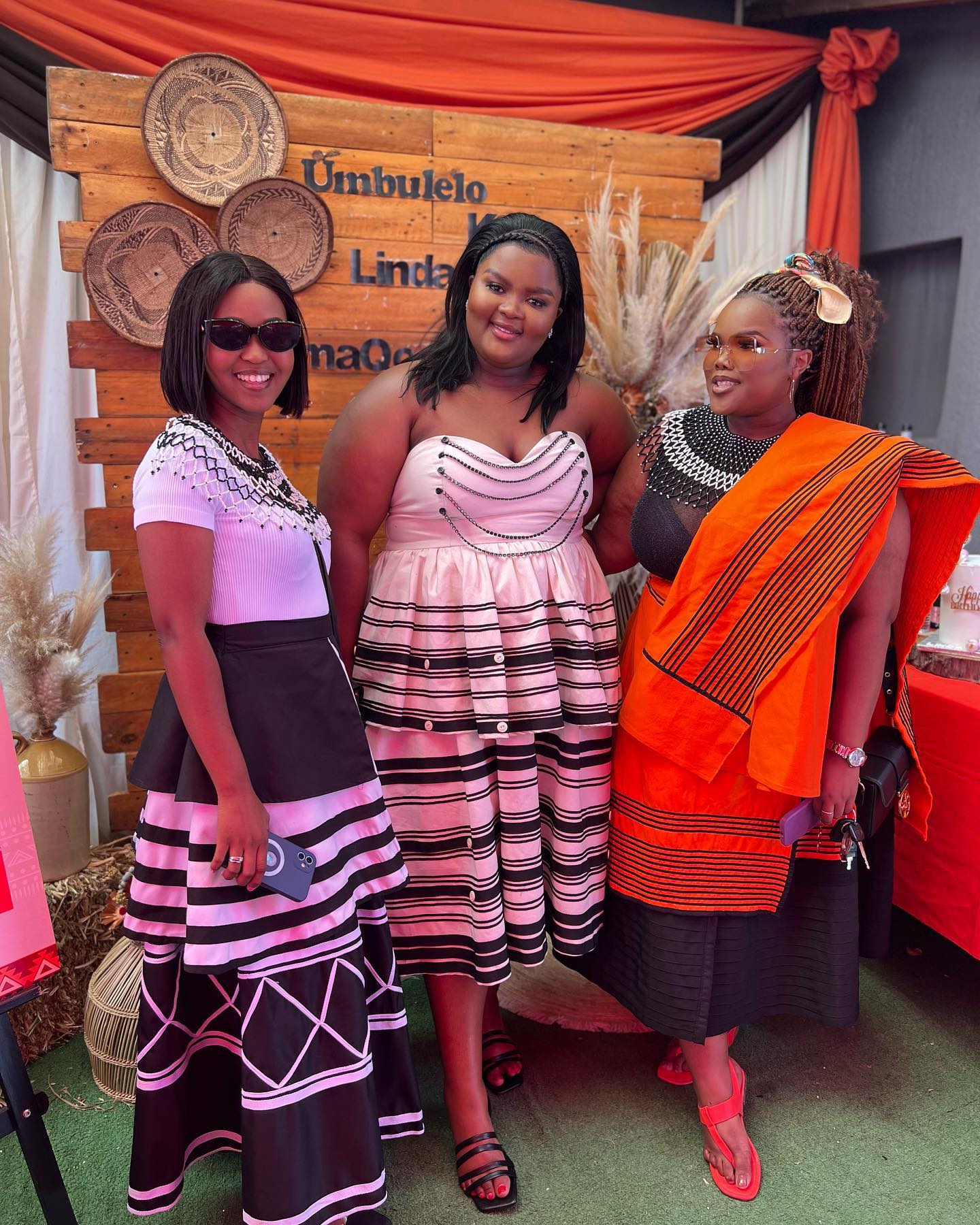 and their normal vesture is an essential factor of their artistic identity. What Traditional Clothes Do Xhosa People Wear? Despite the present day impact on African Clothing,
and their normal vesture is an essential factor of their artistic identity. What Traditional Clothes Do Xhosa People Wear? Despite the present day impact on African Clothing,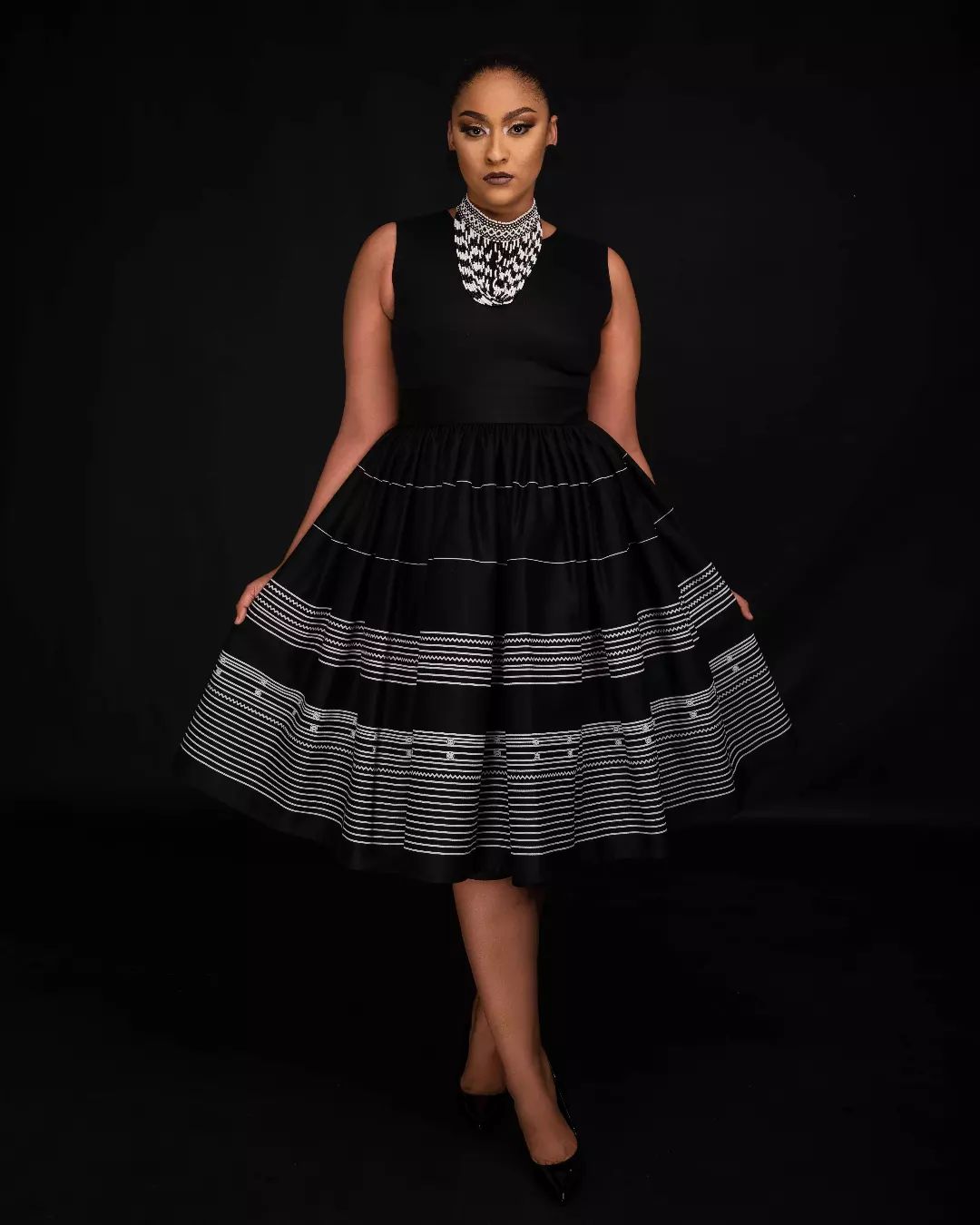
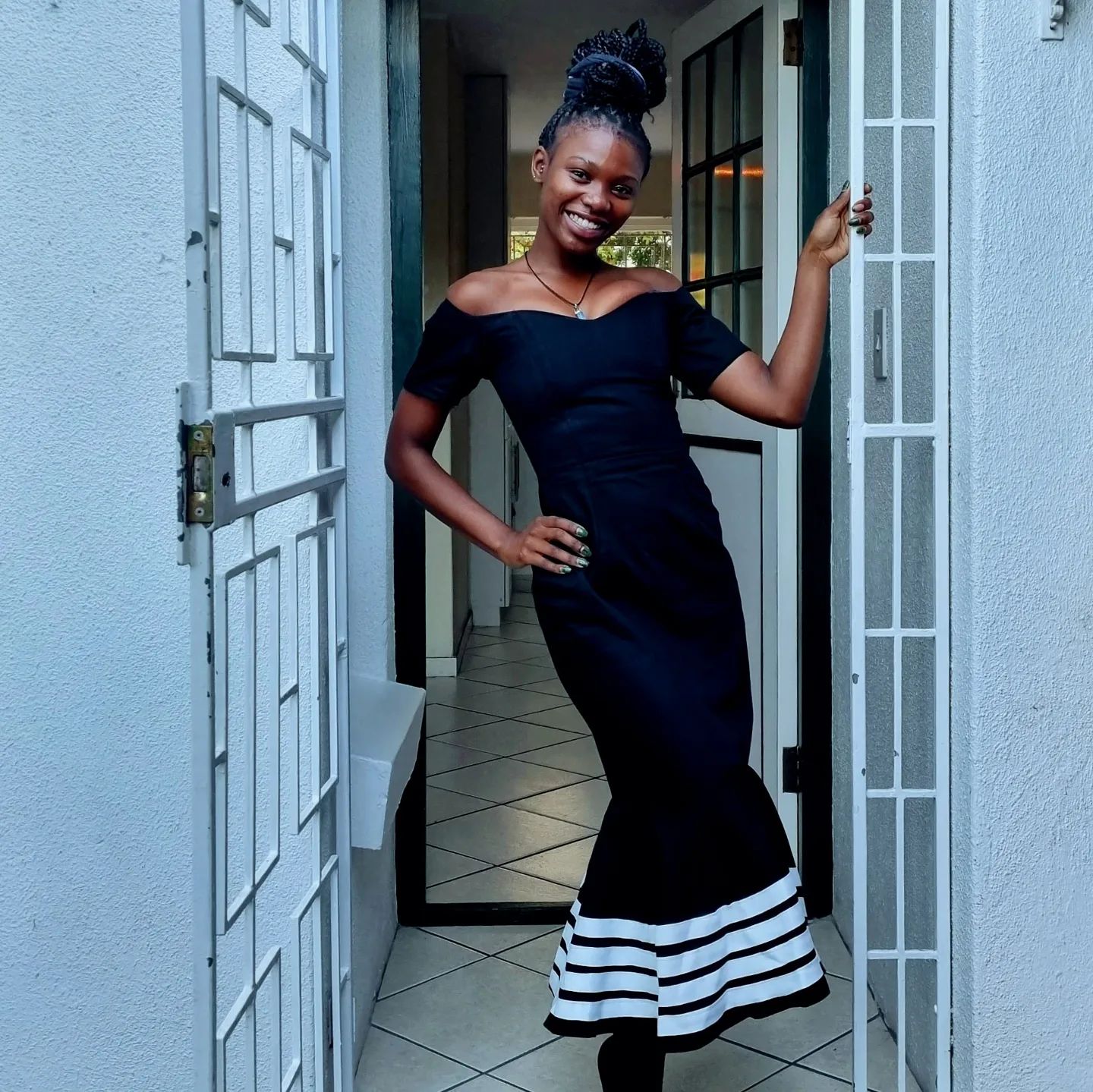 The complicated beadwork and candescent colors are a testomony to the fat artistic heritage of the Xhosa people, and their normal vesture serves as a visible memorial of their records and traditions.
The complicated beadwork and candescent colors are a testomony to the fat artistic heritage of the Xhosa people, and their normal vesture serves as a visible memorial of their records and traditions.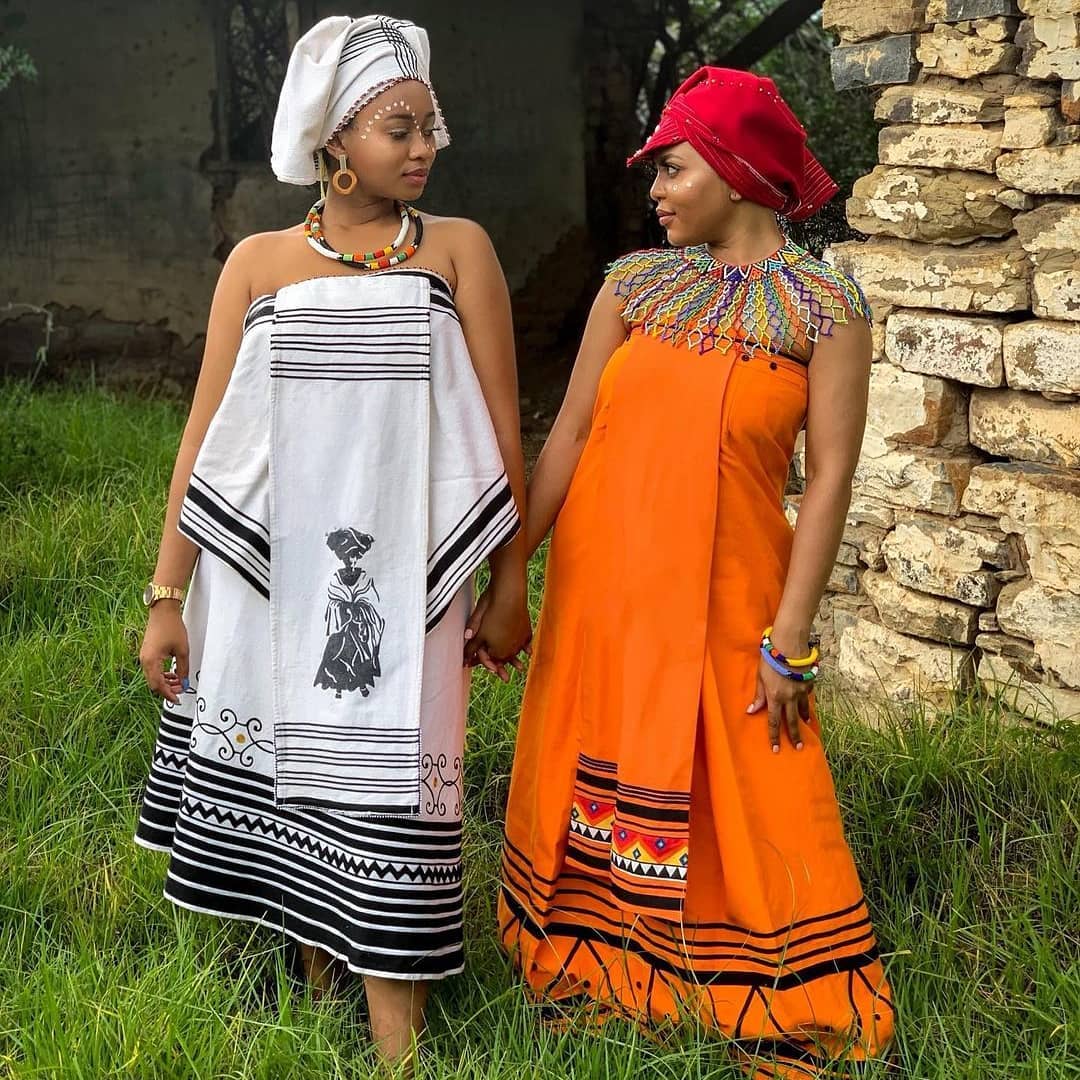 Xhosa normal vesture is worn on unique events similar as marriages, sepultures, and different vital events. It’s also worn for common balls and observances.
Xhosa normal vesture is worn on unique events similar as marriages, sepultures, and different vital events. It’s also worn for common balls and observances.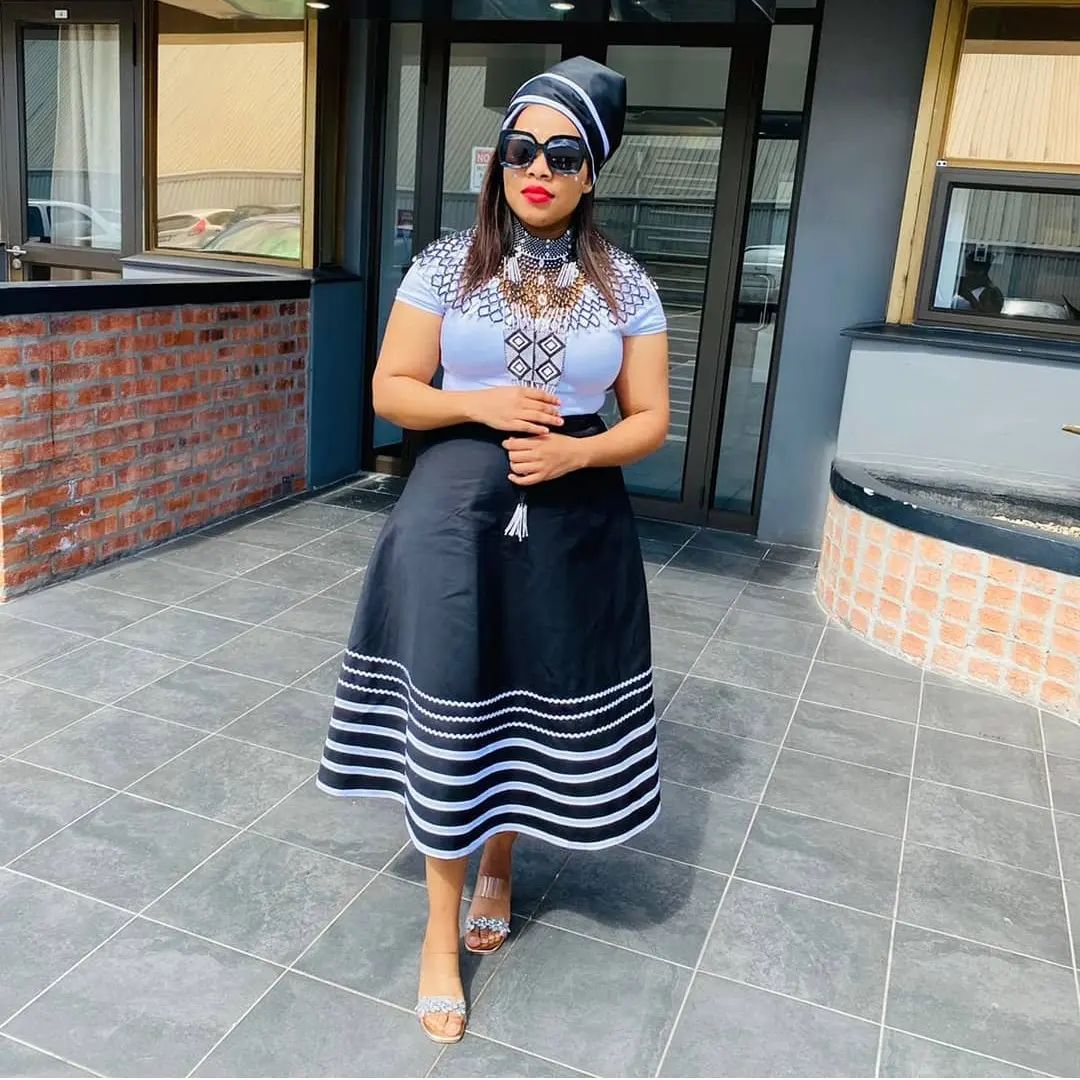 In rearmost times, Xhosa Attire typical vesture has entered recognition as a fashion statement, and numerous contrivers have integrated factors of Xhosa regular vesture into their current designs.
In rearmost times, Xhosa Attire typical vesture has entered recognition as a fashion statement, and numerous contrivers have integrated factors of Xhosa regular vesture into their current designs.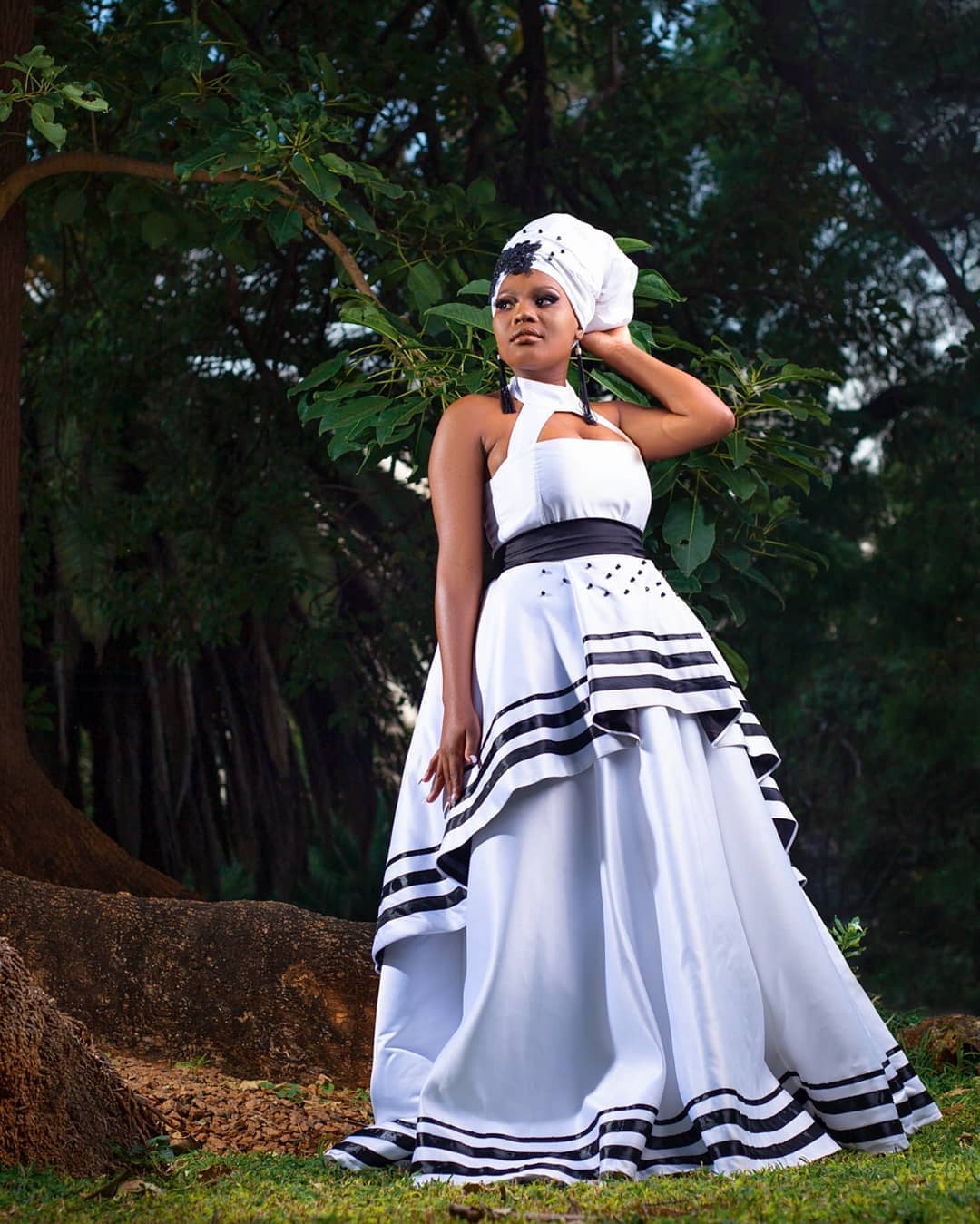 Xhosa usual vesture for guys consists of a long- sleeved shirt regarded as an “ inyoka, ” which is constantly made from cotton or hair. This shirt is typically worn with trousers or films made from the equal material.
Xhosa usual vesture for guys consists of a long- sleeved shirt regarded as an “ inyoka, ” which is constantly made from cotton or hair. This shirt is typically worn with trousers or films made from the equal material.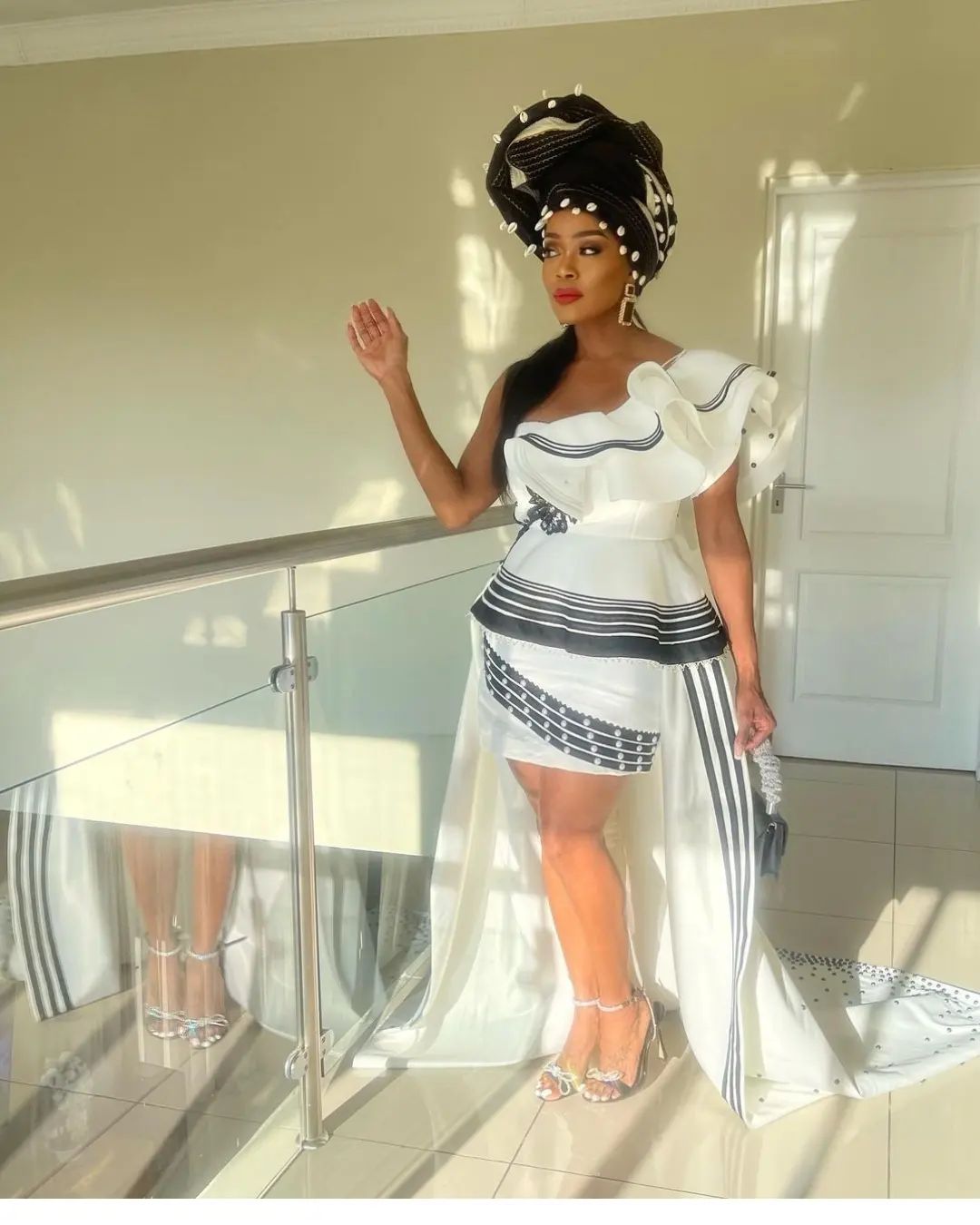 Men also put on a rounded choker known as an “ inkciyo ” and a ordinary chapeau honored as an “ iqhiya, ” which is made from beast pores and skin .
Men also put on a rounded choker known as an “ inkciyo ” and a ordinary chapeau honored as an “ iqhiya, ” which is made from beast pores and skin .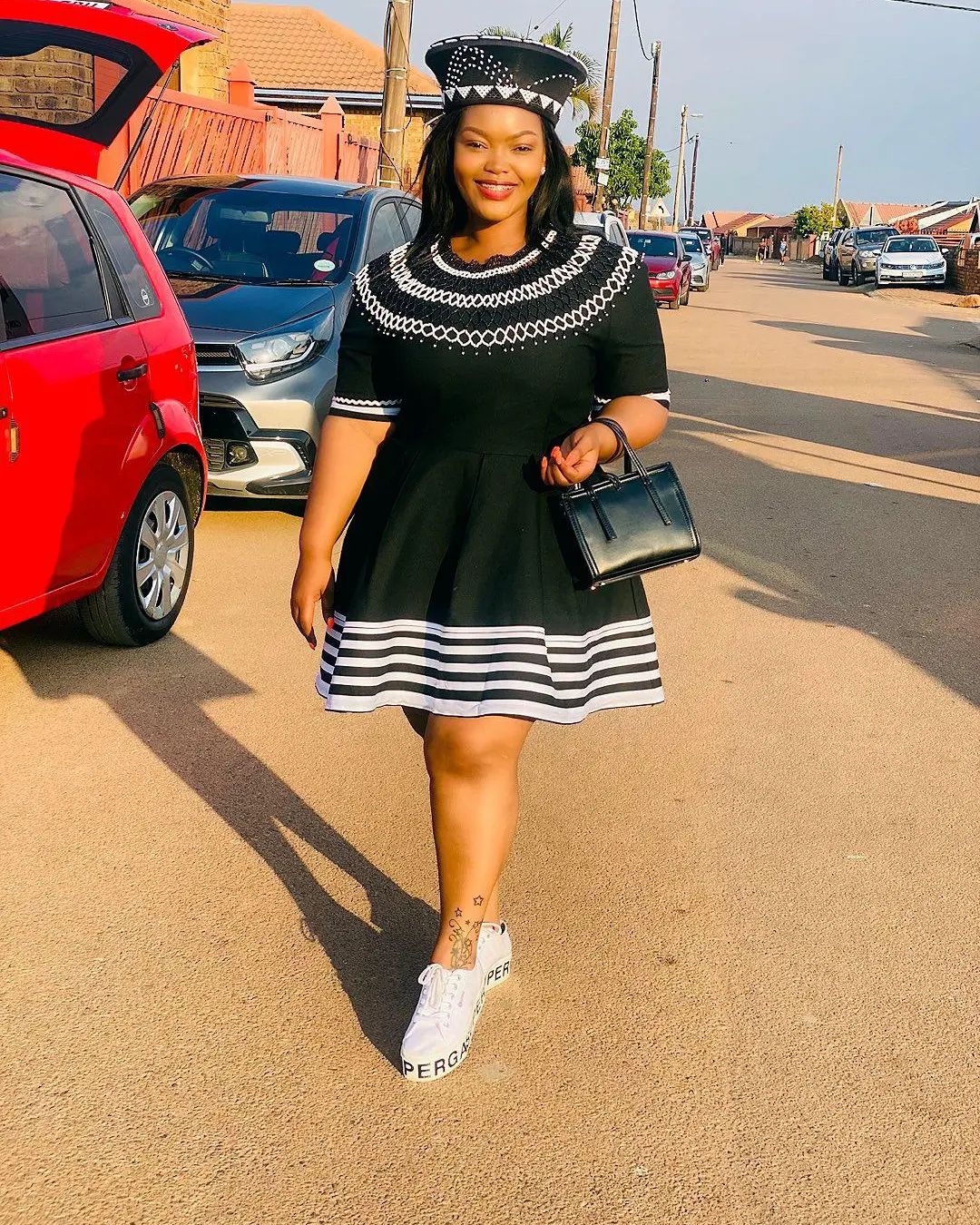
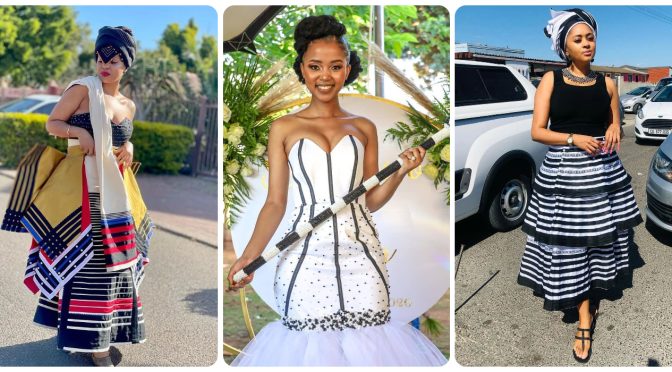
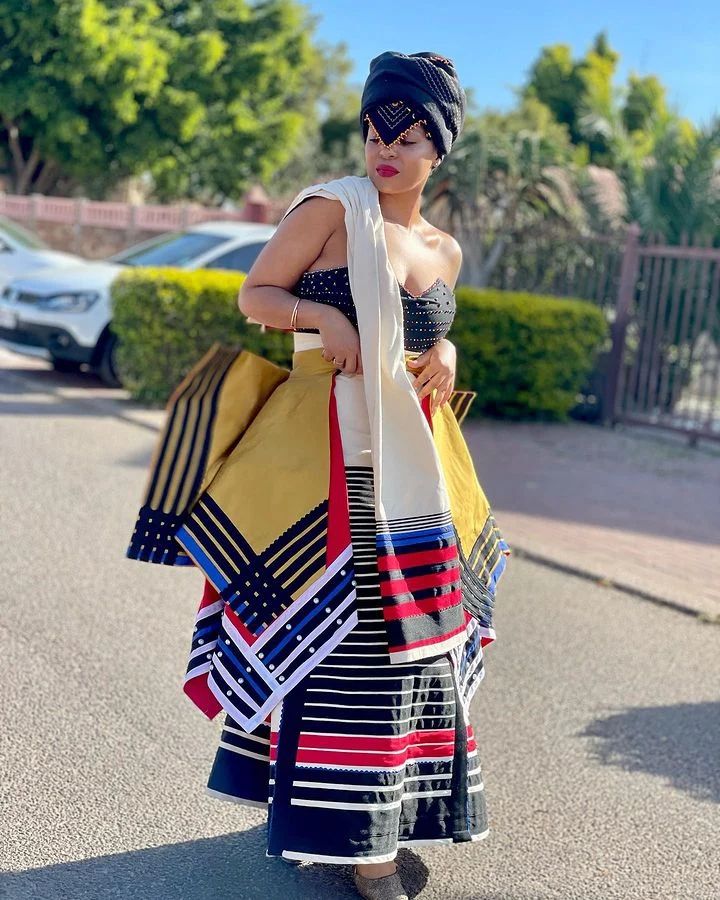
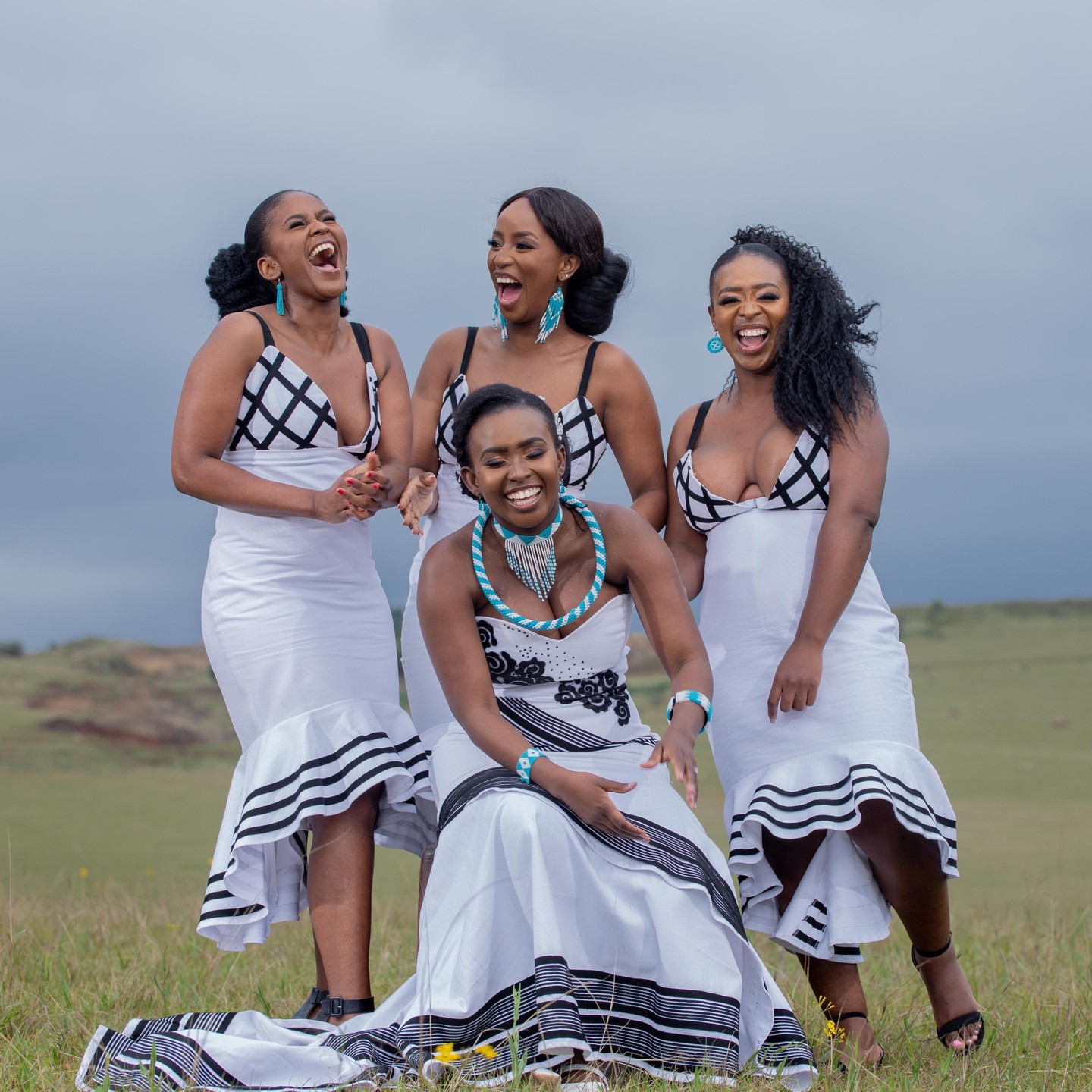 Over the times, Xhosa traditional vesture has evolved and acclimated to reflect changing times and influences. From beast skins and globules to vibrant fabrics and intricate beadwork, the vesture has experienced colorful metamorphoses while still maintaining its artistic significance.
Over the times, Xhosa traditional vesture has evolved and acclimated to reflect changing times and influences. From beast skins and globules to vibrant fabrics and intricate beadwork, the vesture has experienced colorful metamorphoses while still maintaining its artistic significance.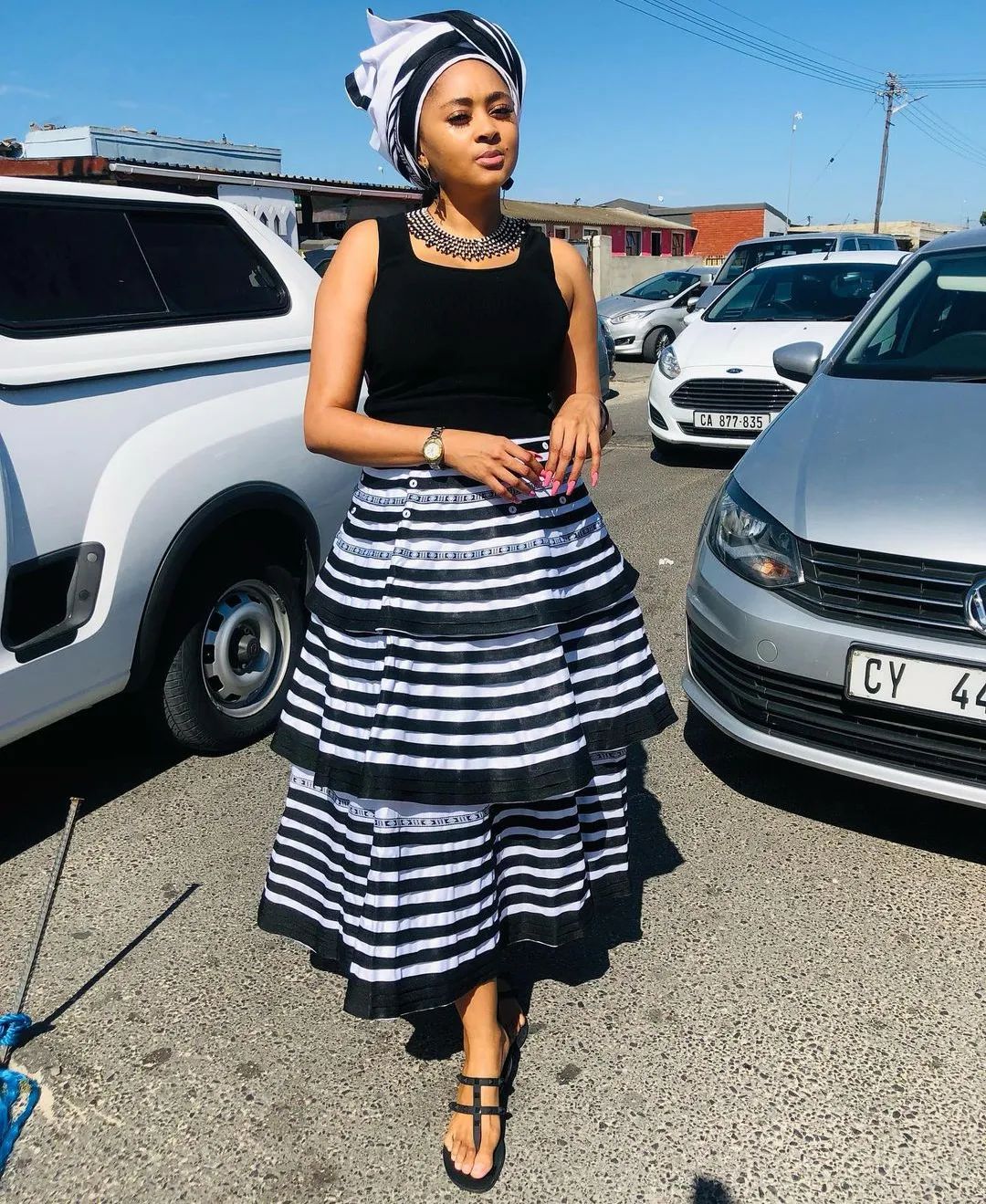 In contemporary fashion, Xhosa traditional vesture has gained fashion ability on runways and in everyday wear and tear. Contrivers are incorporating rudiments of Xhosa culture into their collections, creating a emulsion of traditional and ultramodern styles. This not only pays homage to the rich heritage of the Xhosa people but also celebrates their unique fashion sense.
In contemporary fashion, Xhosa traditional vesture has gained fashion ability on runways and in everyday wear and tear. Contrivers are incorporating rudiments of Xhosa culture into their collections, creating a emulsion of traditional and ultramodern styles. This not only pays homage to the rich heritage of the Xhosa people but also celebrates their unique fashion sense.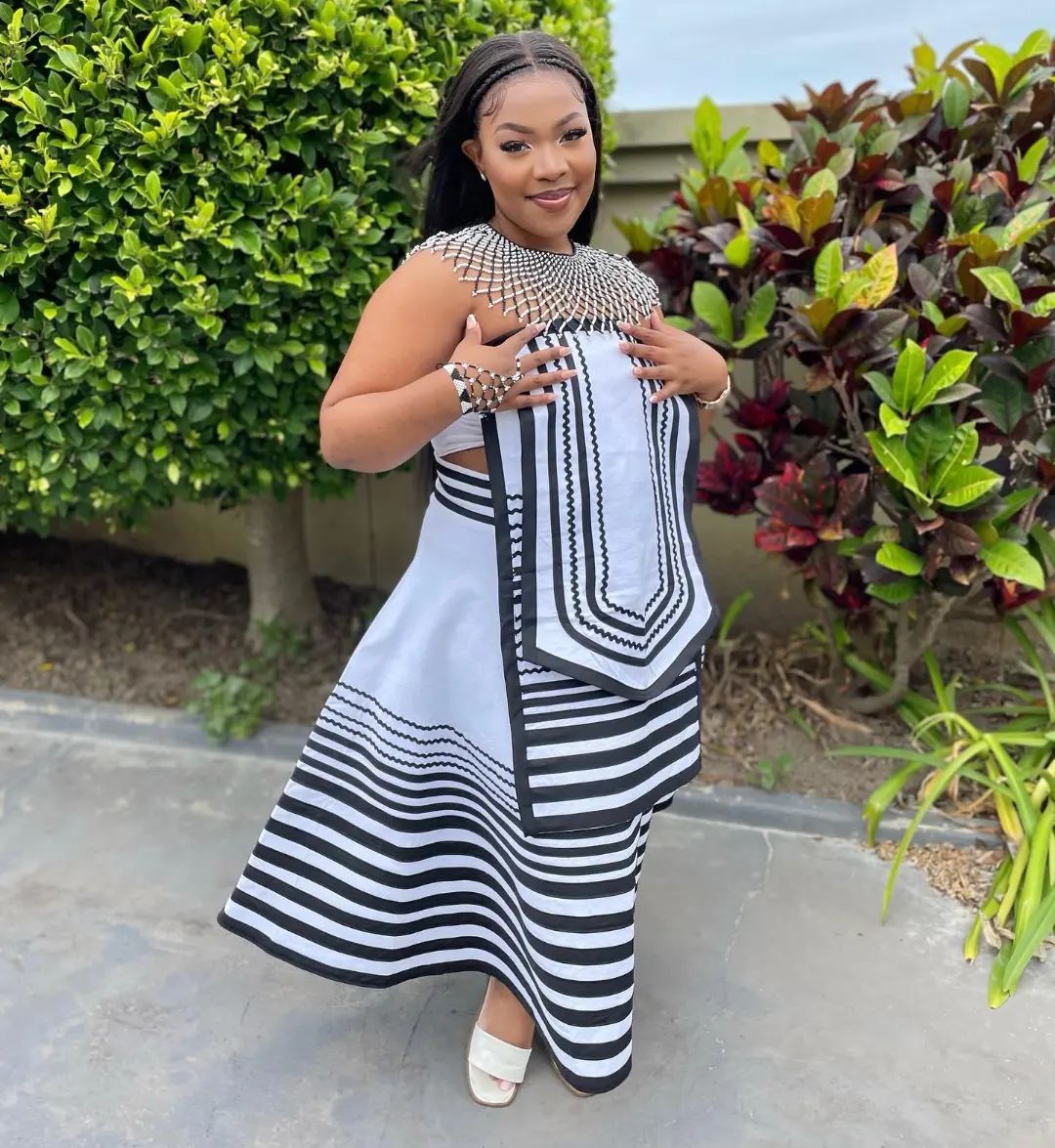 The use of Xhosa traditional vesture in contemporary fashion showcases the creativity and versatility of the apparel. It allows individualities to express their artistic identity while embracing ultramodern trends.
The use of Xhosa traditional vesture in contemporary fashion showcases the creativity and versatility of the apparel. It allows individualities to express their artistic identity while embracing ultramodern trends.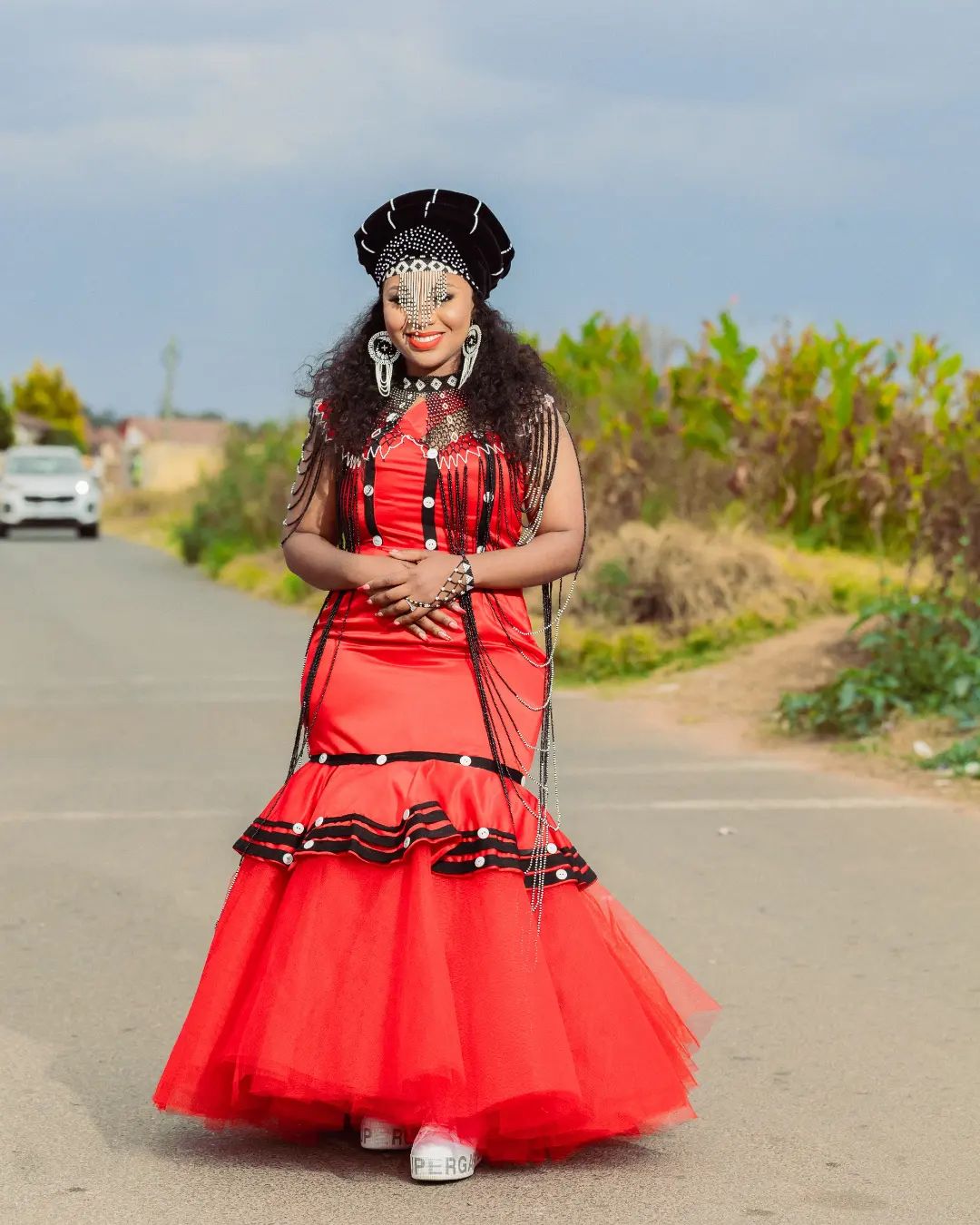
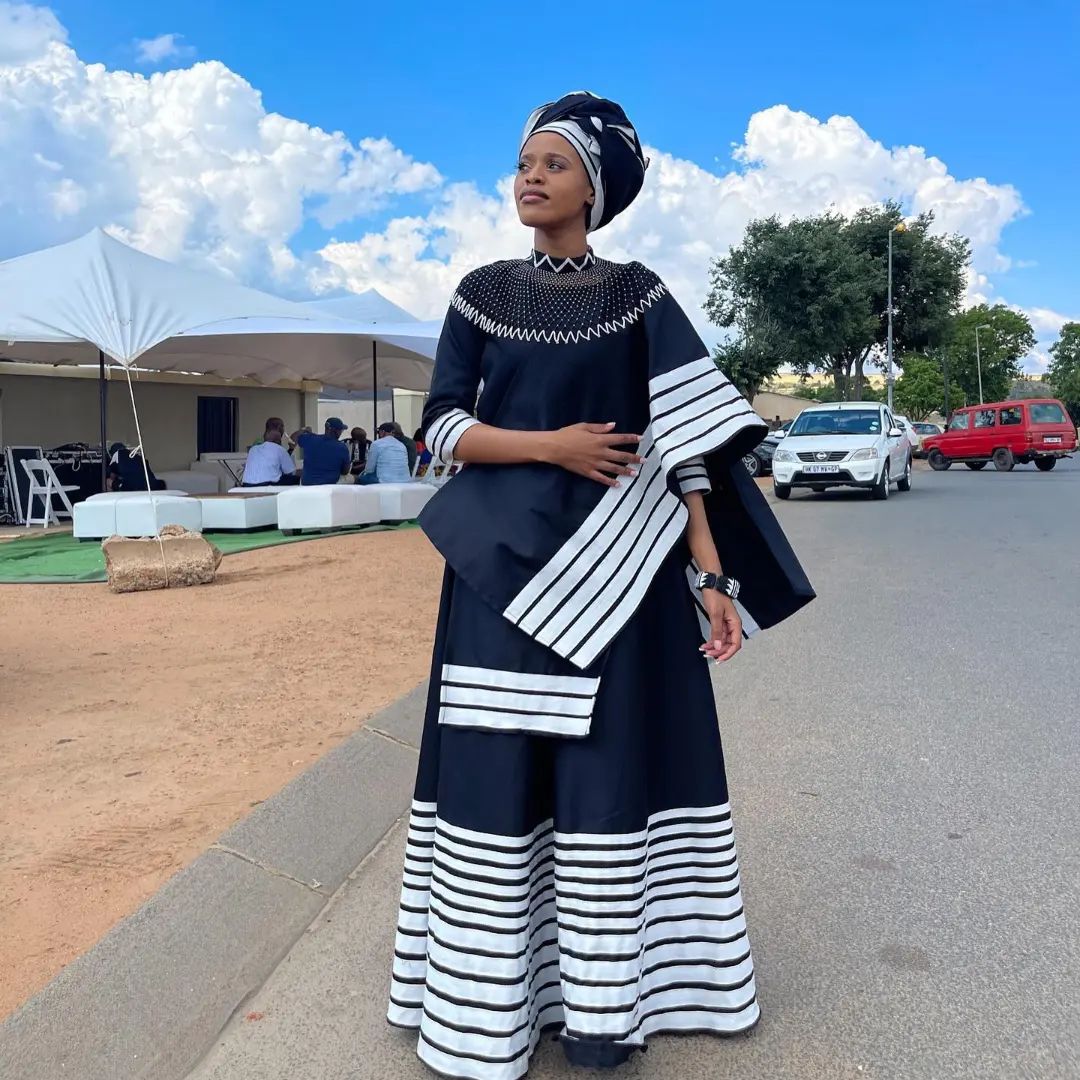 As we look towards the future of fashion, it’s instigative to see how Xhosa’s traditional vesture will continue to evolve and inspire new trends. Its dateless beauty and artistic significance make it a precious asset in the world of fashion, icing that the heritage of the Xhosa people lives on through their distinctive vesture.
As we look towards the future of fashion, it’s instigative to see how Xhosa’s traditional vesture will continue to evolve and inspire new trends. Its dateless beauty and artistic significance make it a precious asset in the world of fashion, icing that the heritage of the Xhosa people lives on through their distinctive vesture.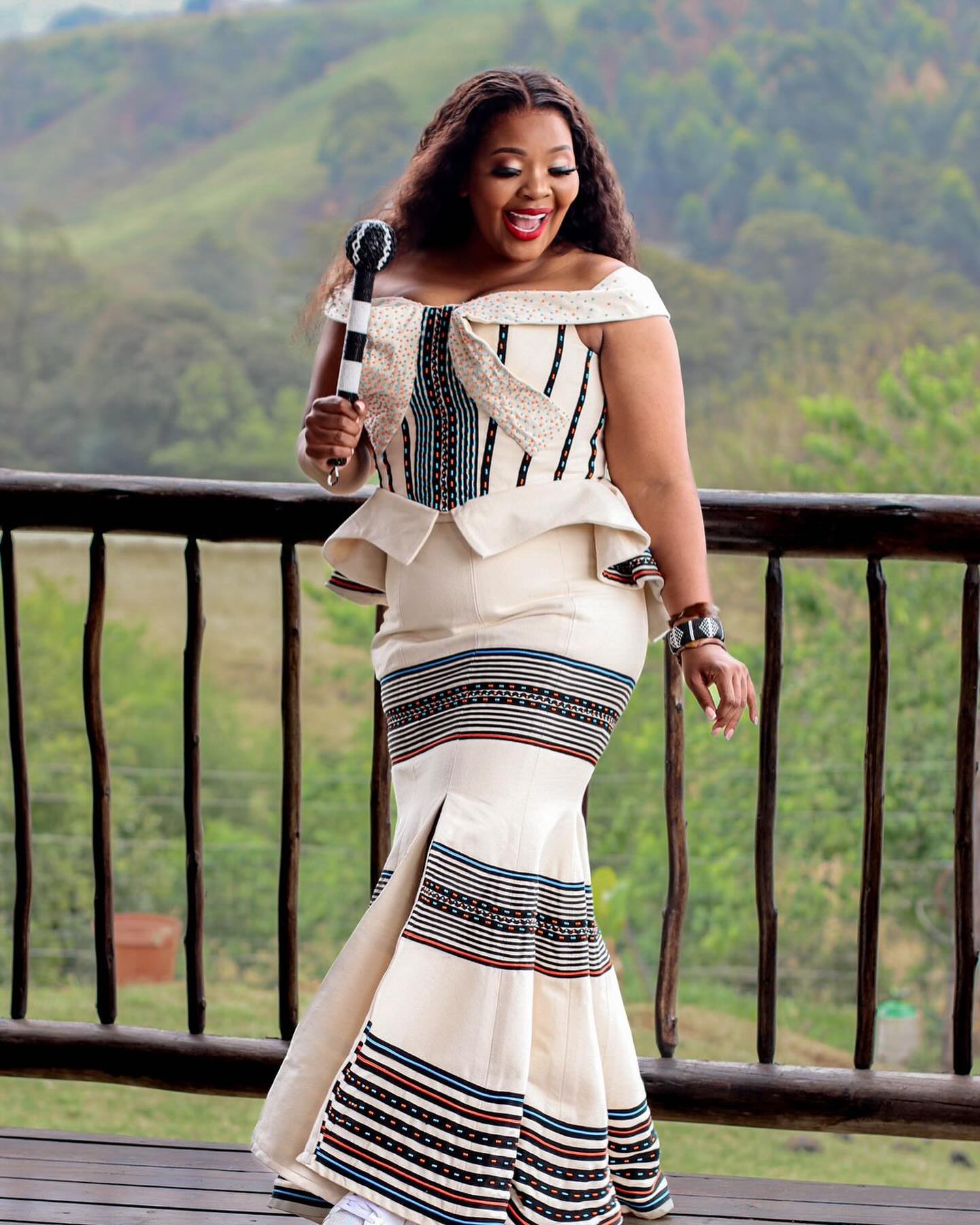
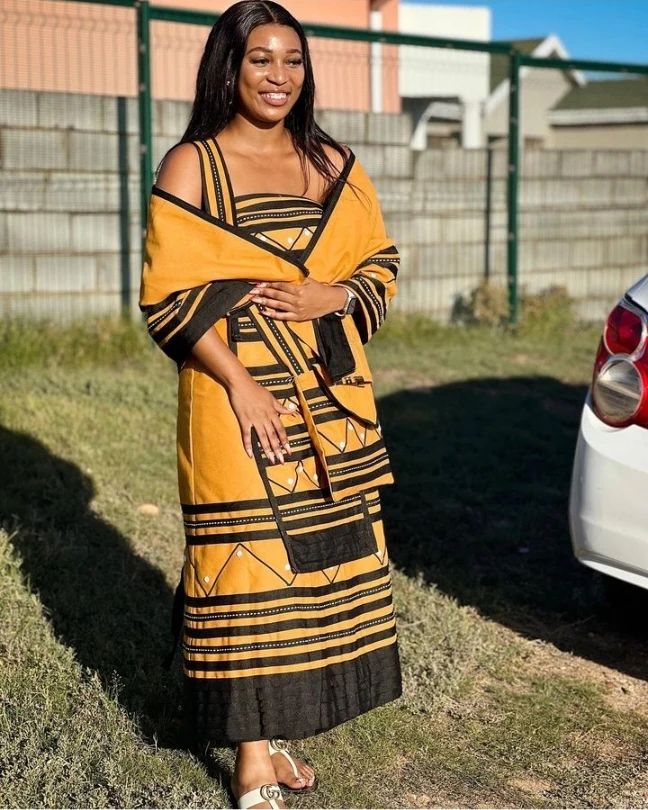 The Xhosa traditional vesture has made its way into the world of contemporary fashion, bringing a unique and vibrant artistic touch to the runways and fashion shows. Contrivers have been incorporating rudiments of Xhosa traditional apparel, similar as the iconic “ umqhele ” headpiece and the various “ isicholo ” chapeau, into their collections.
The Xhosa traditional vesture has made its way into the world of contemporary fashion, bringing a unique and vibrant artistic touch to the runways and fashion shows. Contrivers have been incorporating rudiments of Xhosa traditional apparel, similar as the iconic “ umqhele ” headpiece and the various “ isicholo ” chapeau, into their collections.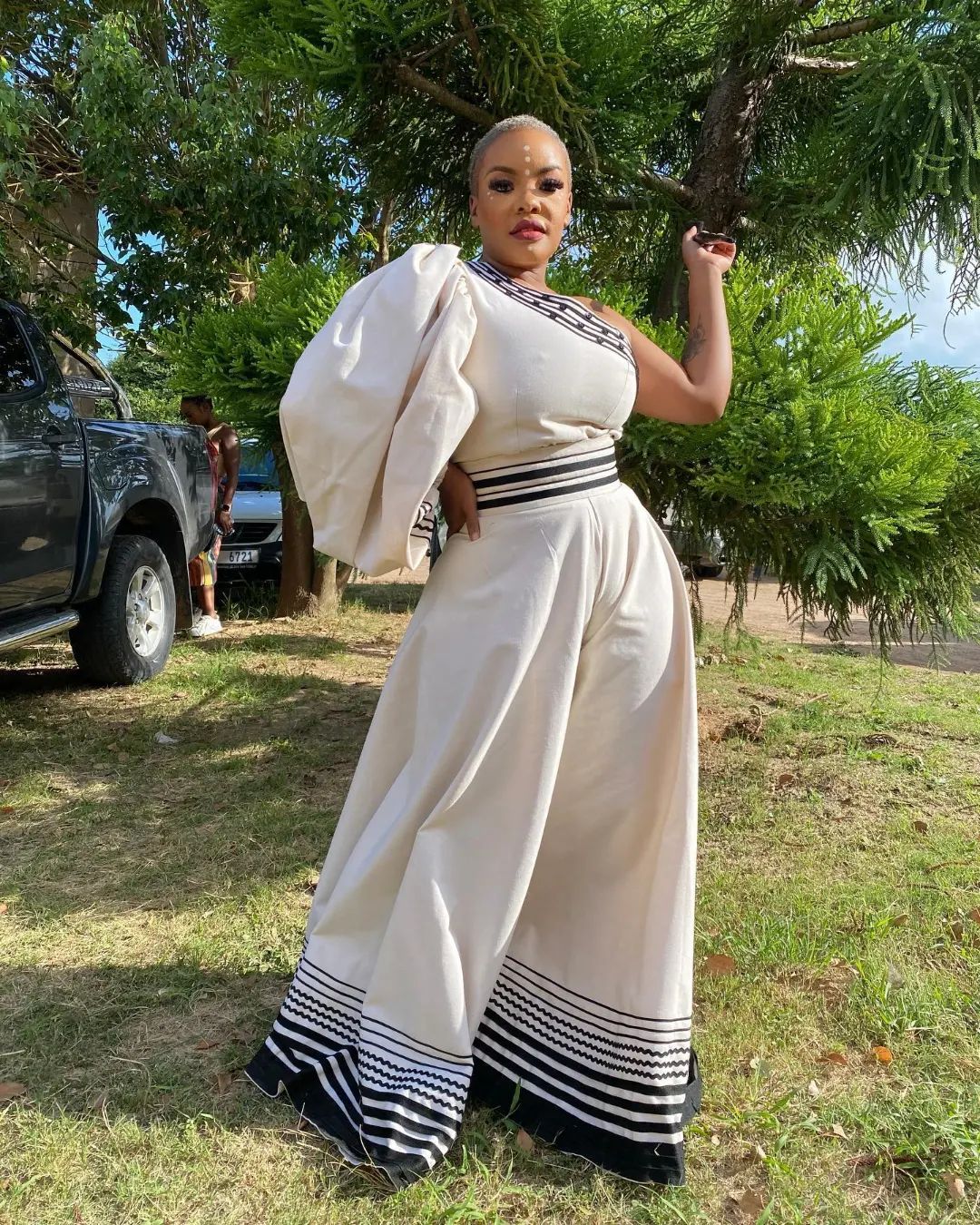
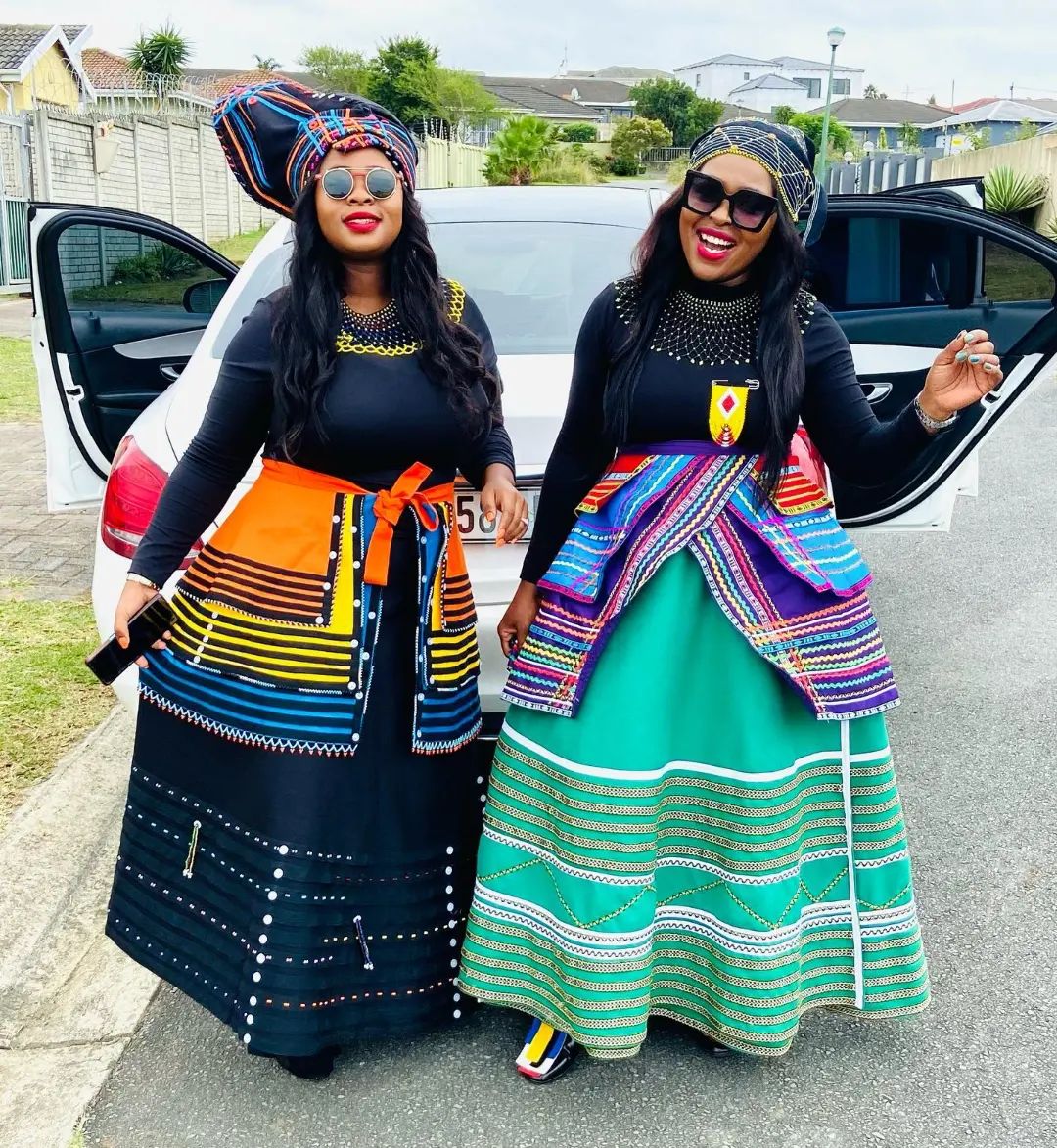 exemplifications of Xhosa traditional vesture incorporated into contemporary fashion
exemplifications of Xhosa traditional vesture incorporated into contemporary fashion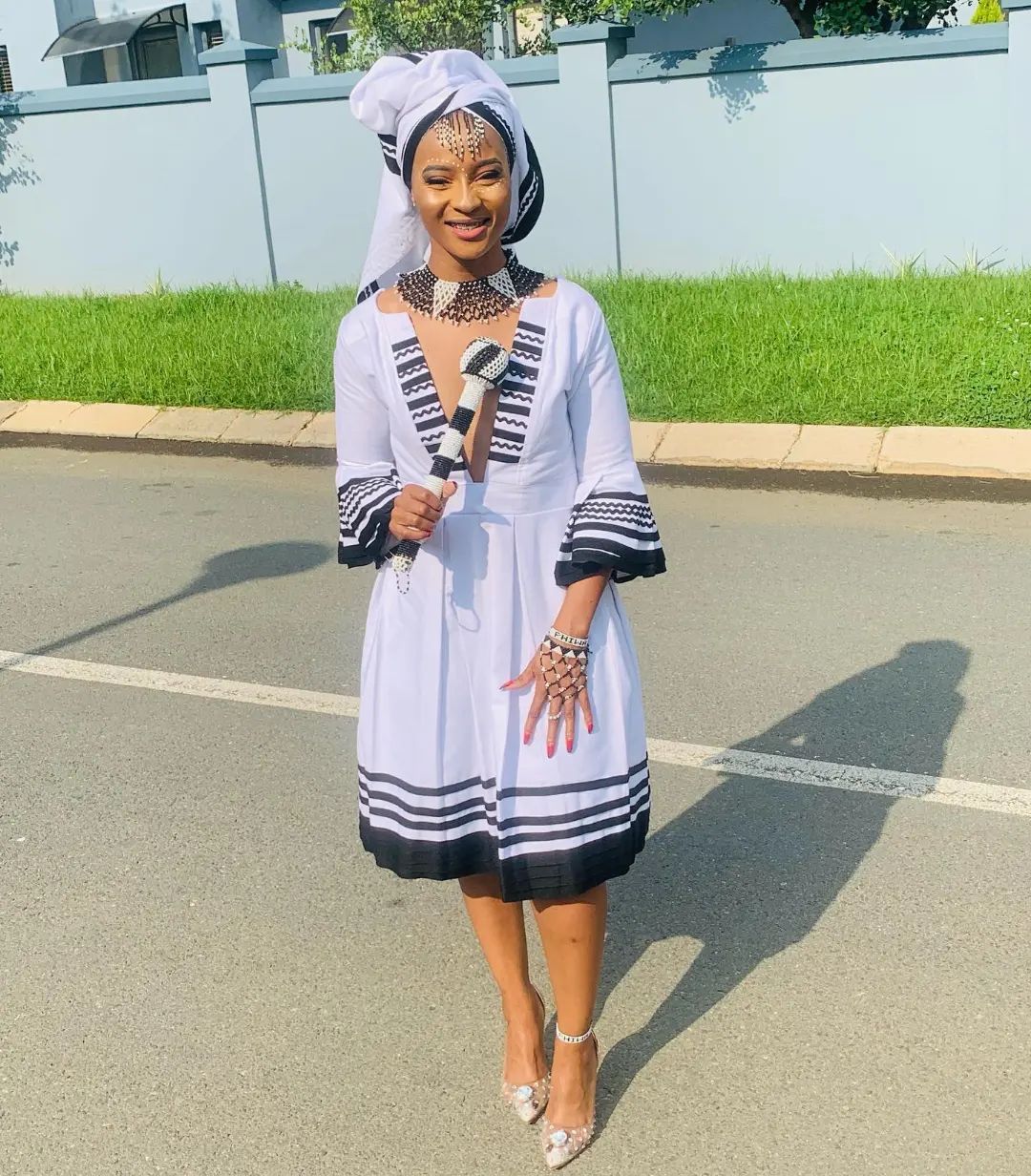
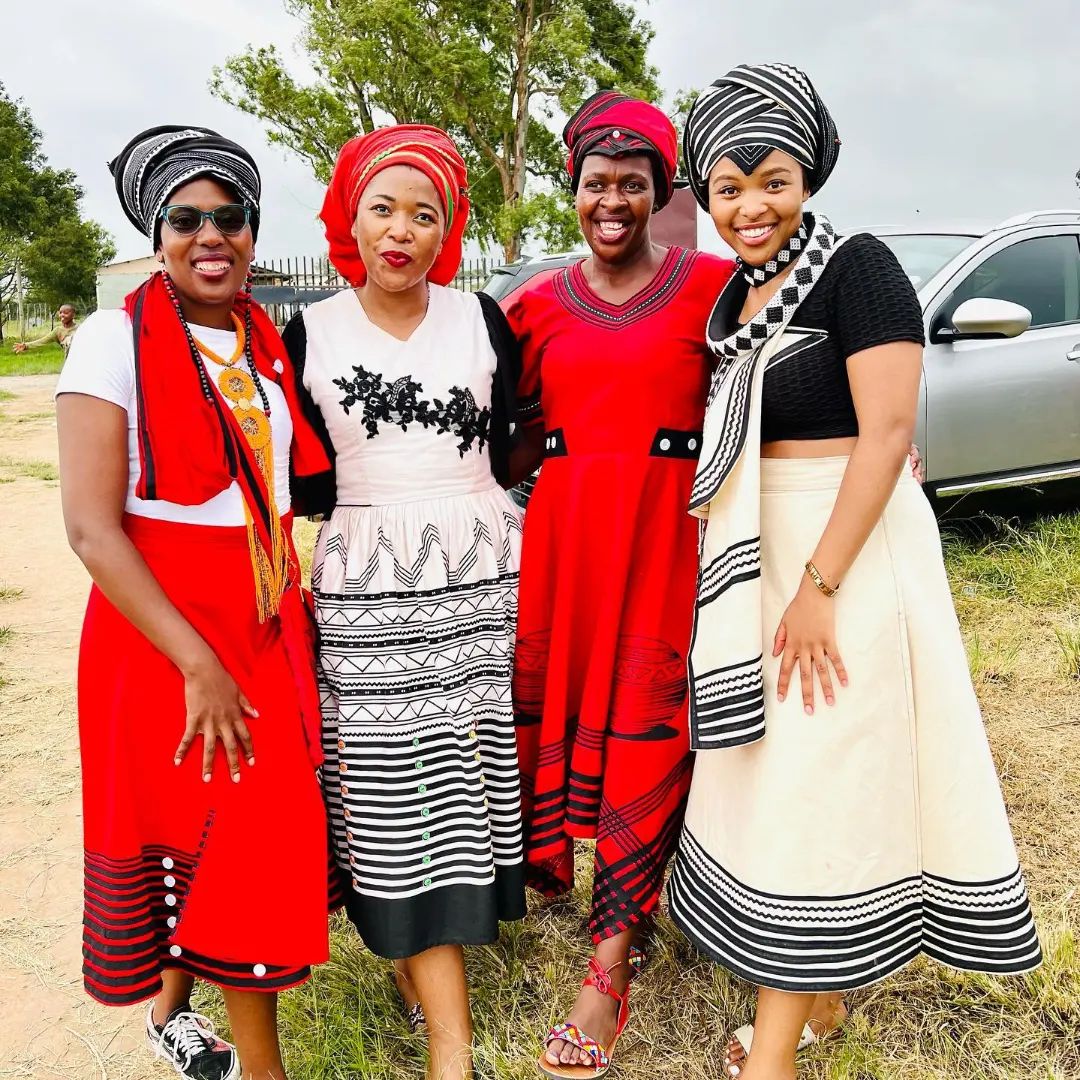 Xhosa- inspired accessories Accessories like rounded chokers, irons, and earrings inspired by Xhosa beadwork have come popular in contemporary fashion.
Xhosa- inspired accessories Accessories like rounded chokers, irons, and earrings inspired by Xhosa beadwork have come popular in contemporary fashion.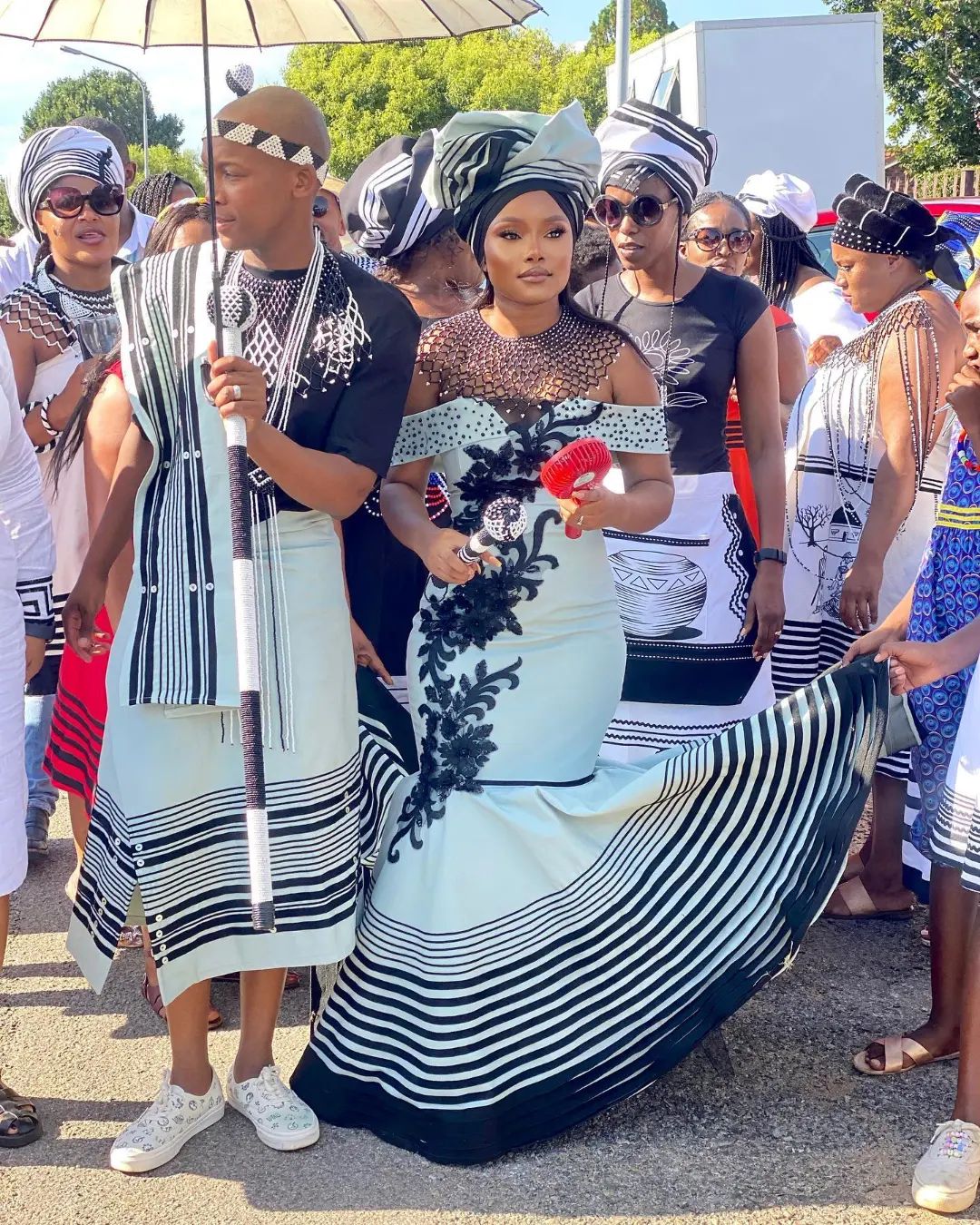
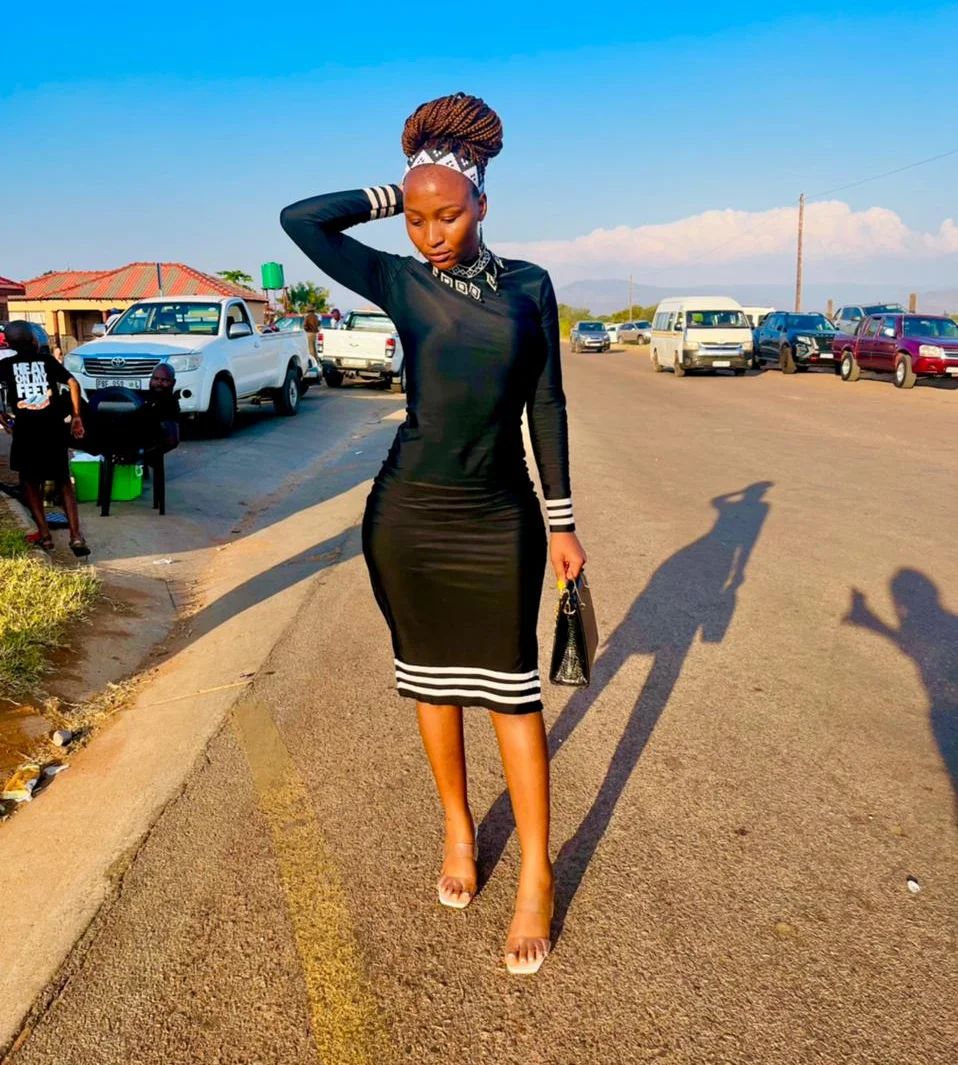 Prints and patterns Xhosa traditional prints and patterns, similar as the distinctive geometric designs set up in “ shweshwe ” fabric, have been incorporated into contemporary fashion. These prints add a vibrant and eye- catching element to apparel, making them stand out on runways and in fashion studies.
Prints and patterns Xhosa traditional prints and patterns, similar as the distinctive geometric designs set up in “ shweshwe ” fabric, have been incorporated into contemporary fashion. These prints add a vibrant and eye- catching element to apparel, making them stand out on runways and in fashion studies.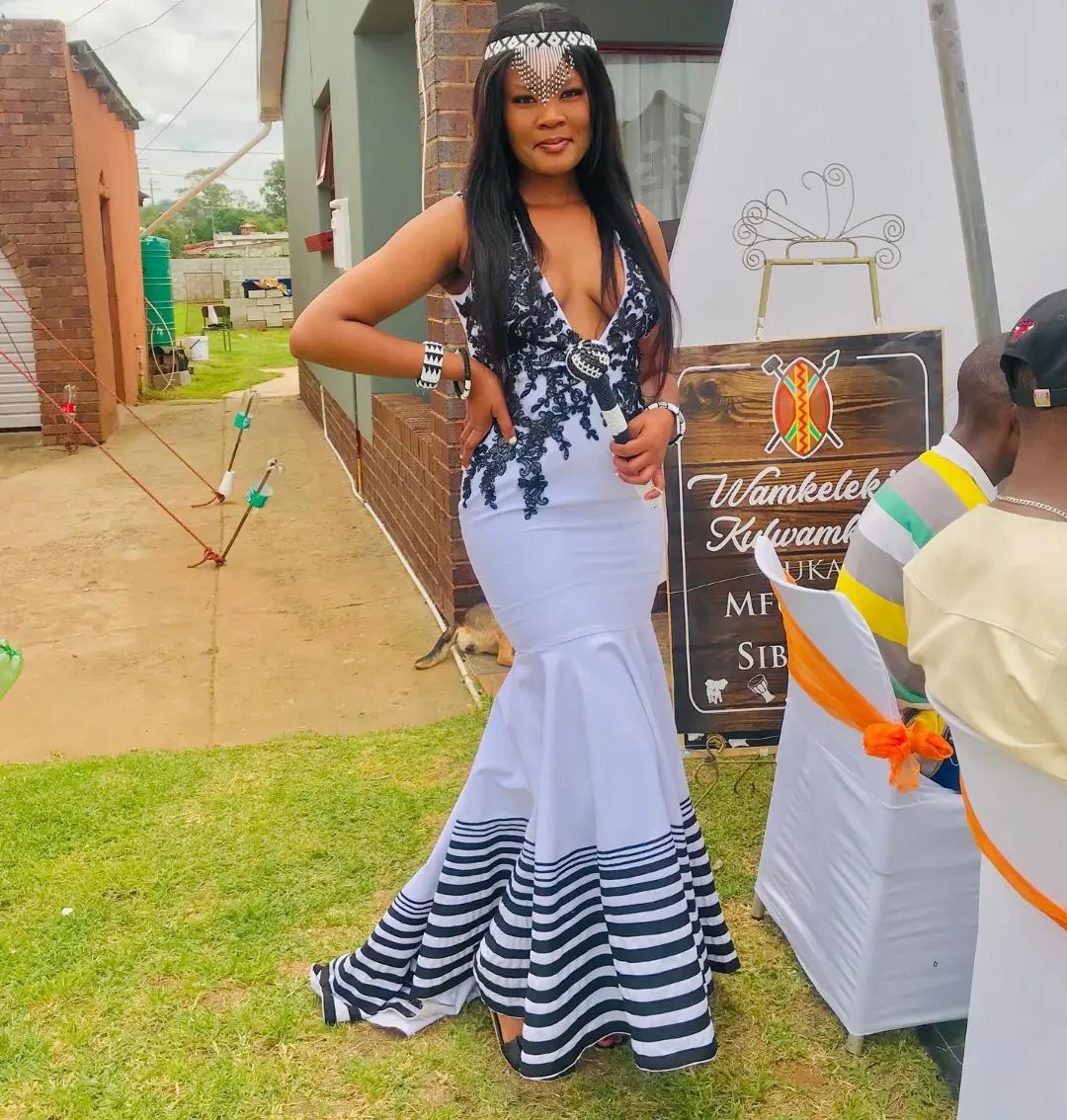 The objectification of Xhosa traditional vesture into contemporary fashion not only pays homage to the rich artistic heritage but also promotes diversity in the assiduity.
The objectification of Xhosa traditional vesture into contemporary fashion not only pays homage to the rich artistic heritage but also promotes diversity in the assiduity.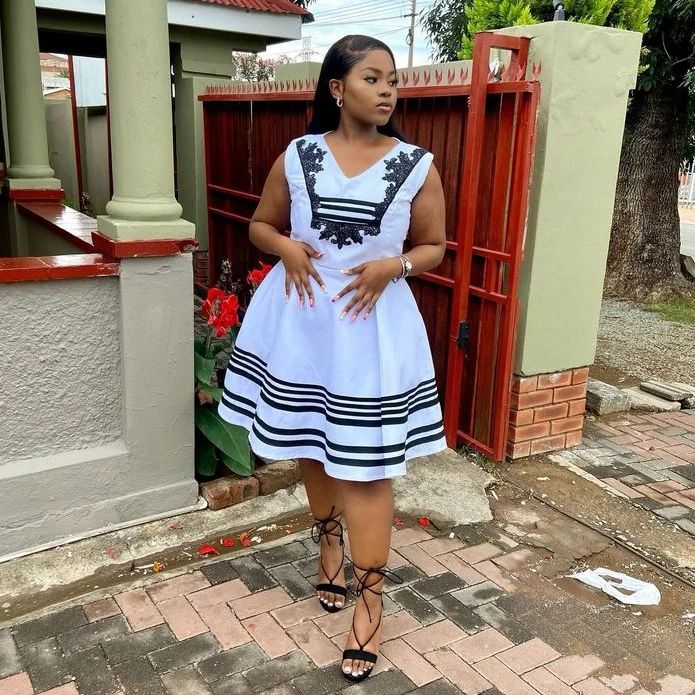
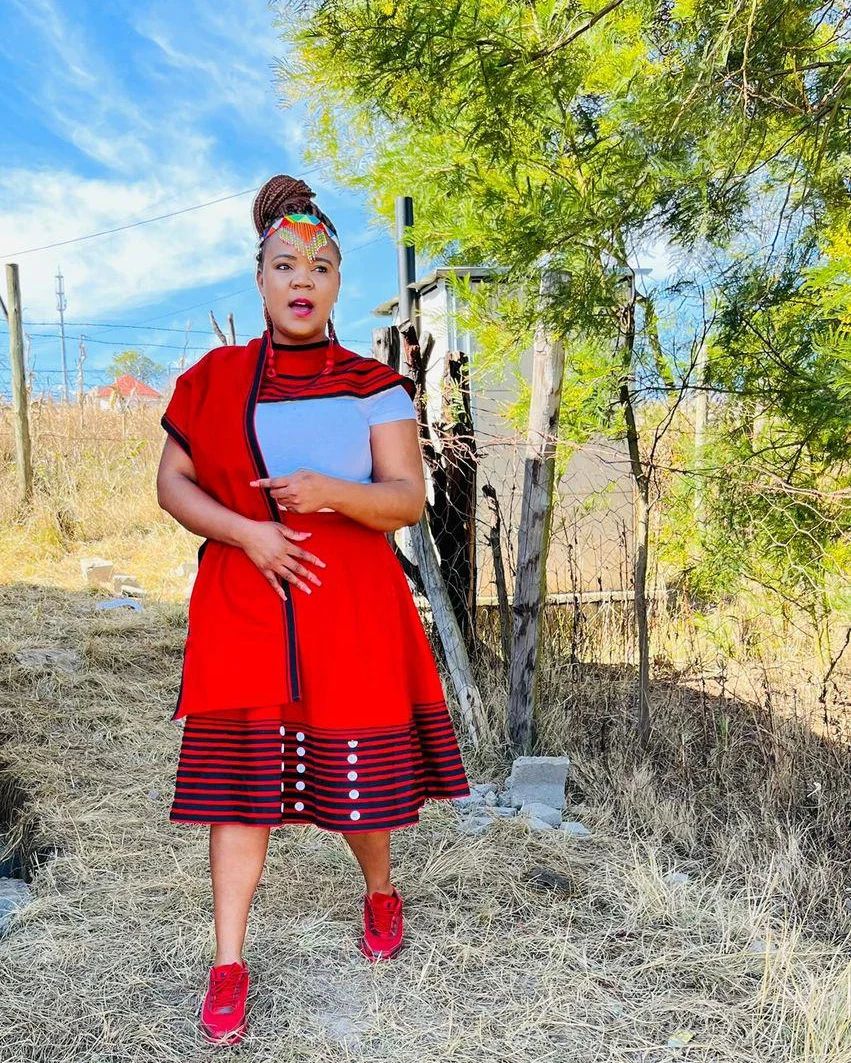 Influential Xhosa Contrivers and Brands
Influential Xhosa Contrivers and Brands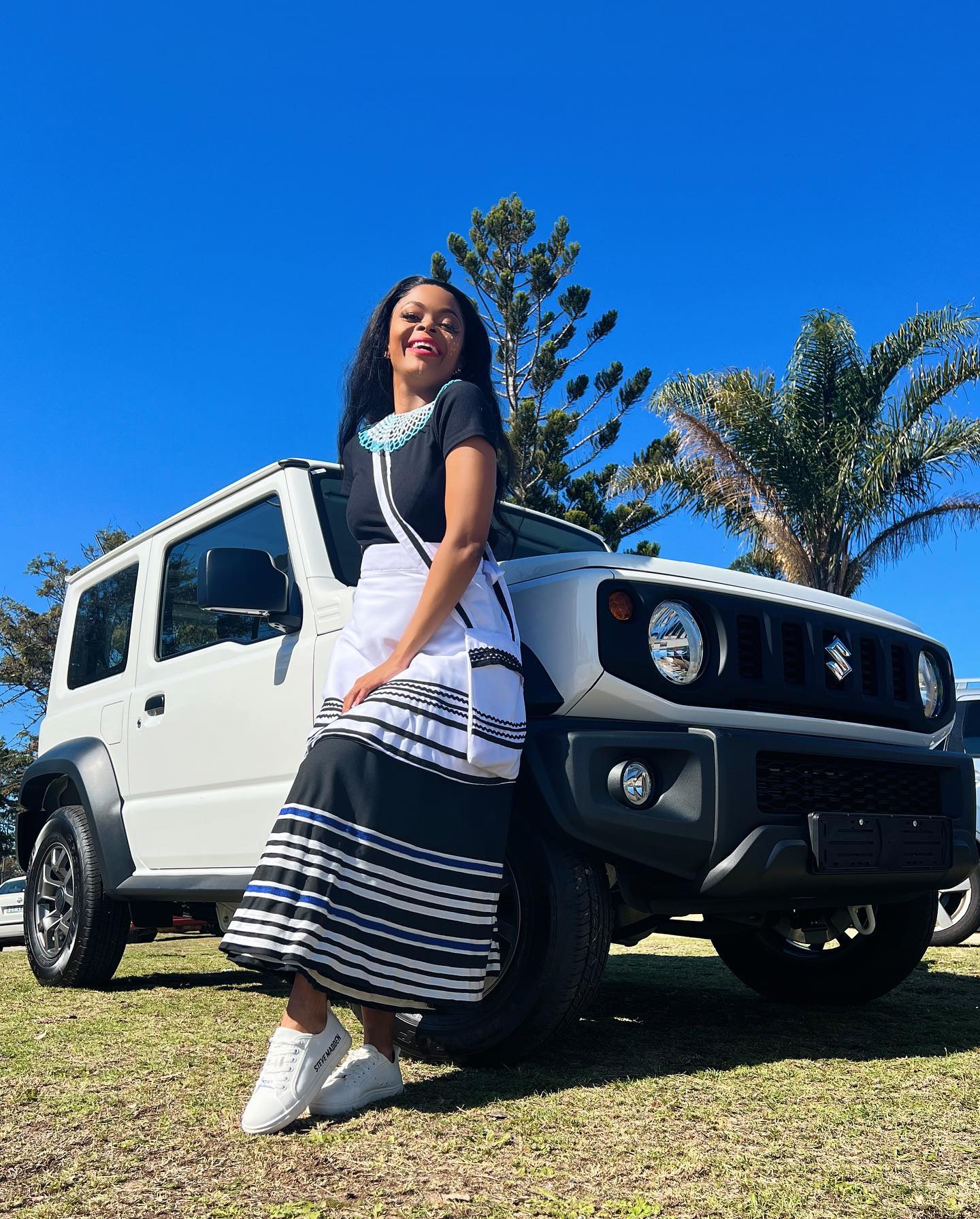 The Xhosa traditional vesture has gained significant recognition in contemporary fashion, thanks to the sweats of influential Xhosa contrivers and brands. These individualities and companies have played a pivotal part in promoting and conserving the artistic heritage of the Xhosa people through their innovative designs.
The Xhosa traditional vesture has gained significant recognition in contemporary fashion, thanks to the sweats of influential Xhosa contrivers and brands. These individualities and companies have played a pivotal part in promoting and conserving the artistic heritage of the Xhosa people through their innovative designs.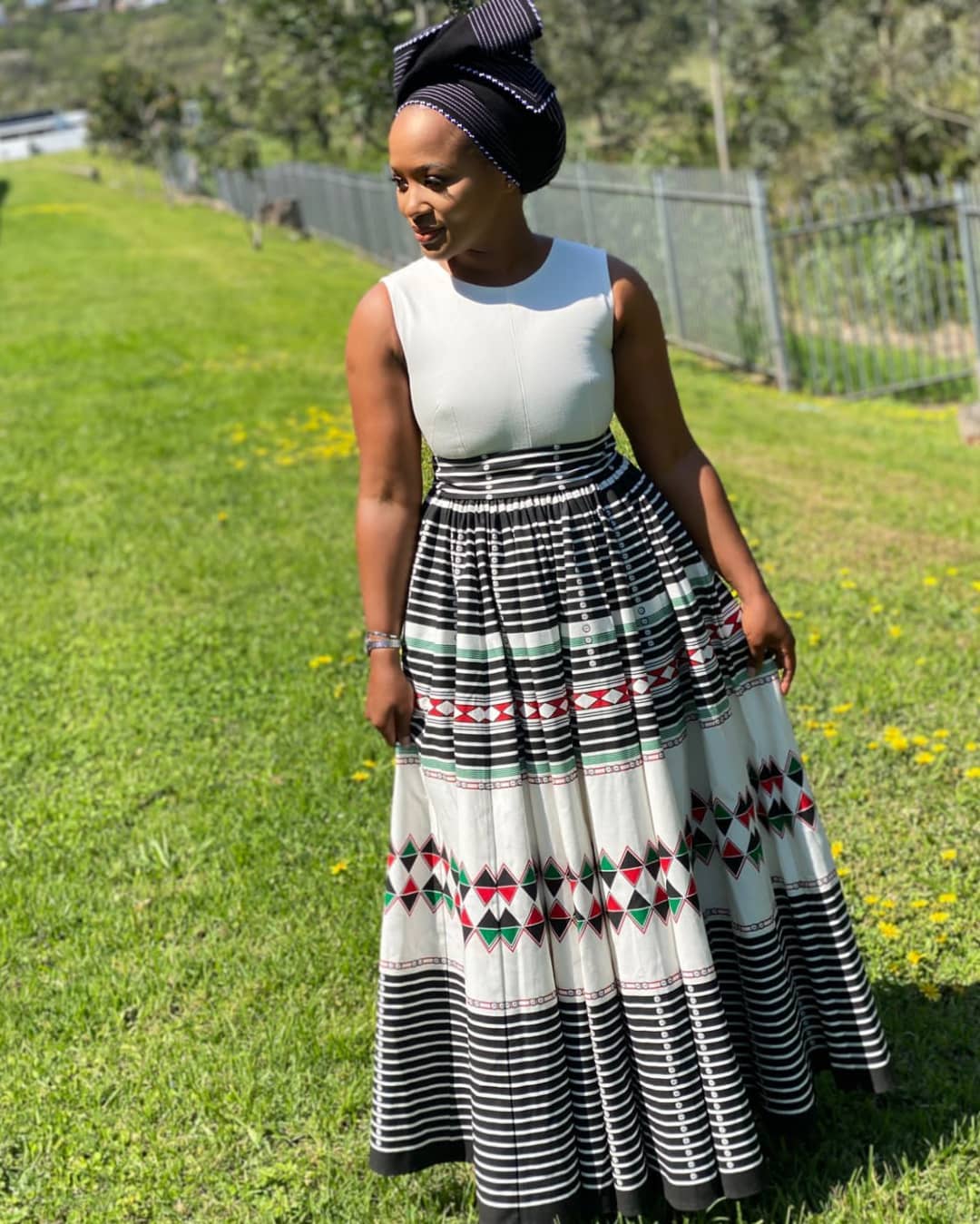 One similar developer is Laduma Ngxokolo, the author of MaXhosa Africa. Ngxokolo’s brand has gained transnational sun for its ultramodern interpretations of traditional Xhosa patterns and colors. His designs have been worn by celebrities and showcased on prestigious runways worldwide.
One similar developer is Laduma Ngxokolo, the author of MaXhosa Africa. Ngxokolo’s brand has gained transnational sun for its ultramodern interpretations of traditional Xhosa patterns and colors. His designs have been worn by celebrities and showcased on prestigious runways worldwide.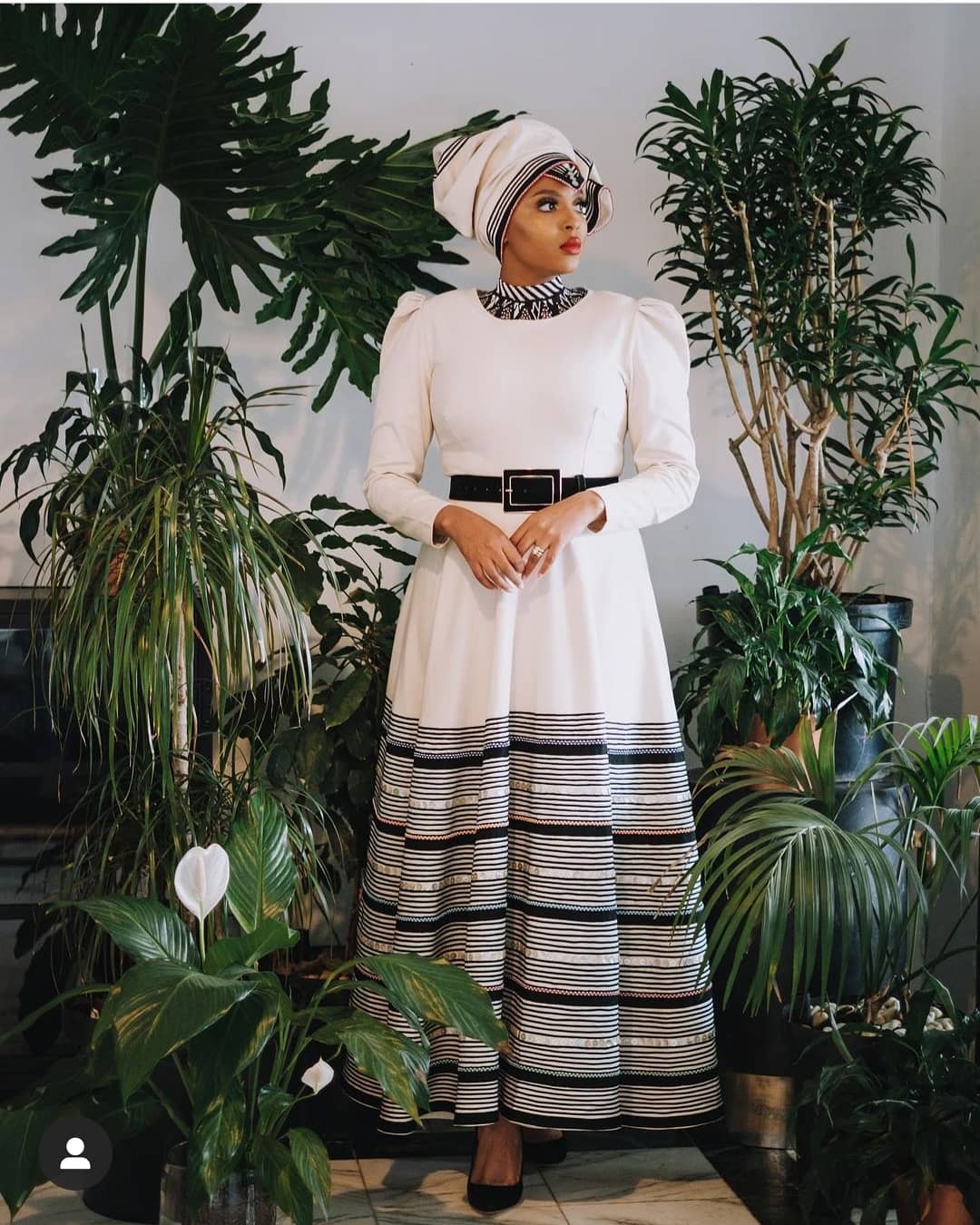 Another notable brand is Imprint ZA, innovated by Mzukisi Mbane. Imprint ZA merges traditional Xhosa aesthetics with contemporary streetwear, creating unique and fashionable pieces that celebrate Xhosa culture. Mbane’s designs have been featured in multitudinous fashion shows and magazines, further elevating the visibility of Xhosa traditional vesture.
Another notable brand is Imprint ZA, innovated by Mzukisi Mbane. Imprint ZA merges traditional Xhosa aesthetics with contemporary streetwear, creating unique and fashionable pieces that celebrate Xhosa culture. Mbane’s designs have been featured in multitudinous fashion shows and magazines, further elevating the visibility of Xhosa traditional vesture.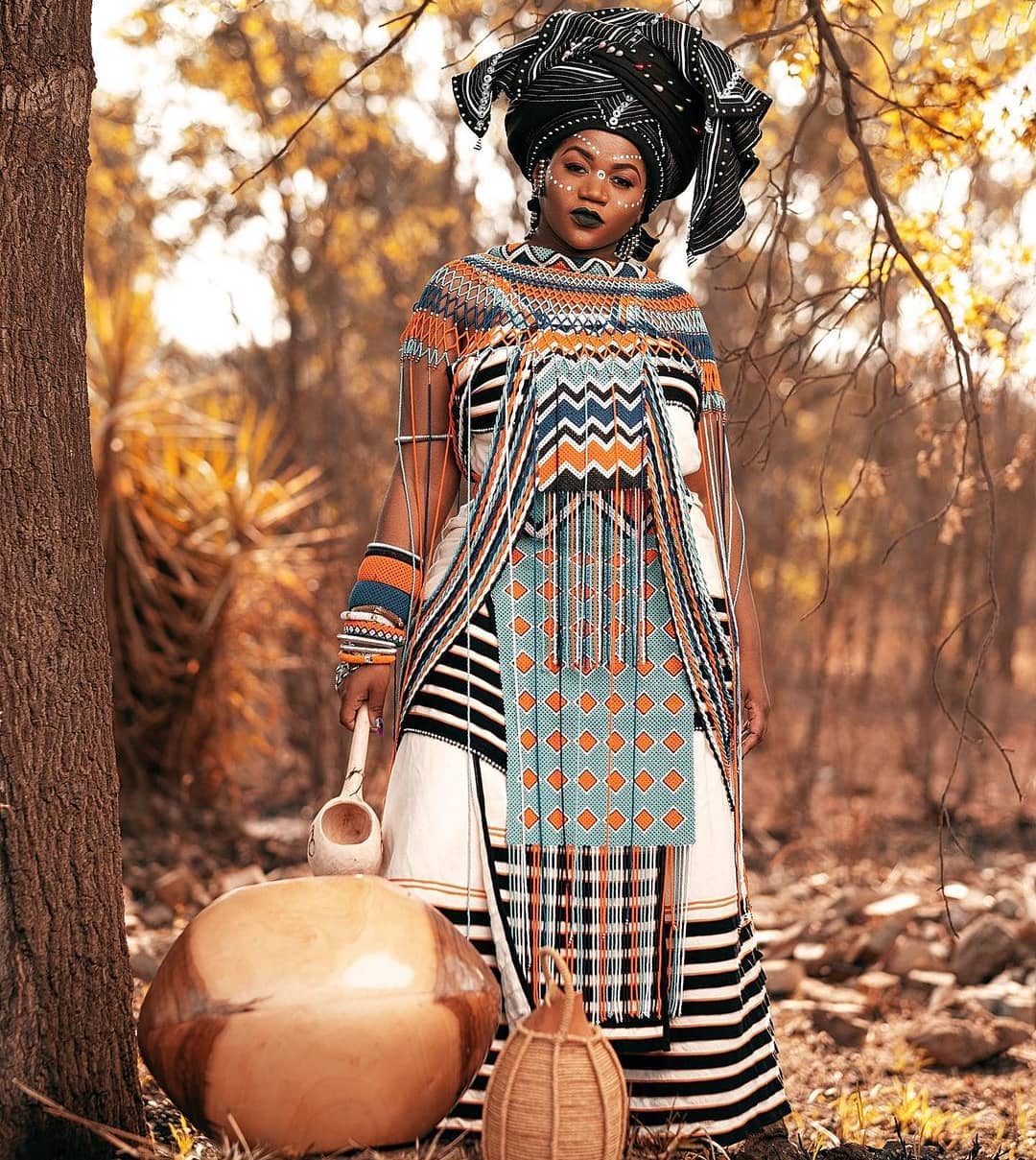 also, contrivers like Thabo Makhetha and Vukile Batyi have also made significant benefactions to promoting Xhosa traditional vesture in contemporary fashion. Thabo Makhetha is known for her hand Basotho mask- inspired designs, while Vukile Batyi incorporates traditional Xhosa beadwork into his ultramodern apparel creations.
also, contrivers like Thabo Makhetha and Vukile Batyi have also made significant benefactions to promoting Xhosa traditional vesture in contemporary fashion. Thabo Makhetha is known for her hand Basotho mask- inspired designs, while Vukile Batyi incorporates traditional Xhosa beadwork into his ultramodern apparel creations.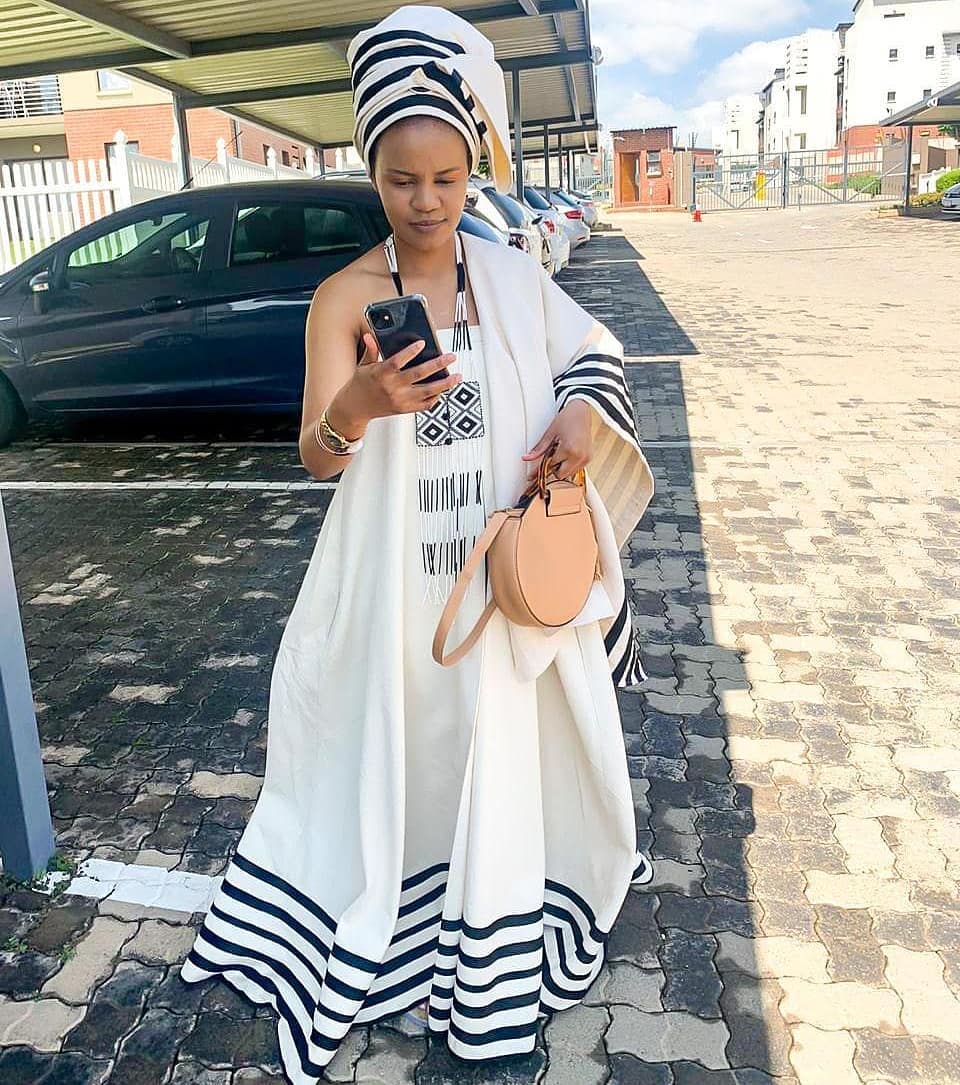 These contrivers and brands aren’t only showcasing the beauty of Xhosa traditional vesture but also grueling conceptions and promoting artistic diversity in the fashion assiduity. Their work serves as an alleviation for unborn generations to embrace their heritage while embracing ultramodern fashion trends.
These contrivers and brands aren’t only showcasing the beauty of Xhosa traditional vesture but also grueling conceptions and promoting artistic diversity in the fashion assiduity. Their work serves as an alleviation for unborn generations to embrace their heritage while embracing ultramodern fashion trends.